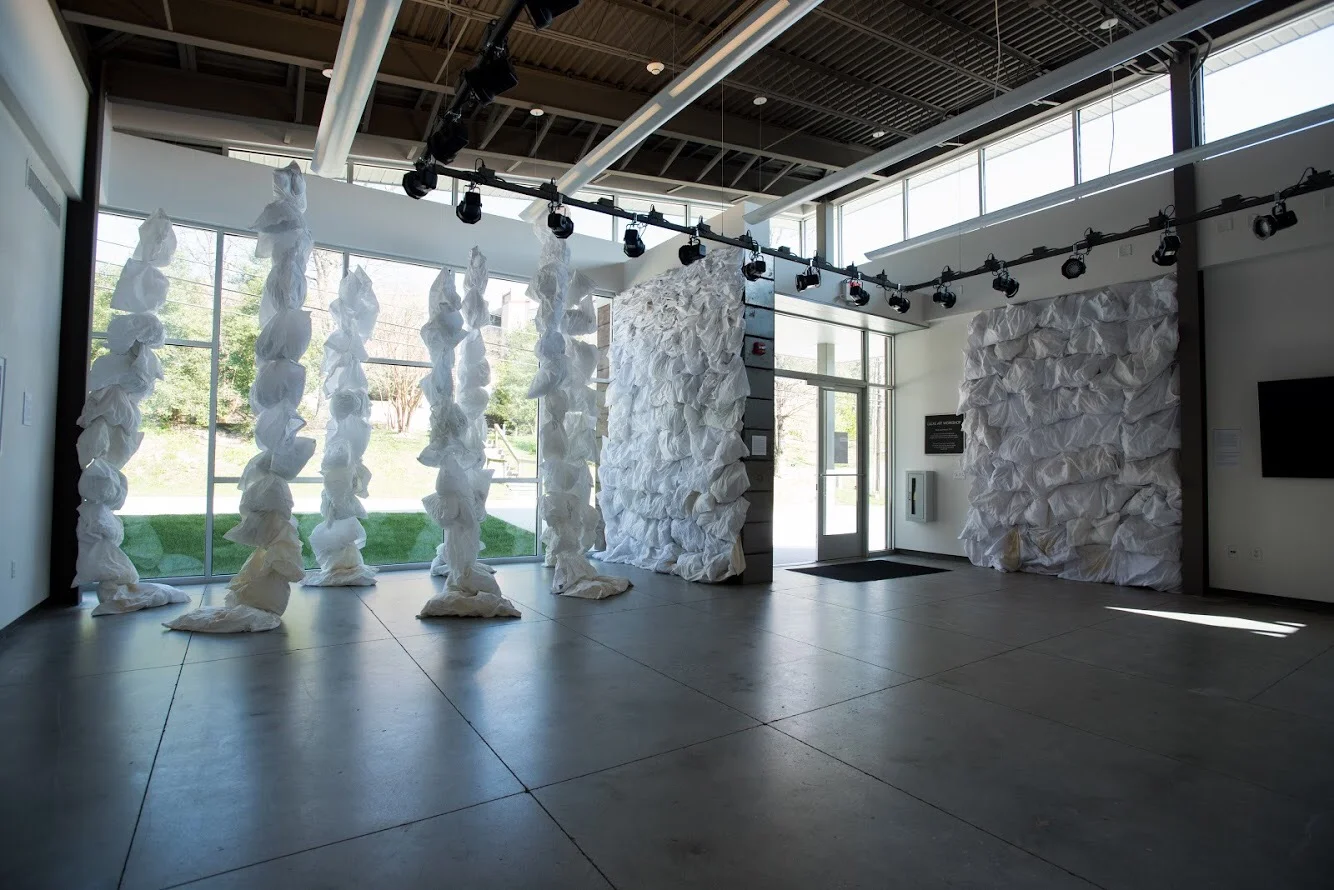INSTALLATION

















Metronome
Silk Habotai, Fans
We breathe as a measure of time, it keeps us alive, and fabricates the pattern of our lives. We are punctuated by “snarls,” “glitches,” or moments of irregularity – of trying to catch one's breath, having it taken away, or gasping for it. It is the punctuation of sighs, huffs, sniffs, scoffs, screams, and deep intakes that appear as glitches in the breathing system.
In our daily rhythm of breathing, the presence of the glitch, defined as potentiality, can create space for something unexpected or new to arise. Using the wind from fans and approximately 2,544 square feet of silk, this thesis explores the seen and unseen landscape in regards to different types of breath.
Photos by Abigail Grey, see more of her work here
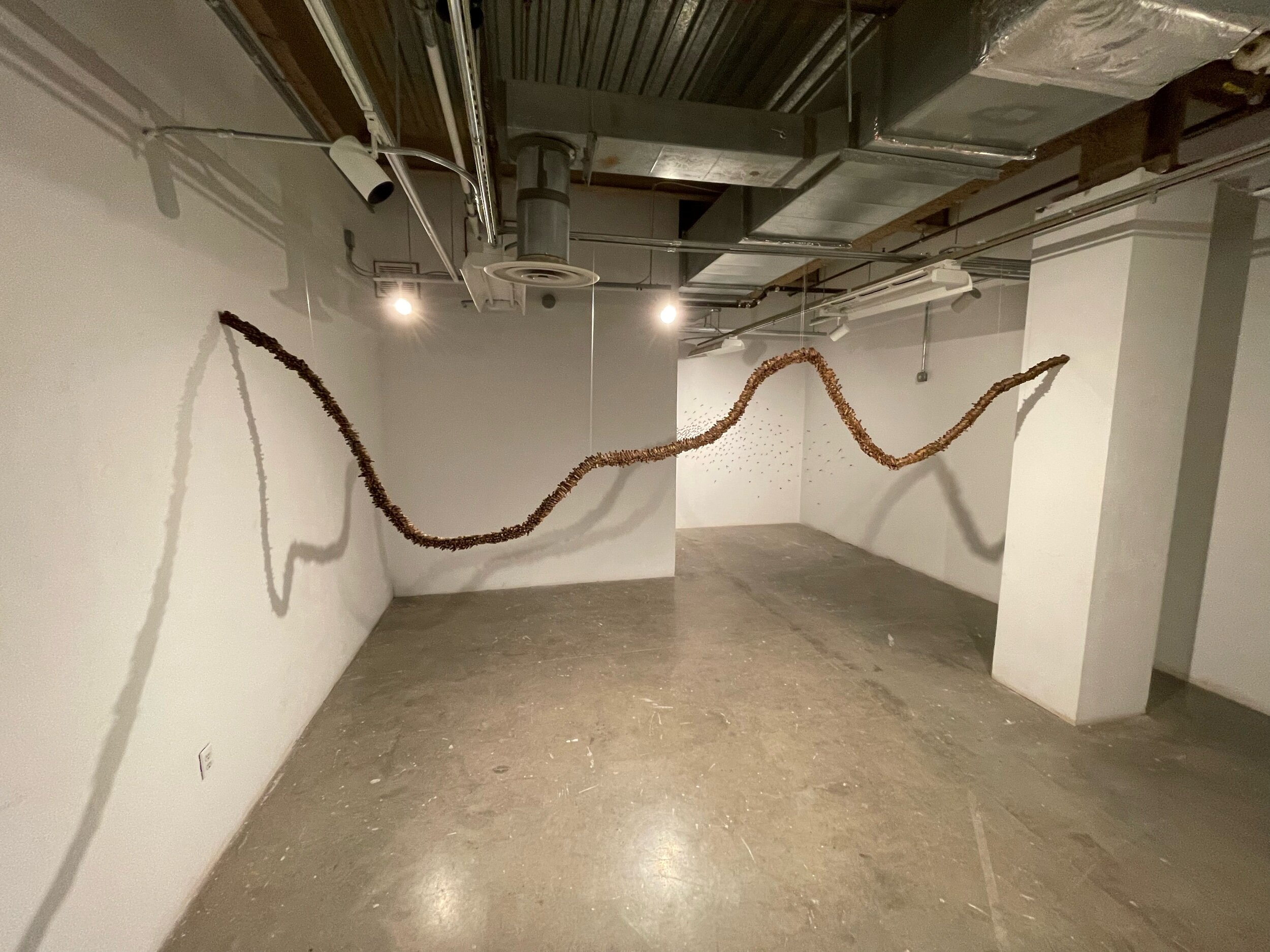
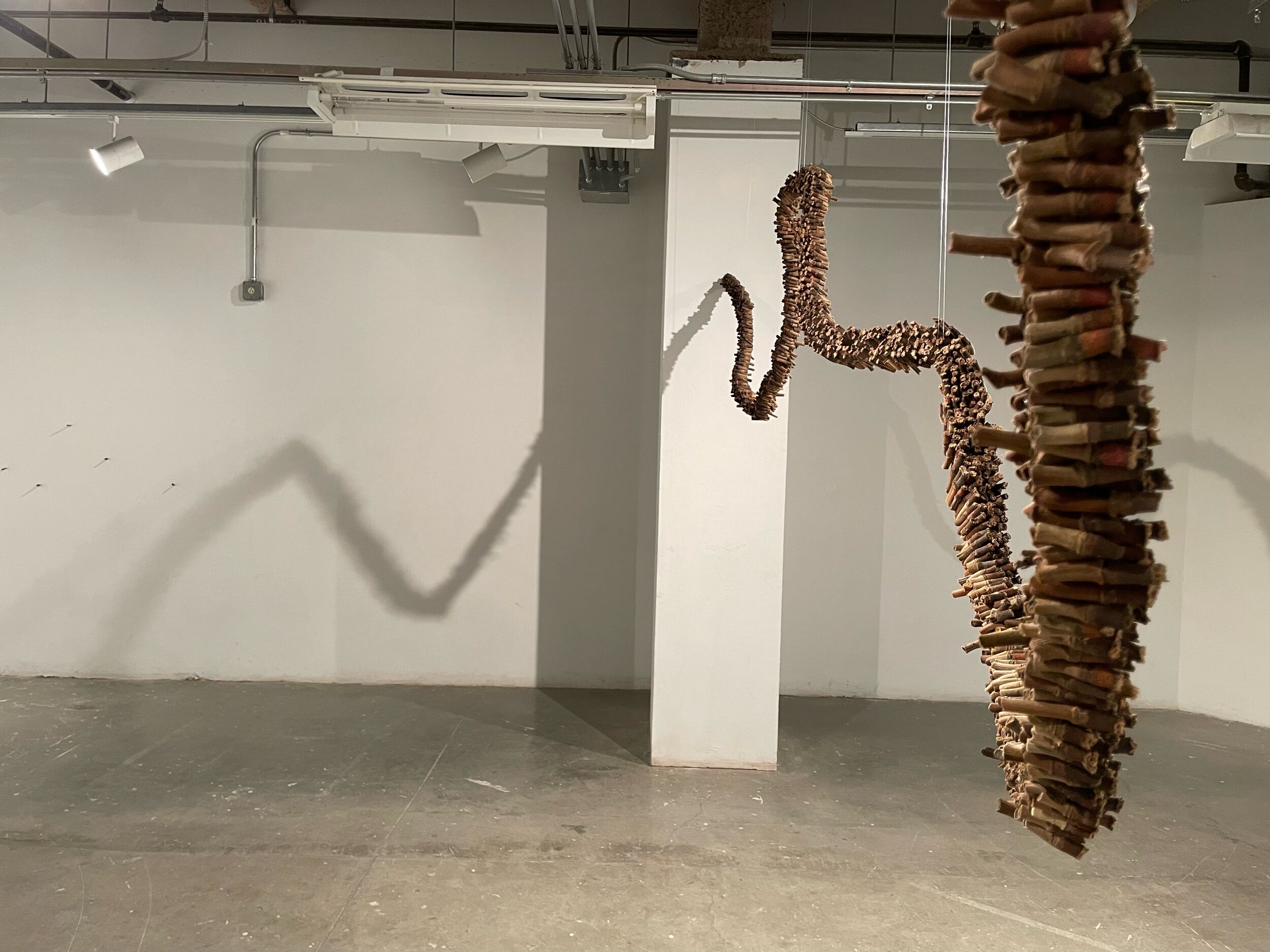
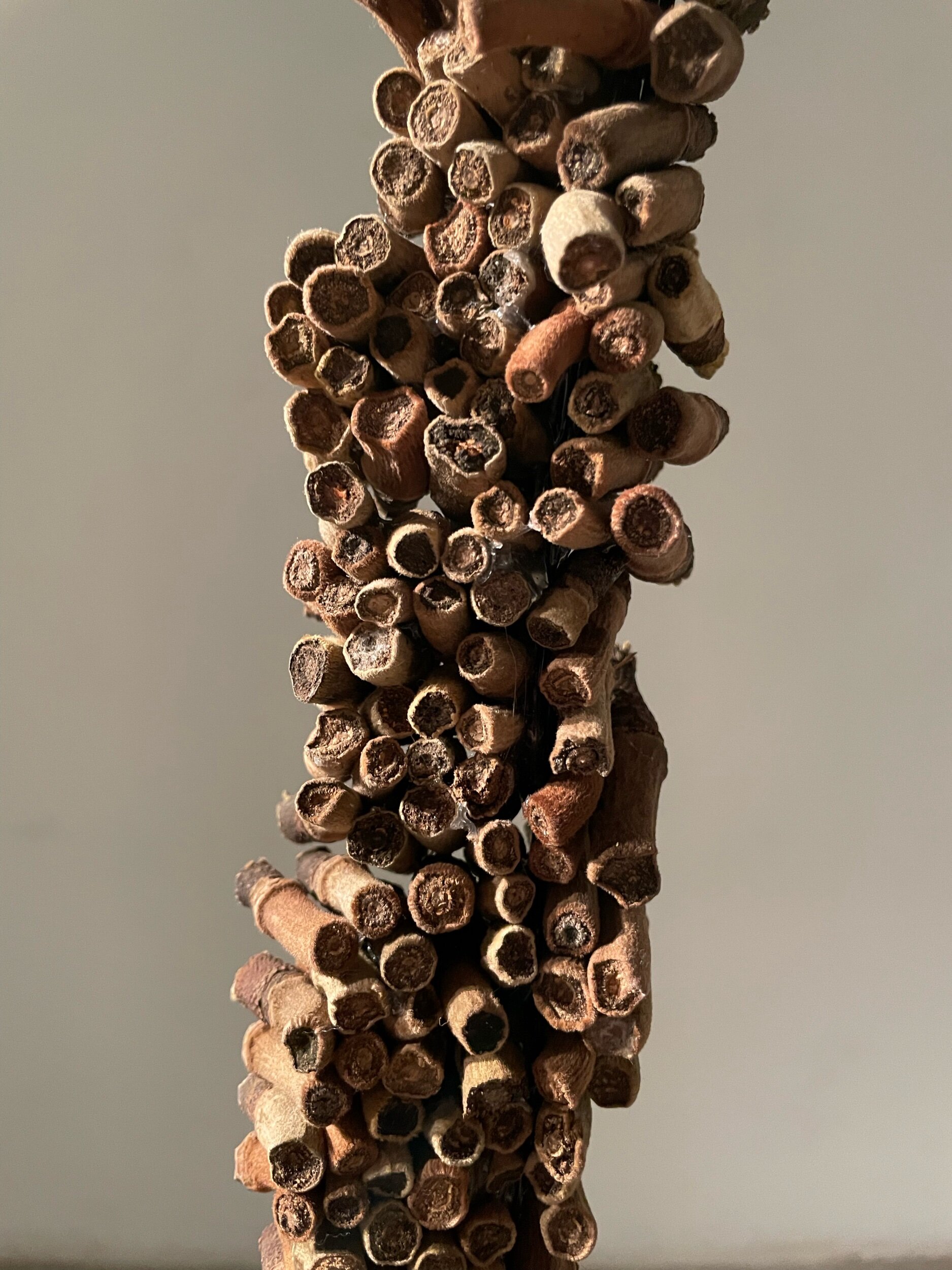

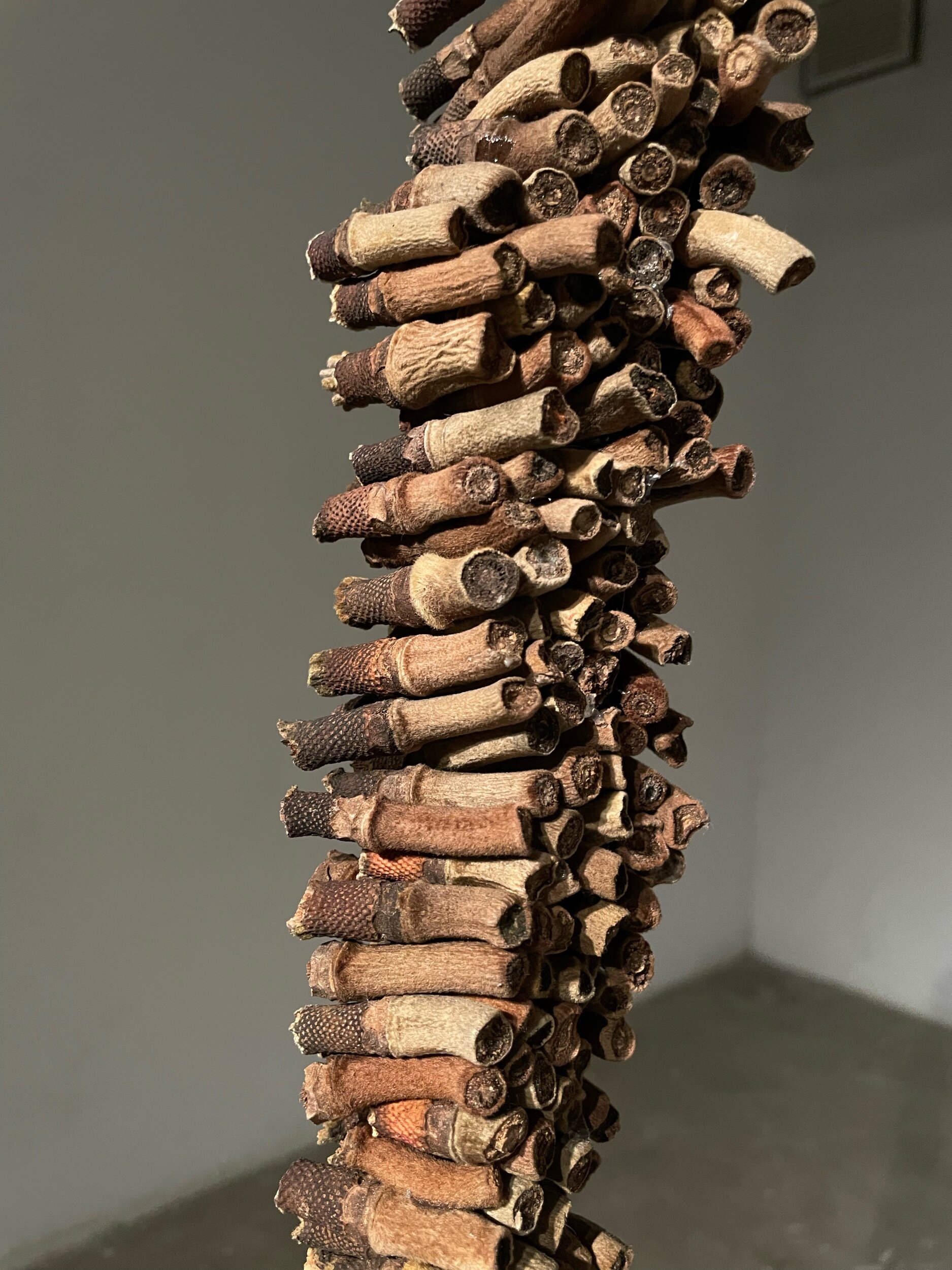
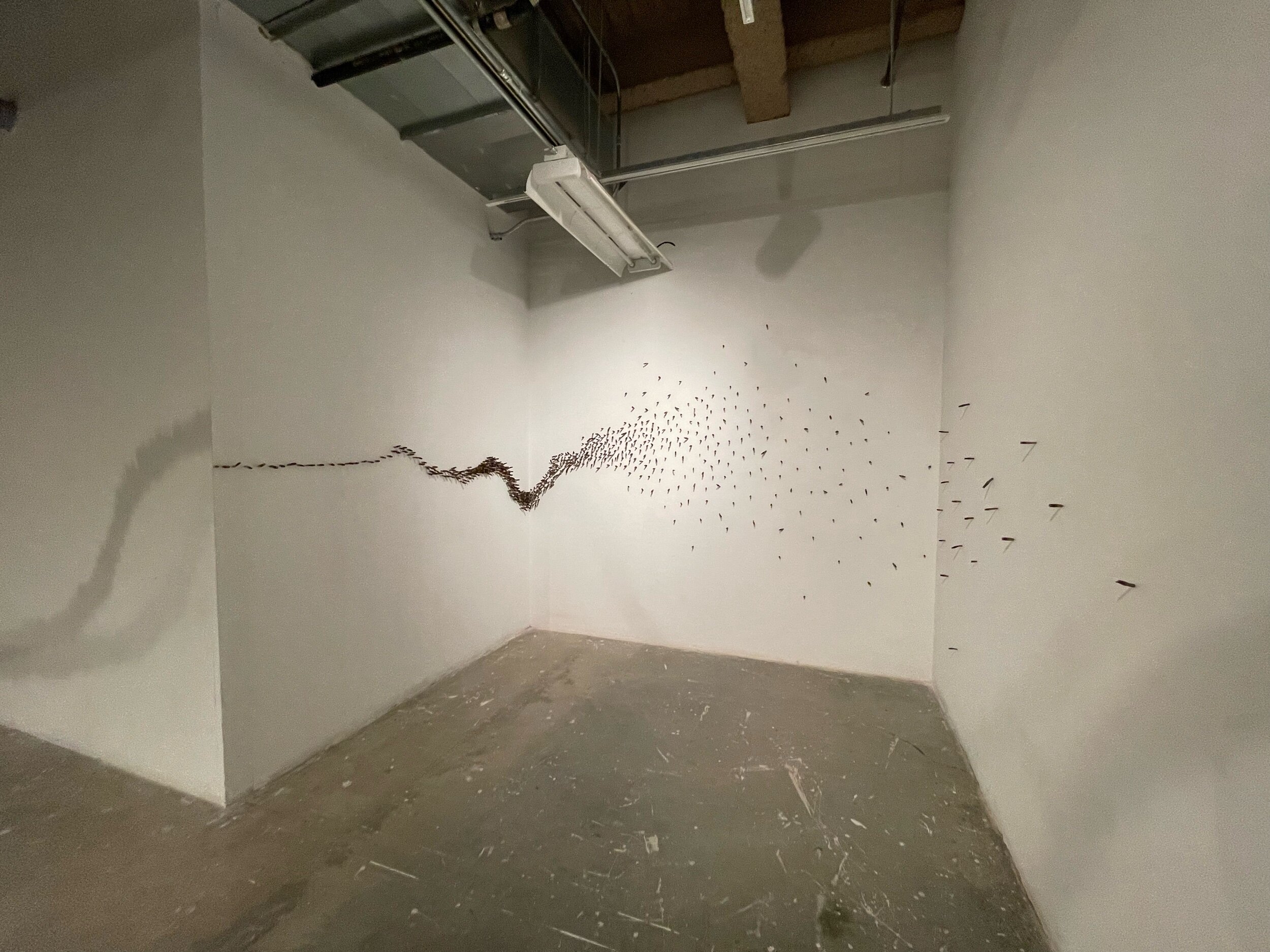
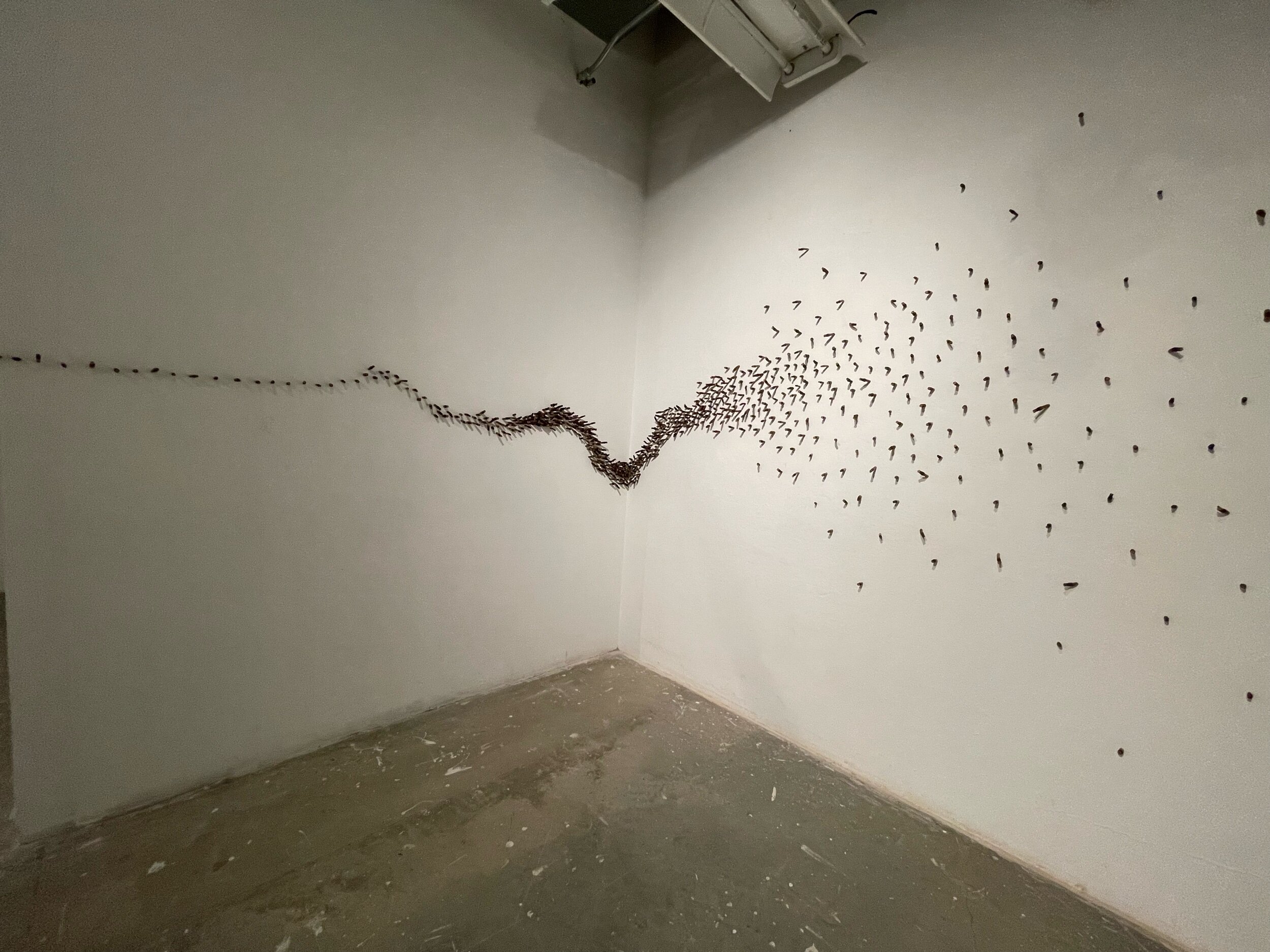
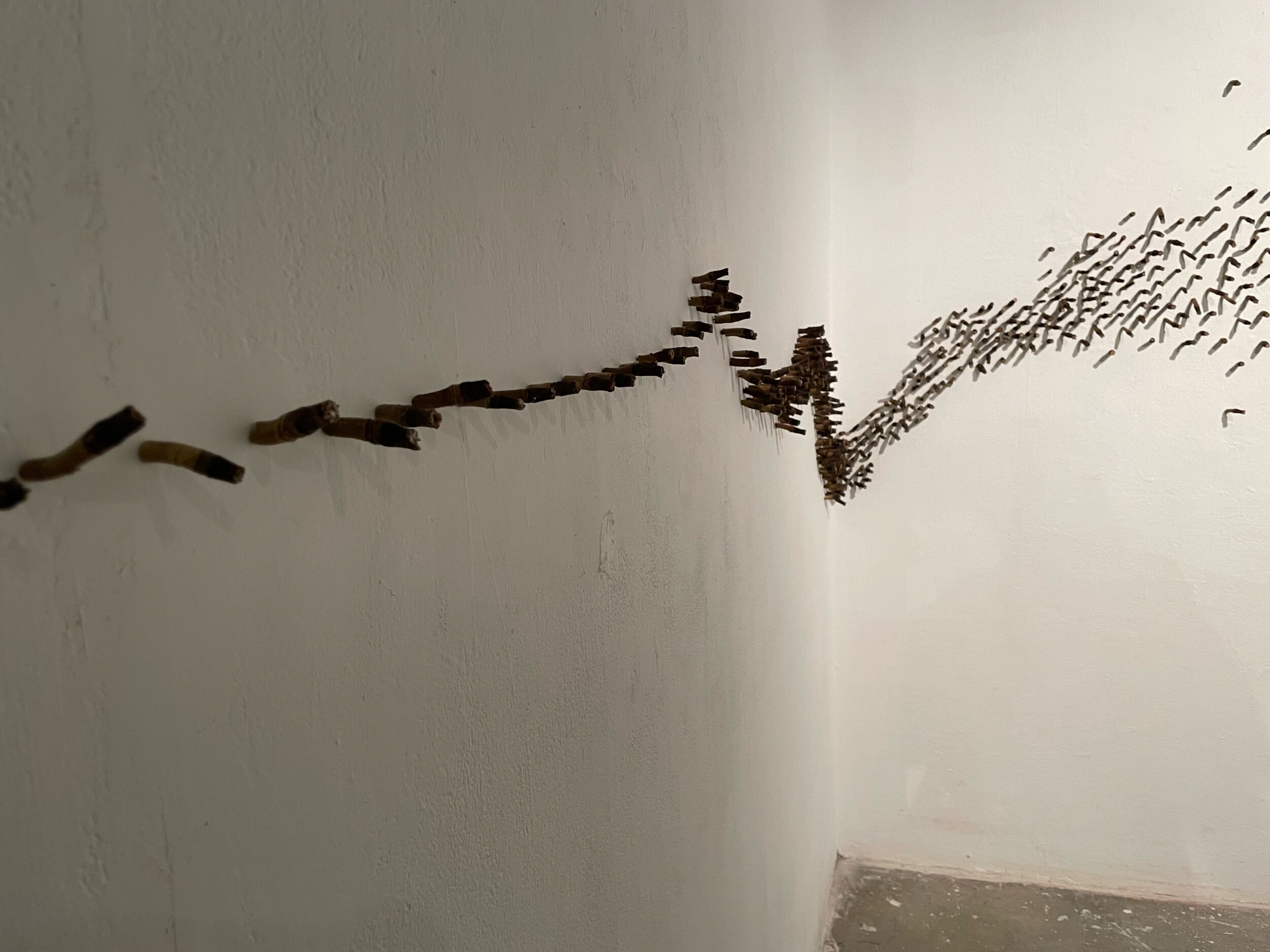
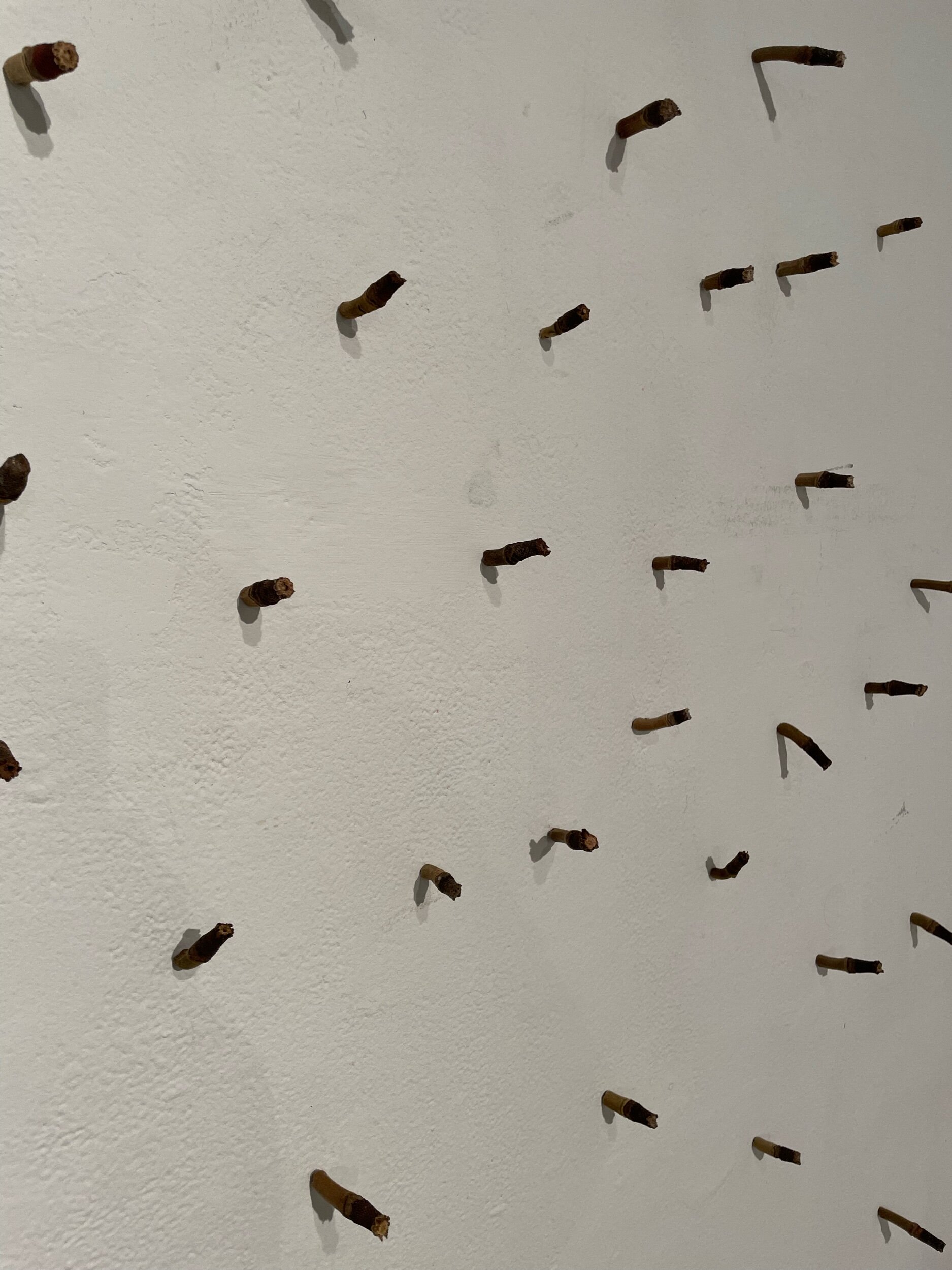
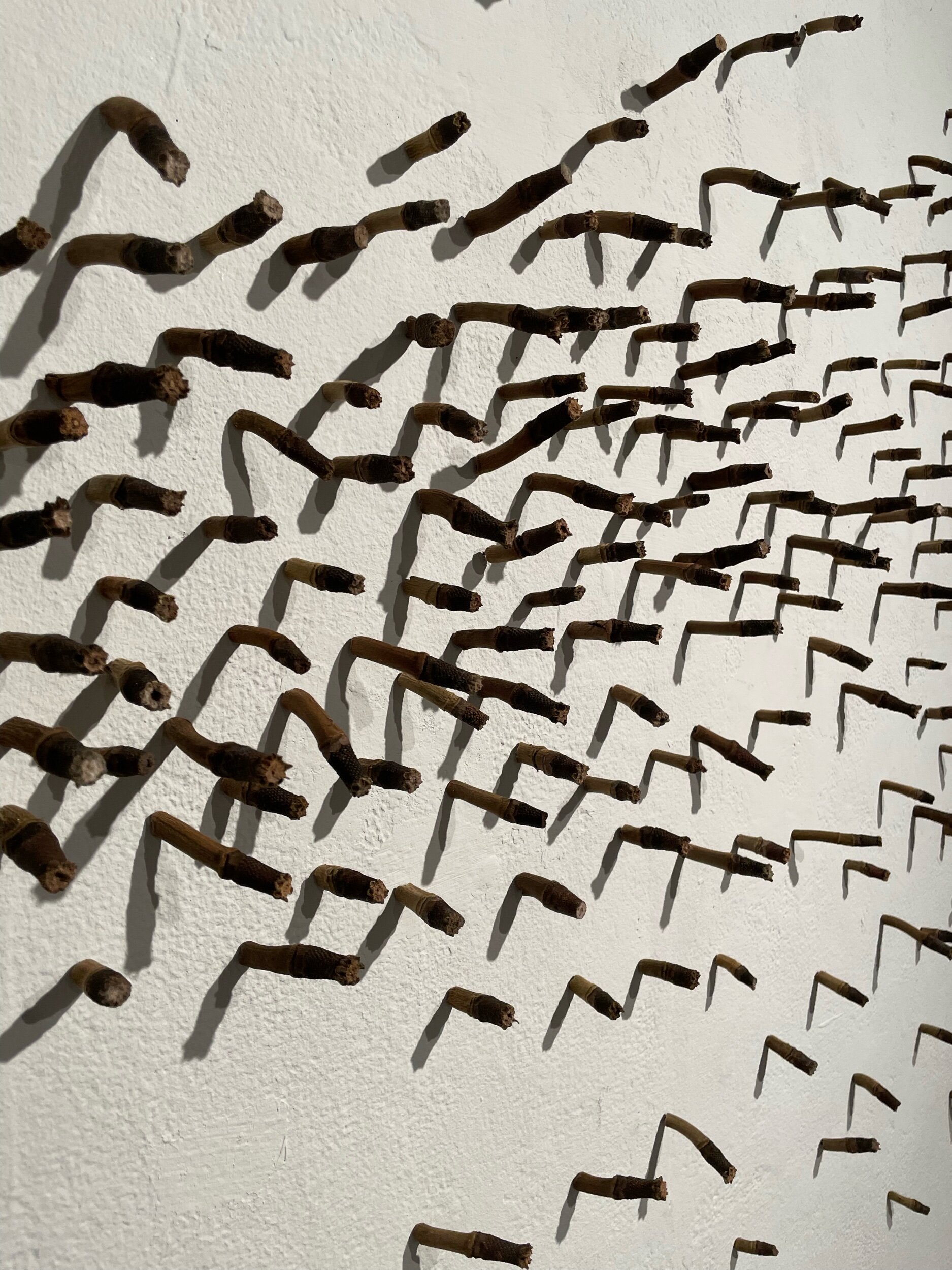
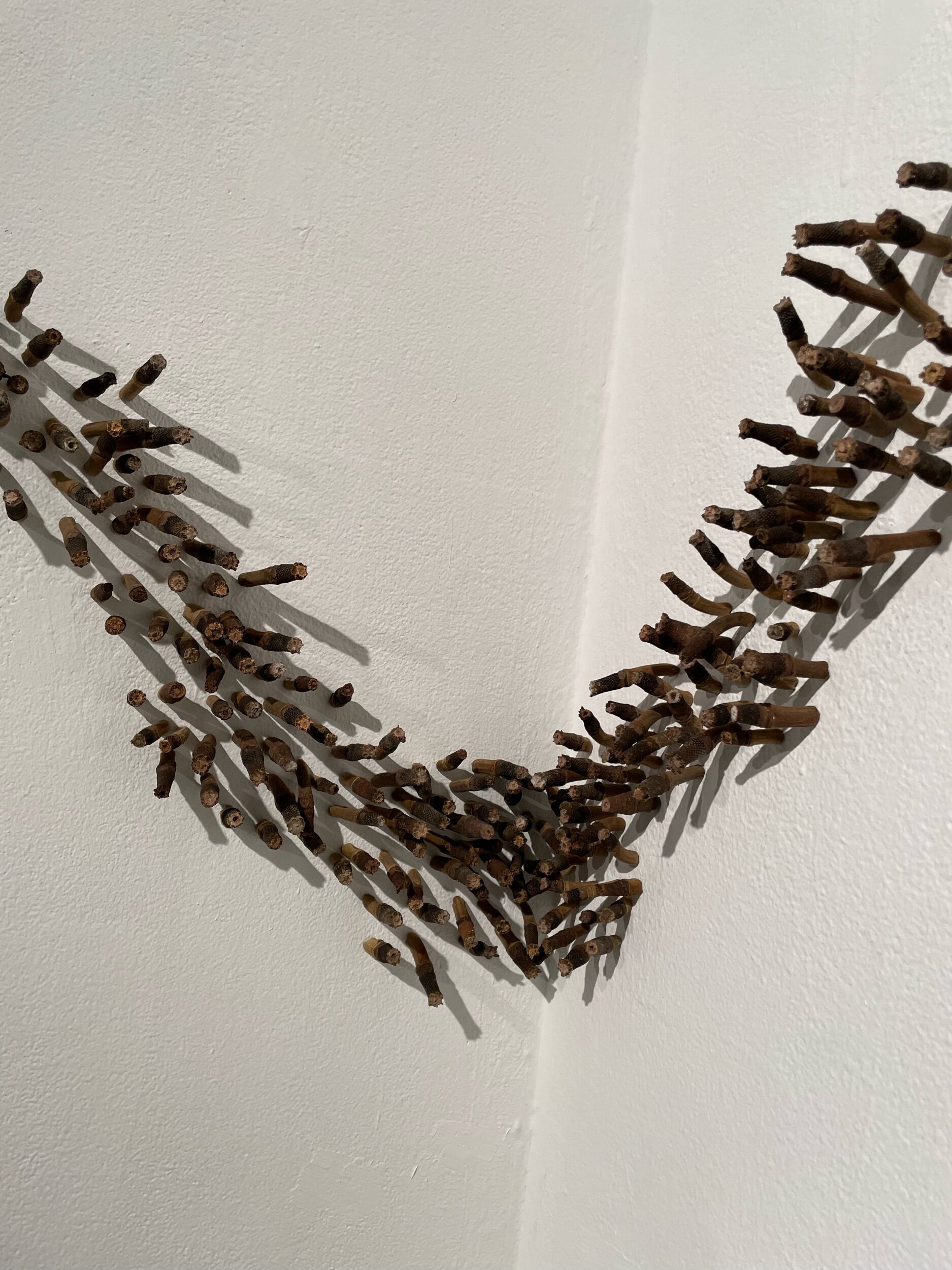
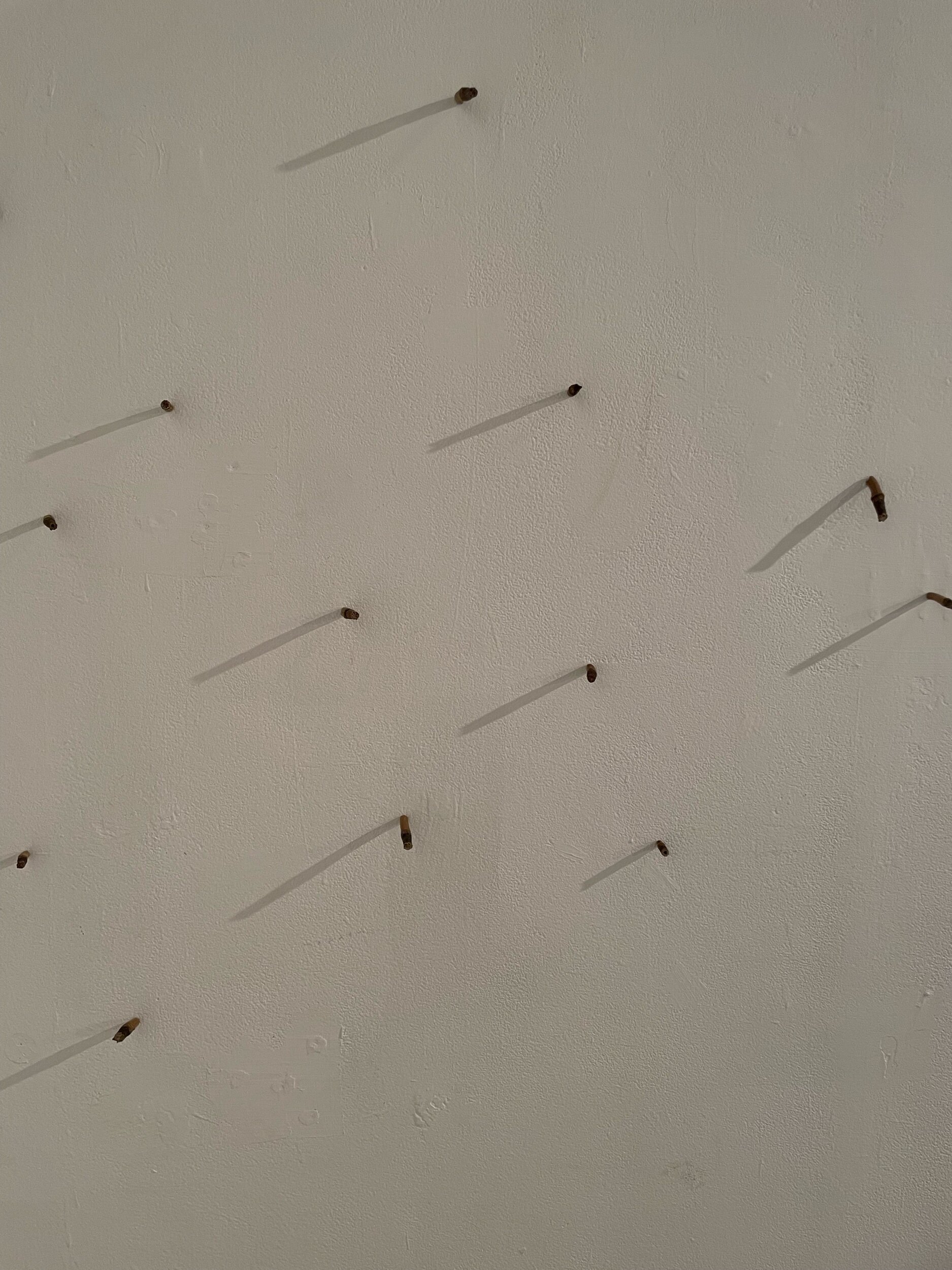


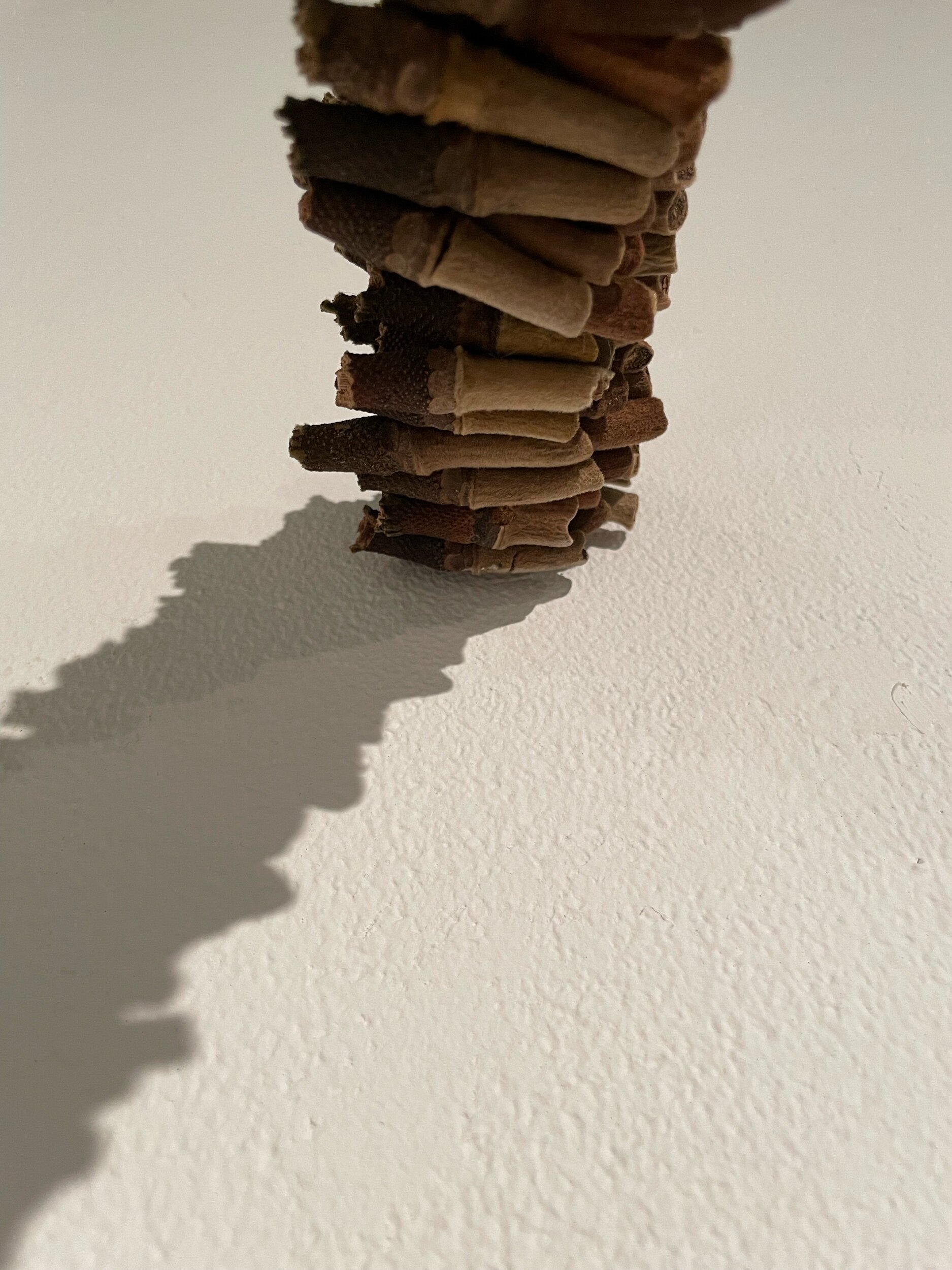

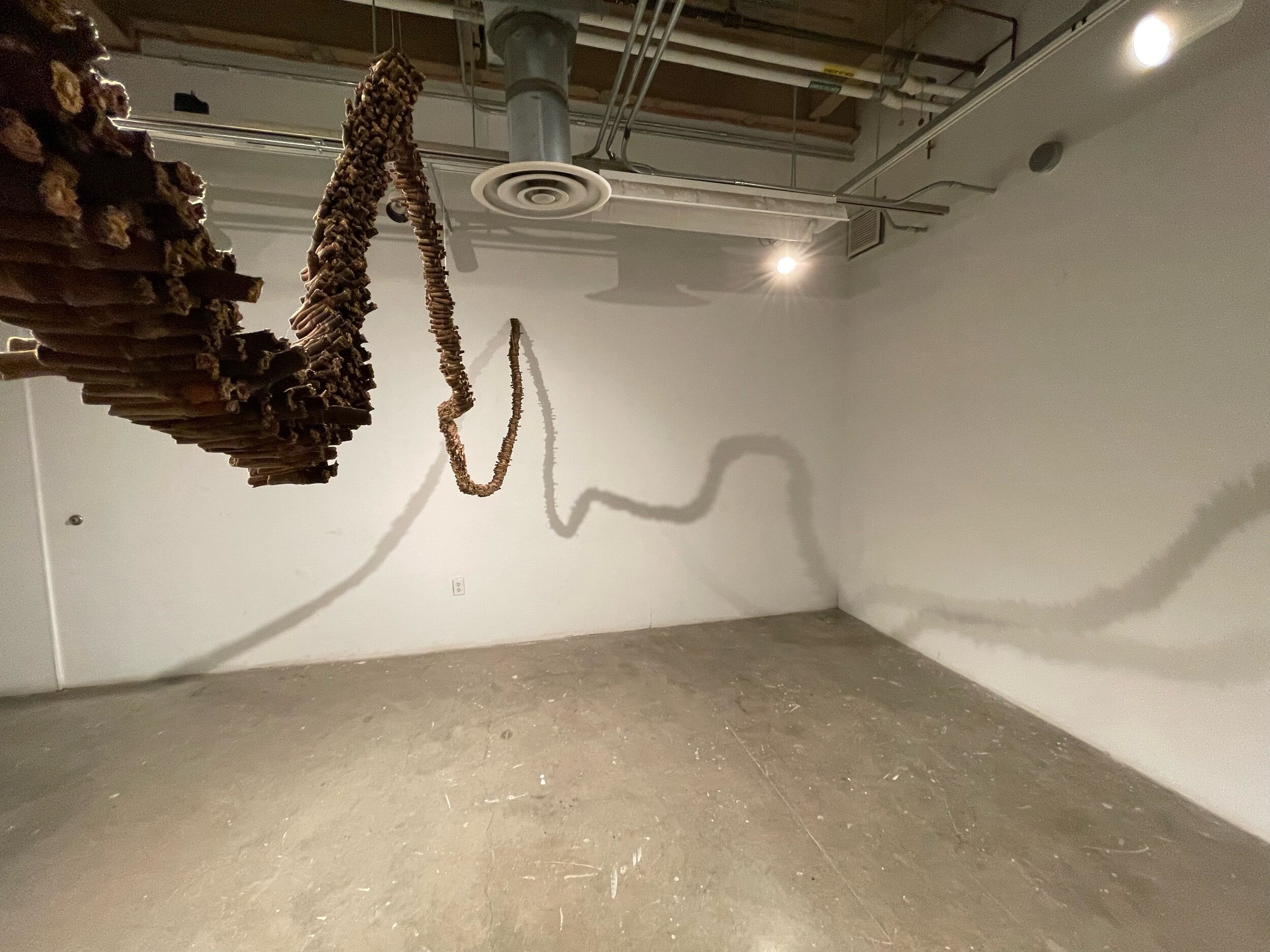

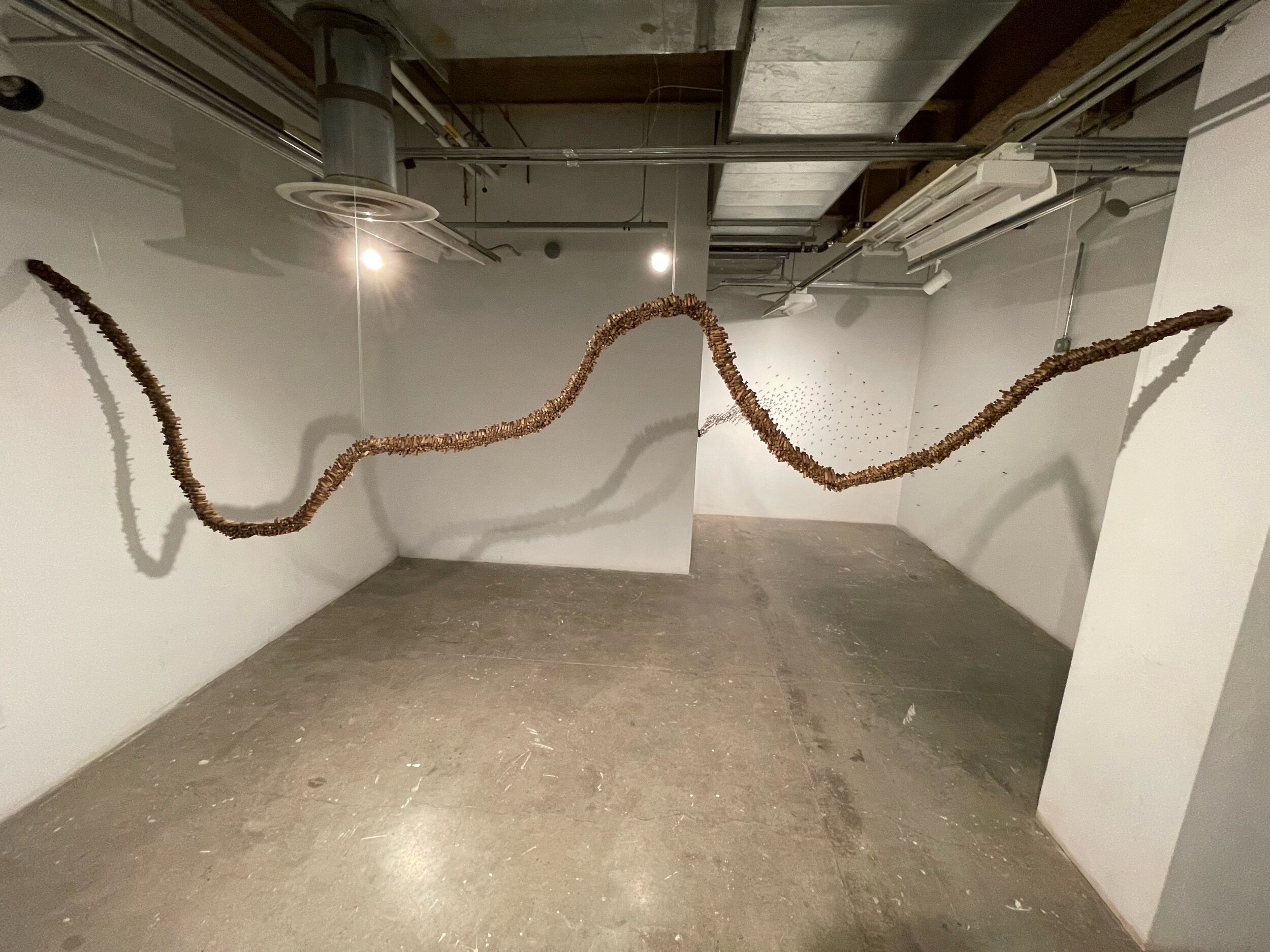
Gather
Magnolia Seed Pod Stems Collected from Hollywood Cemetery, Richmond, VA.
November 2021, Virginia Commonwealth University


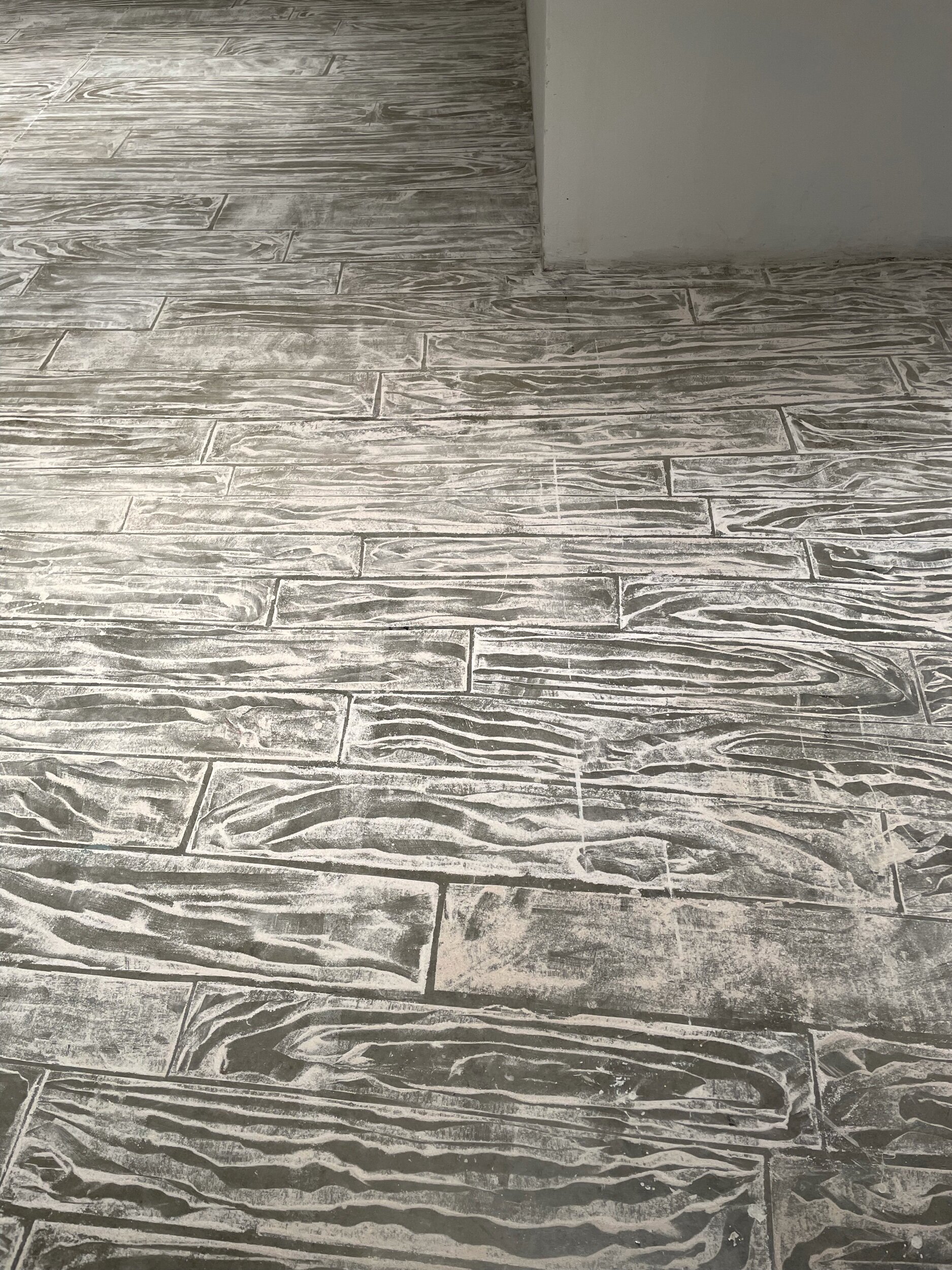

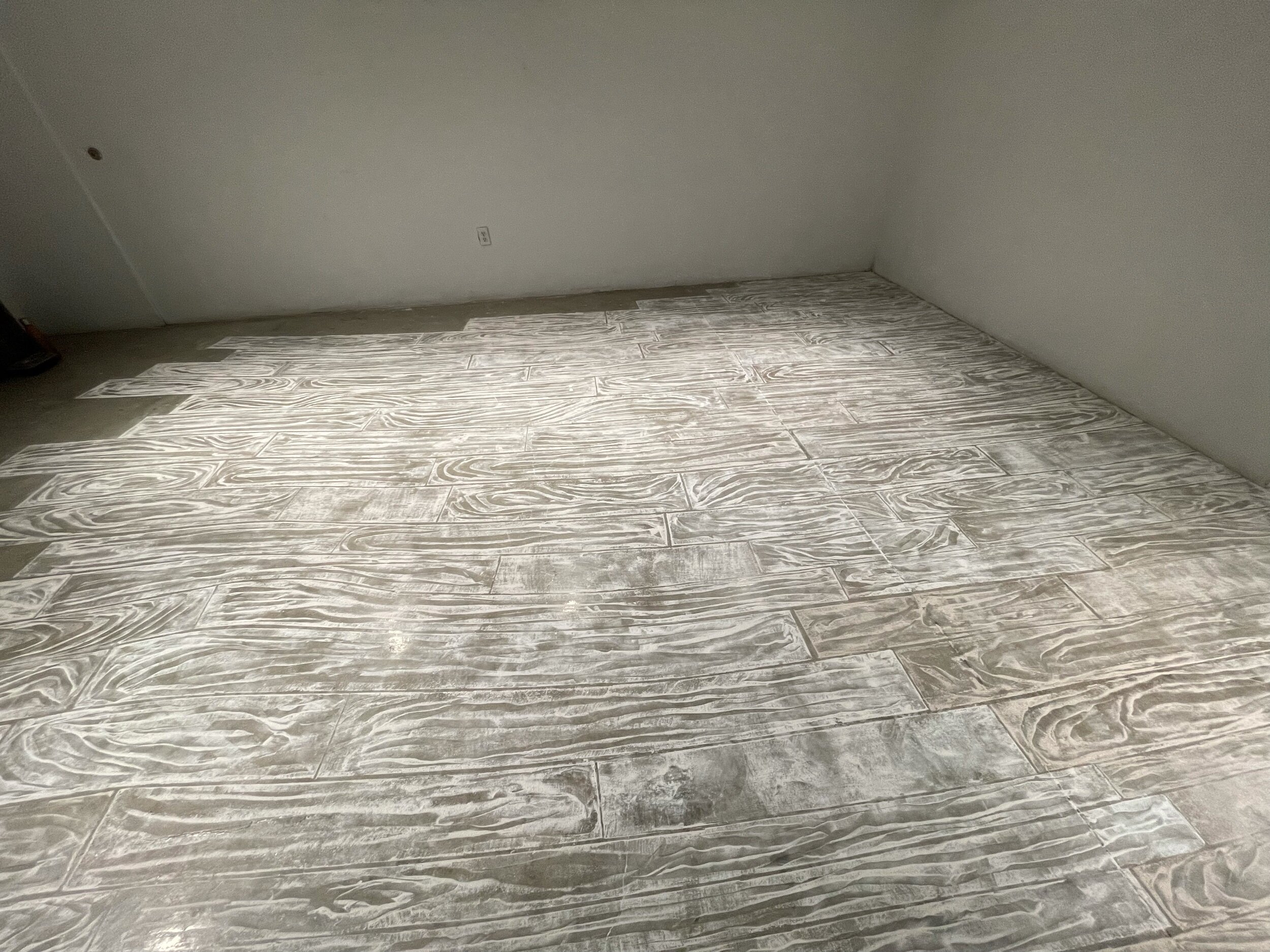

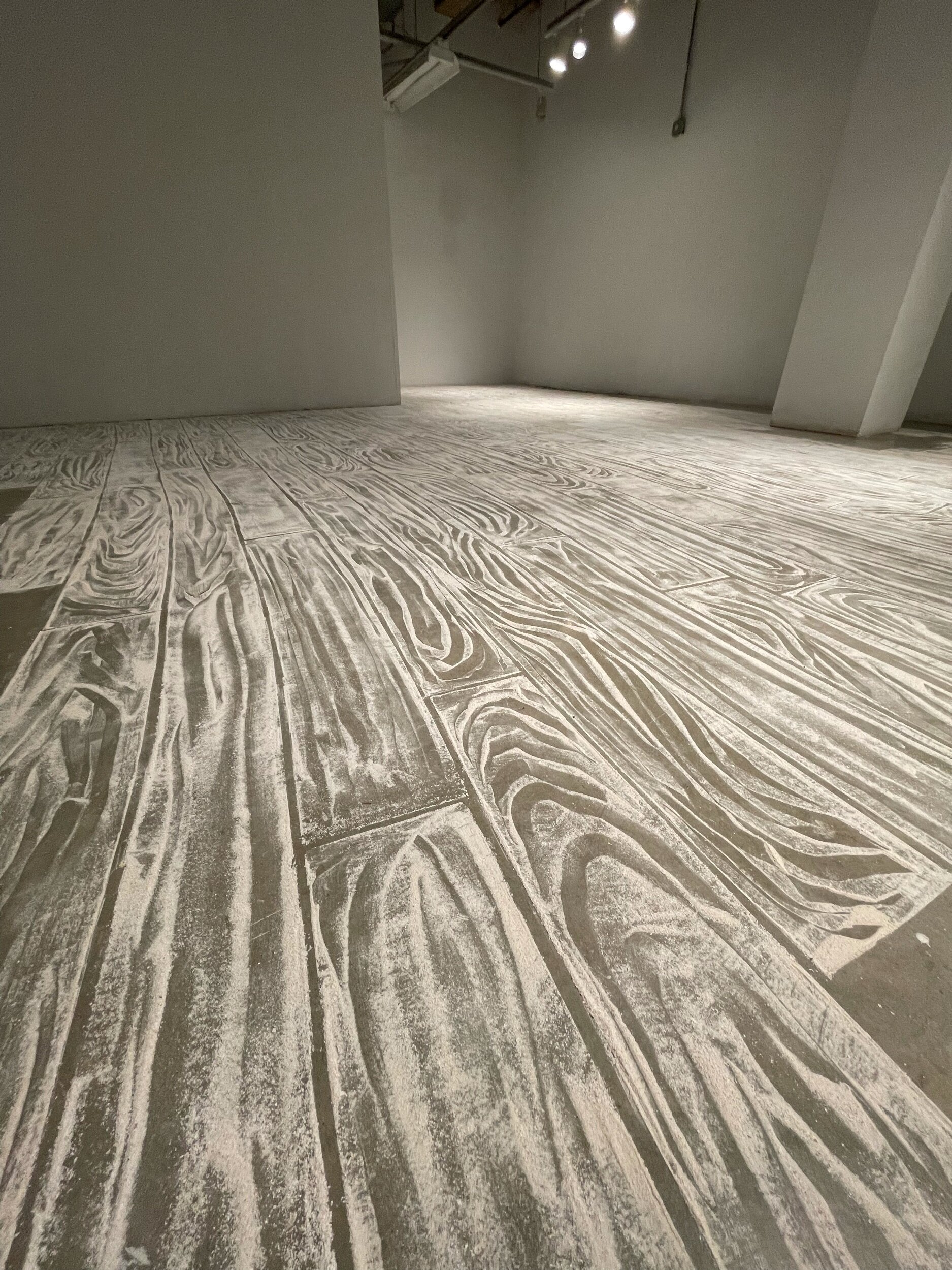
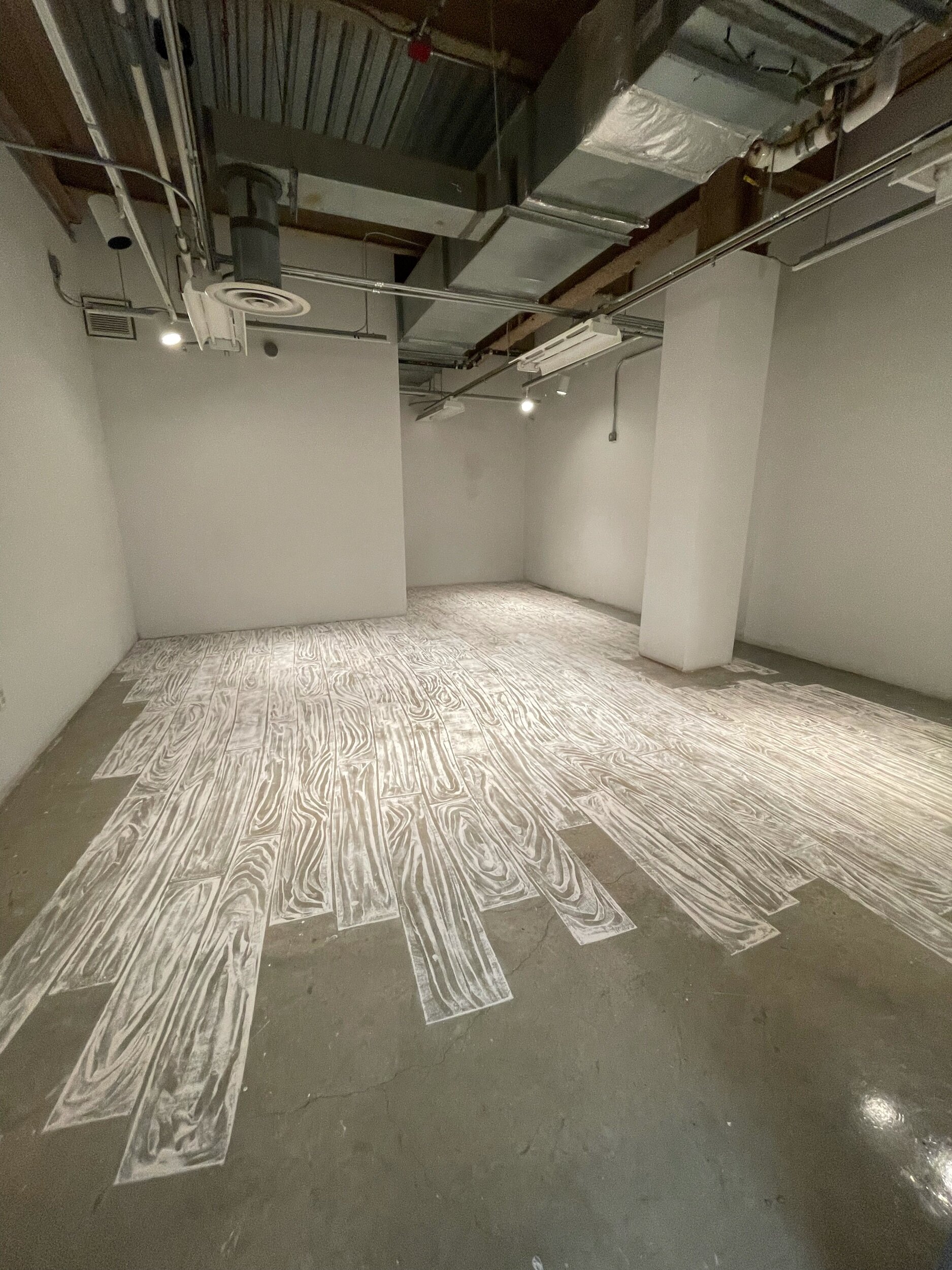
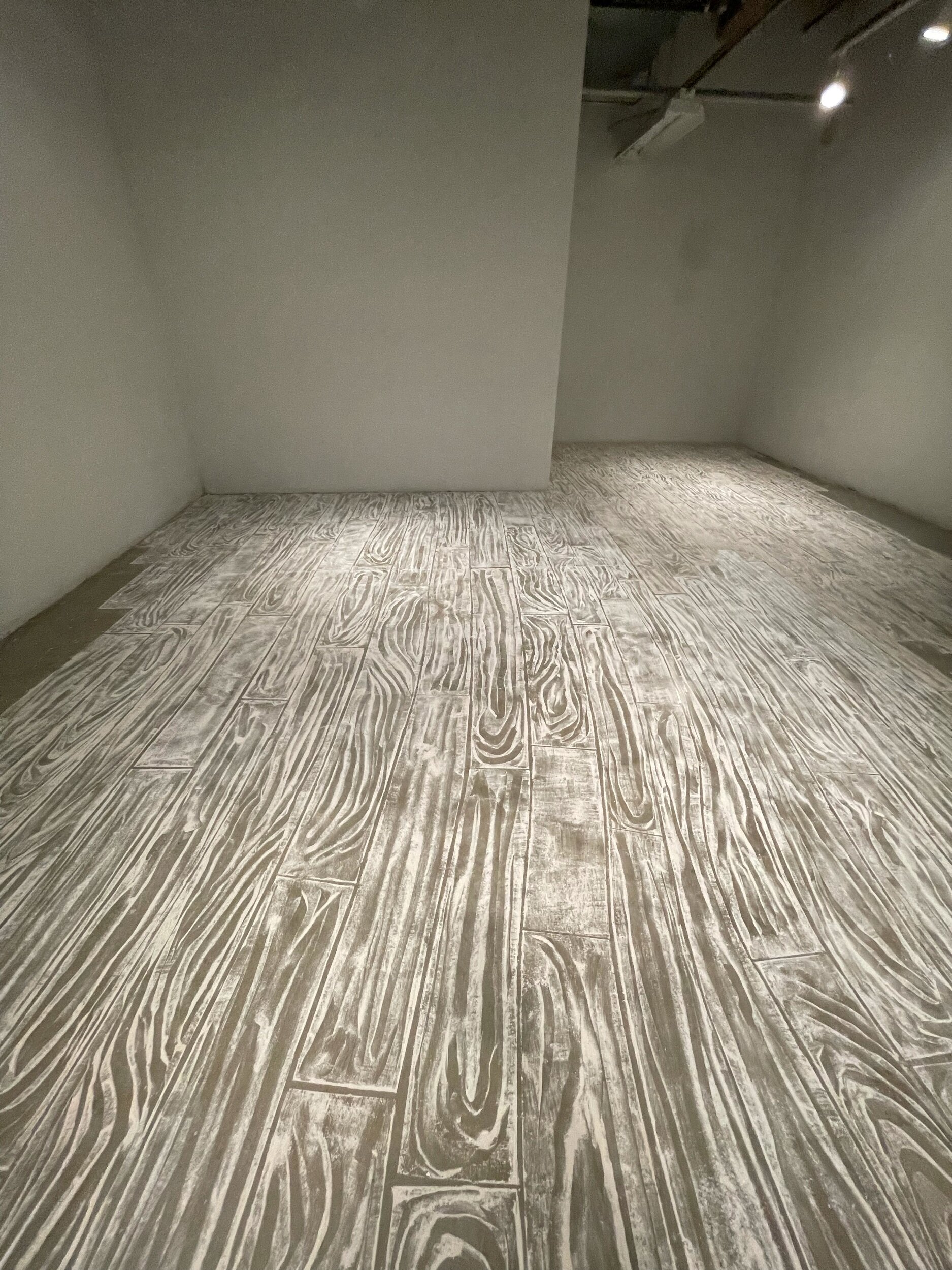
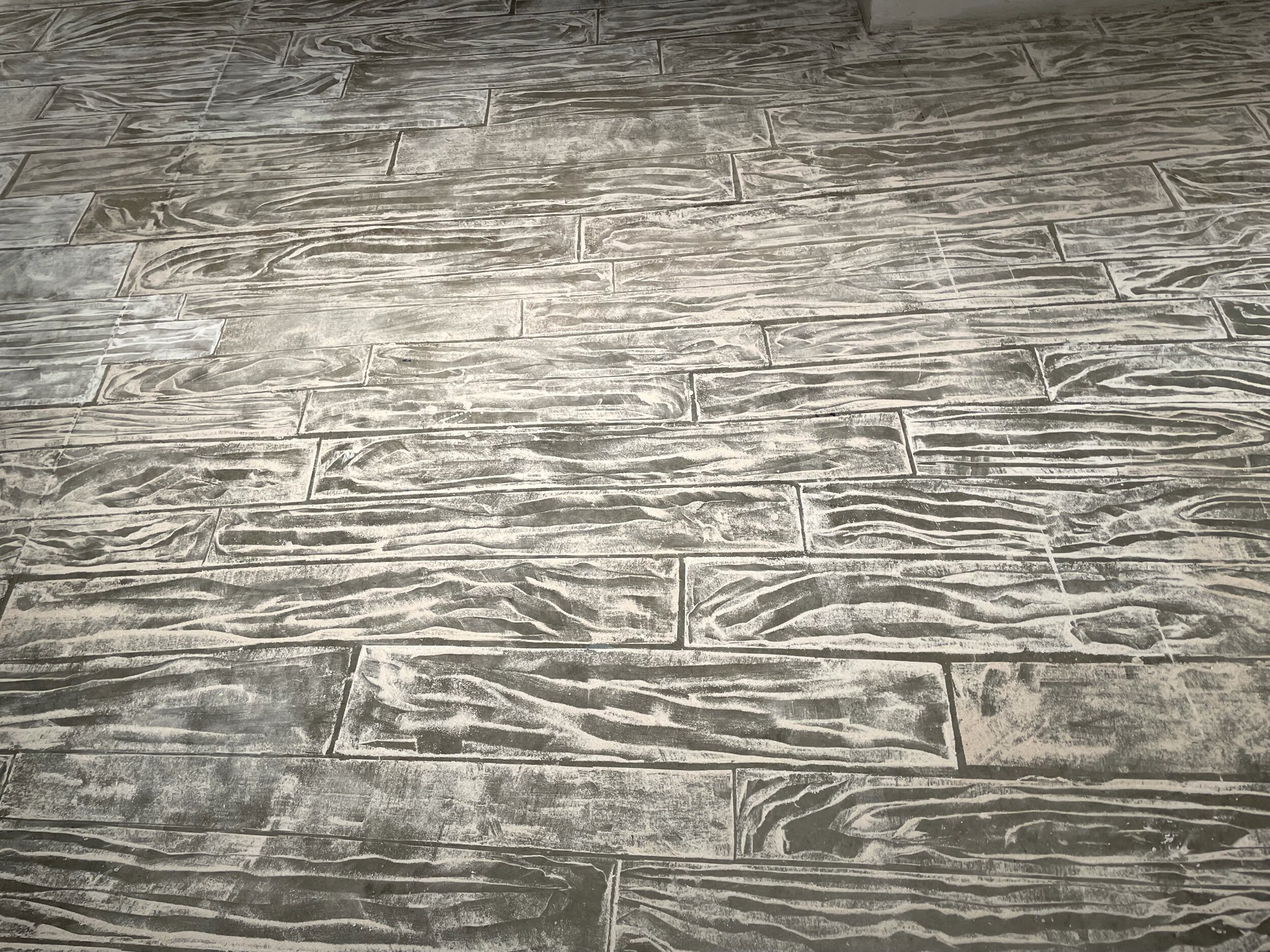
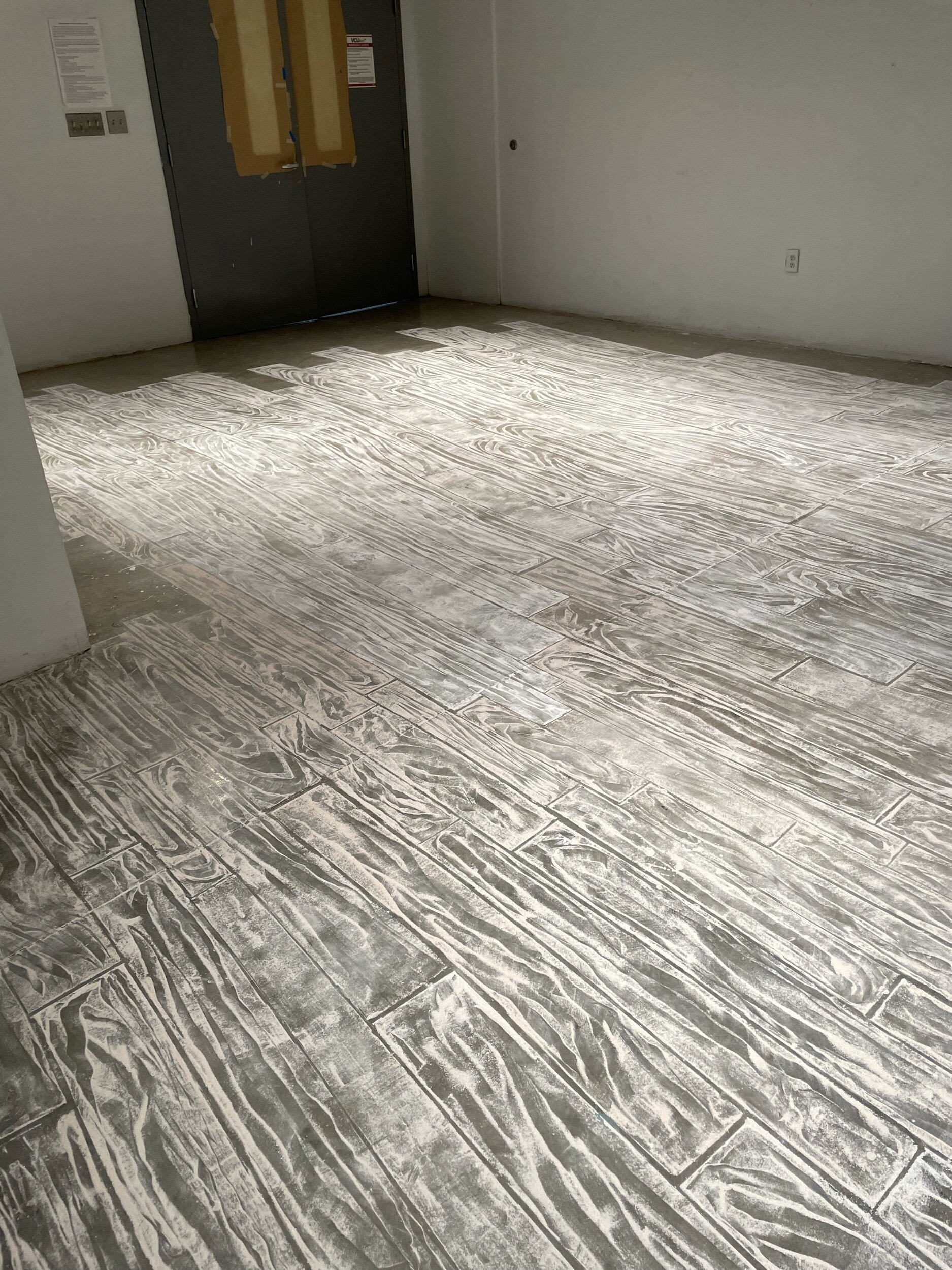
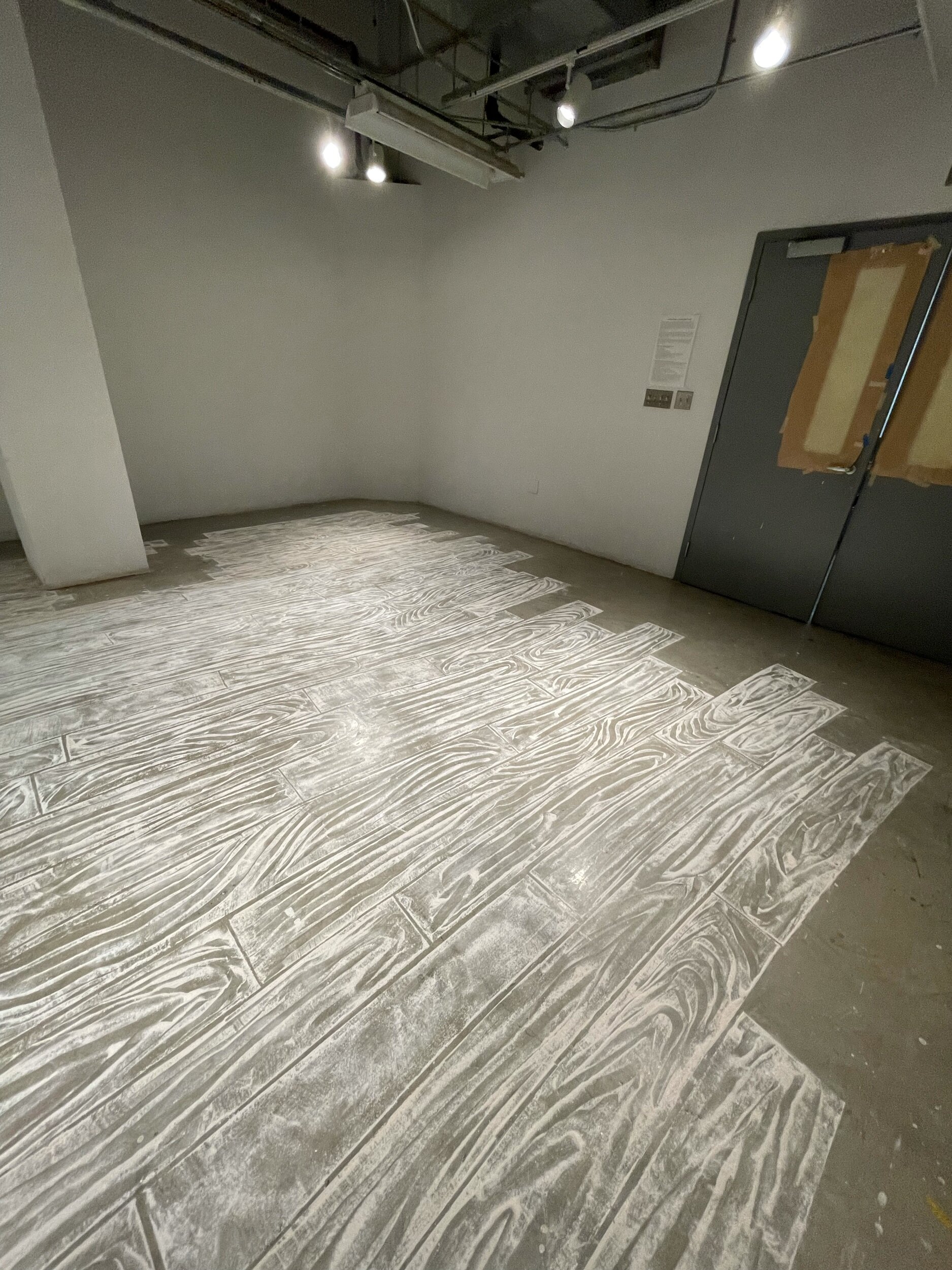
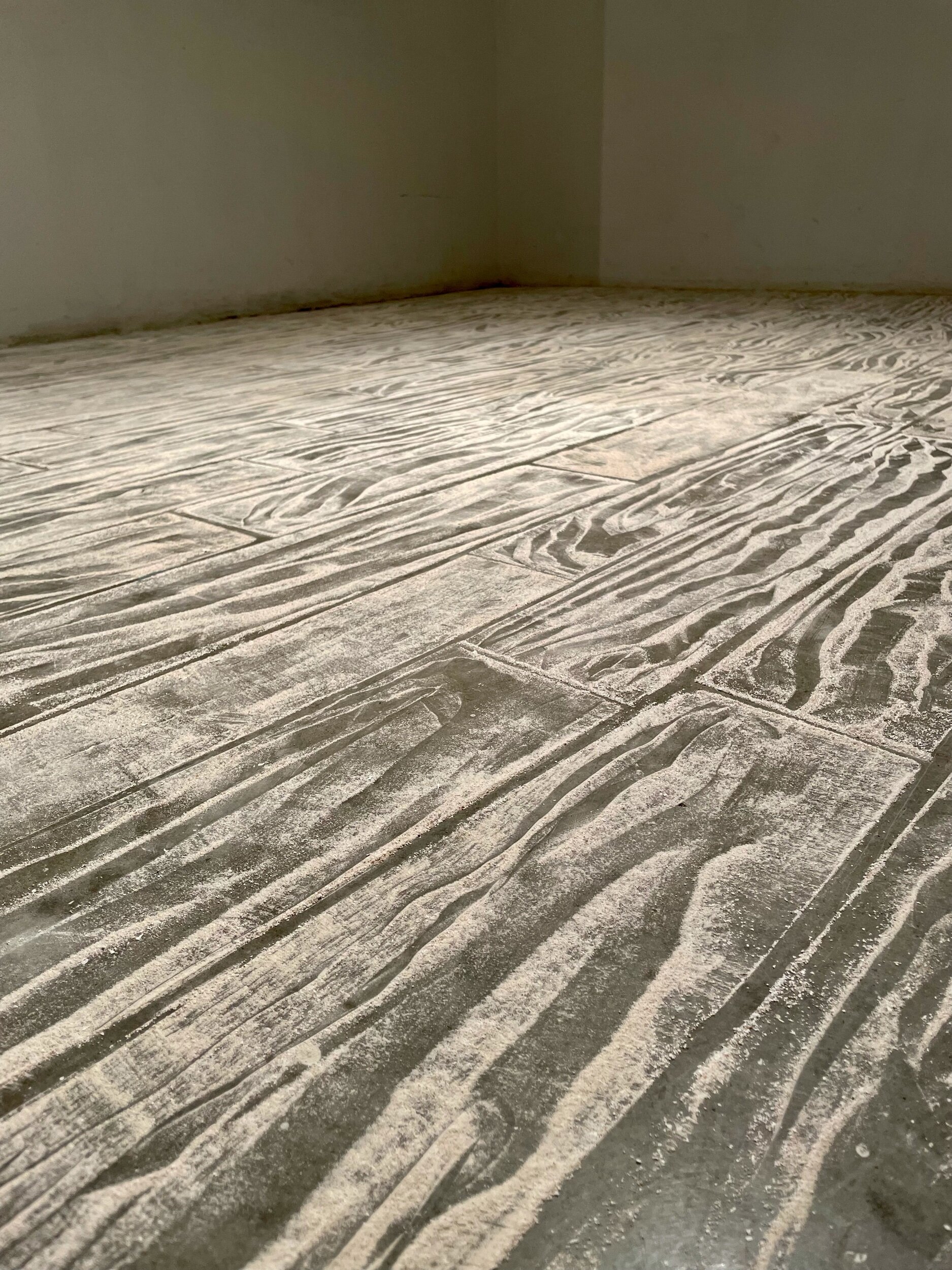


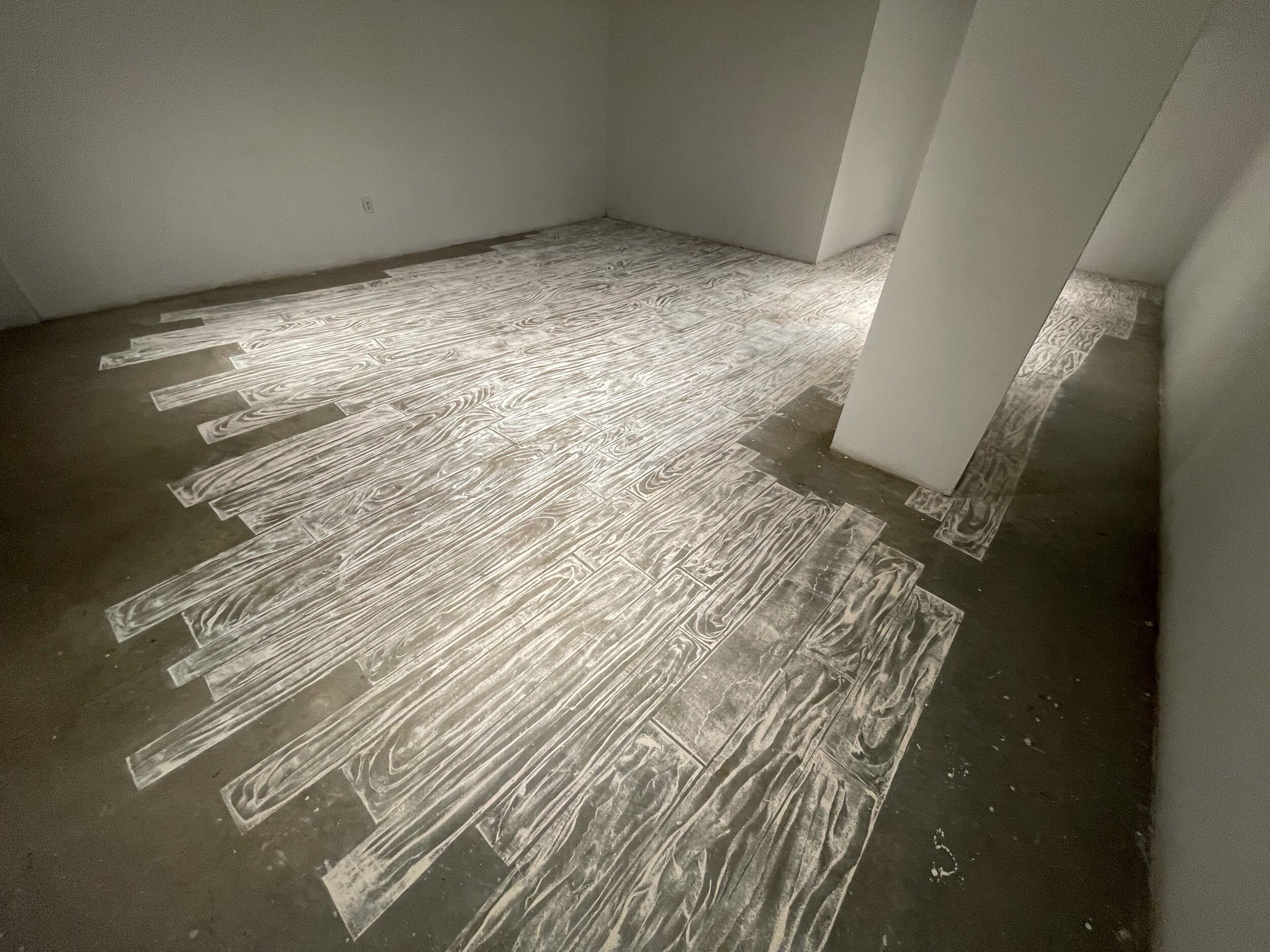
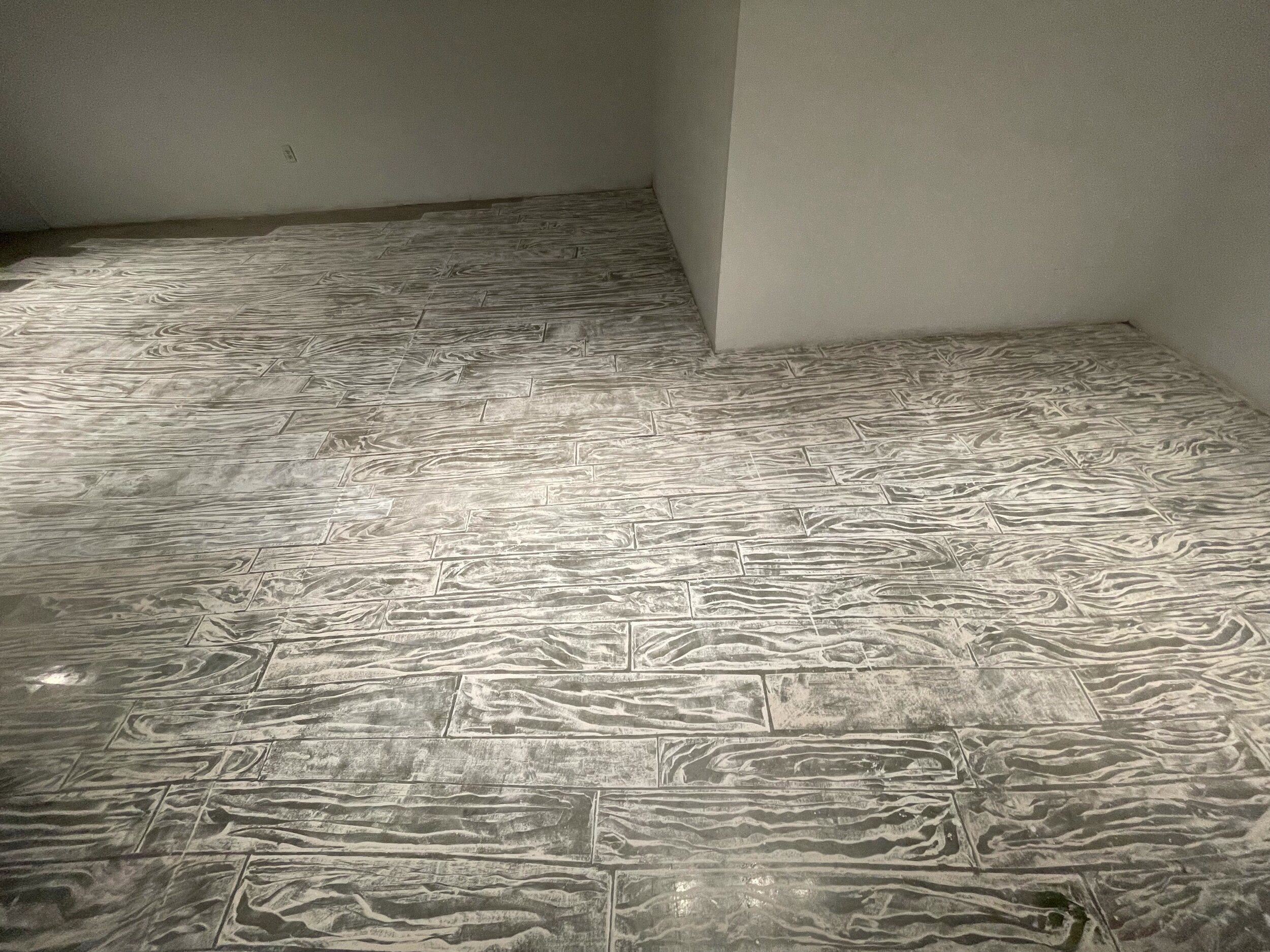
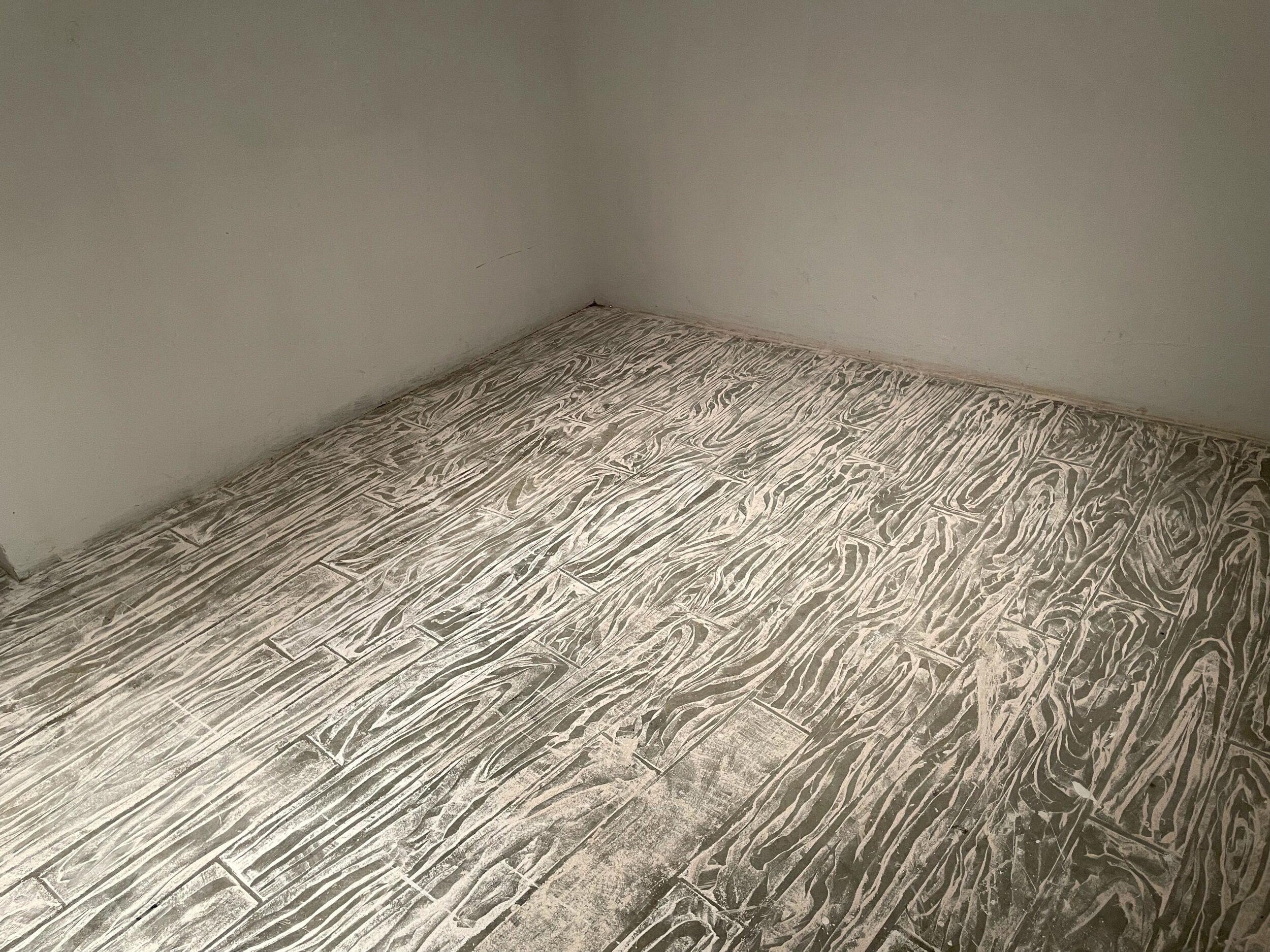


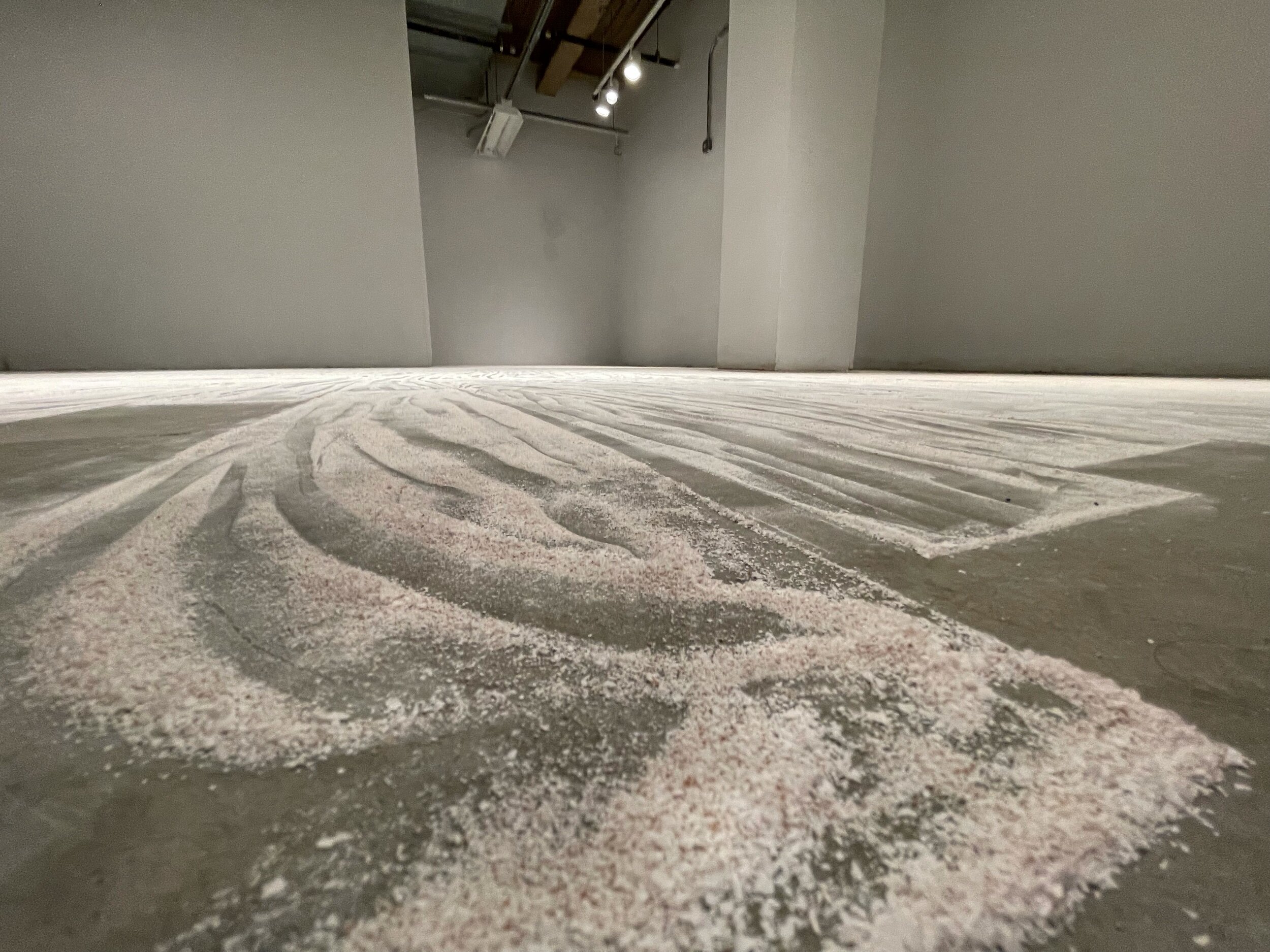
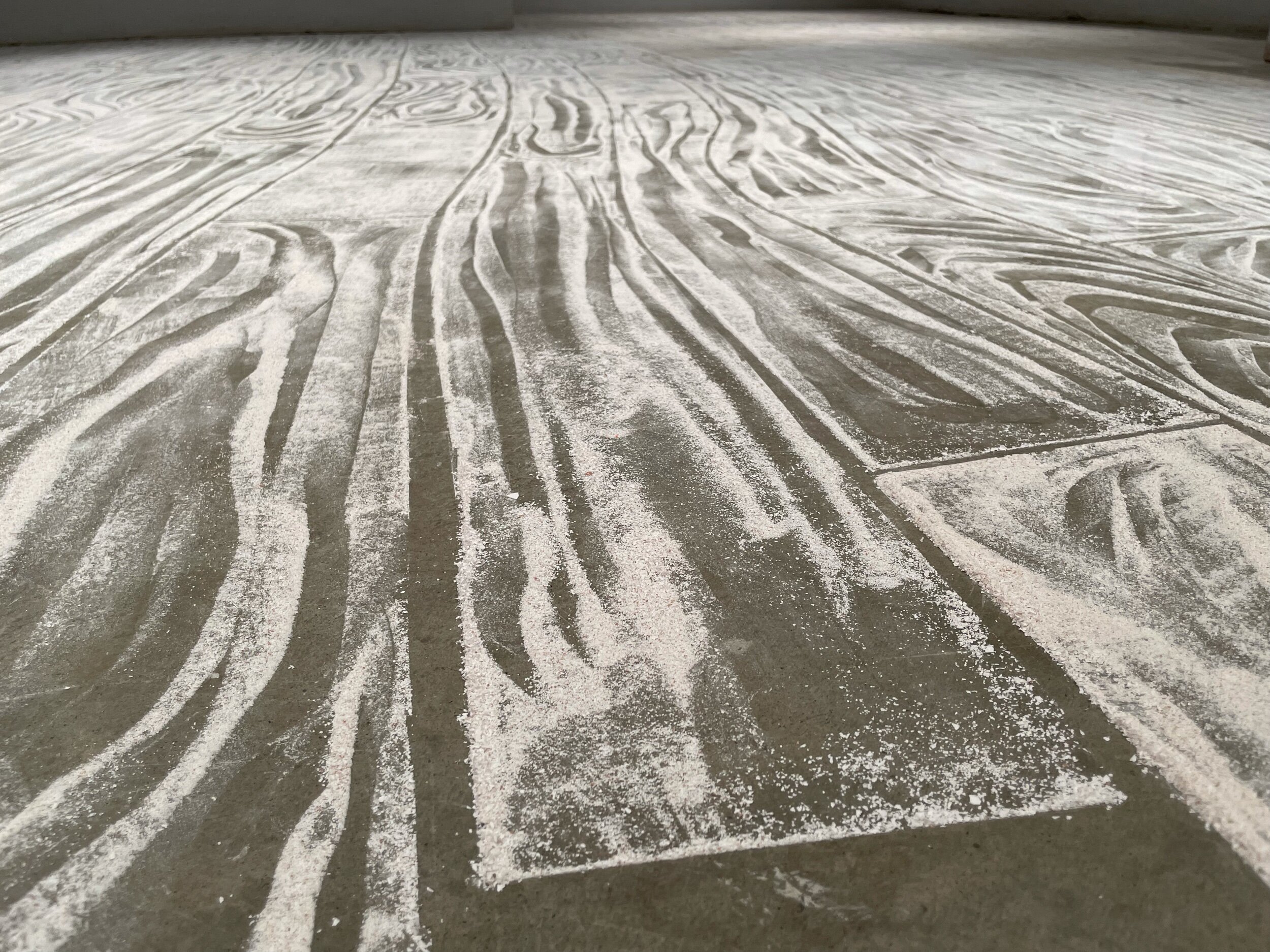
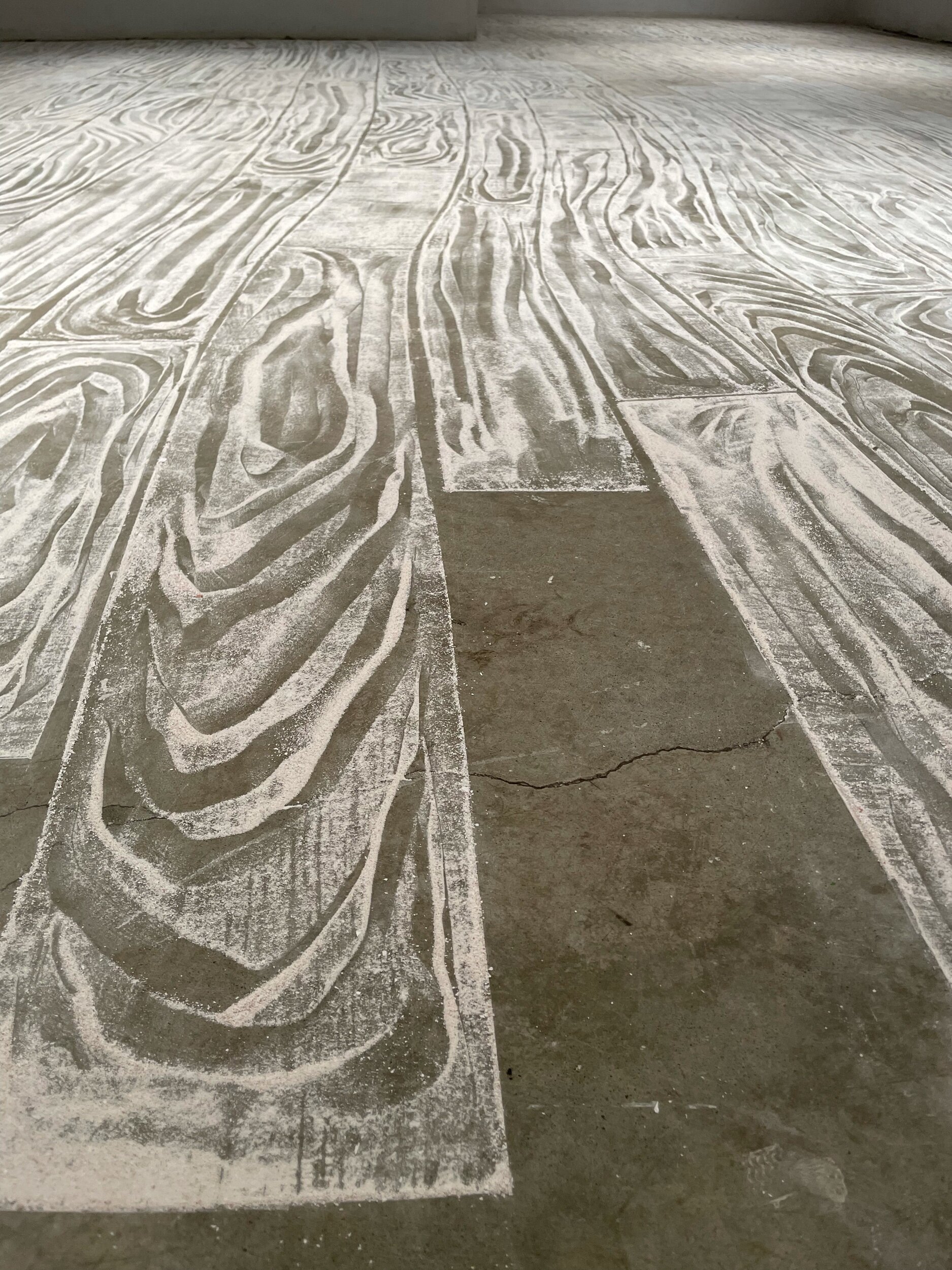
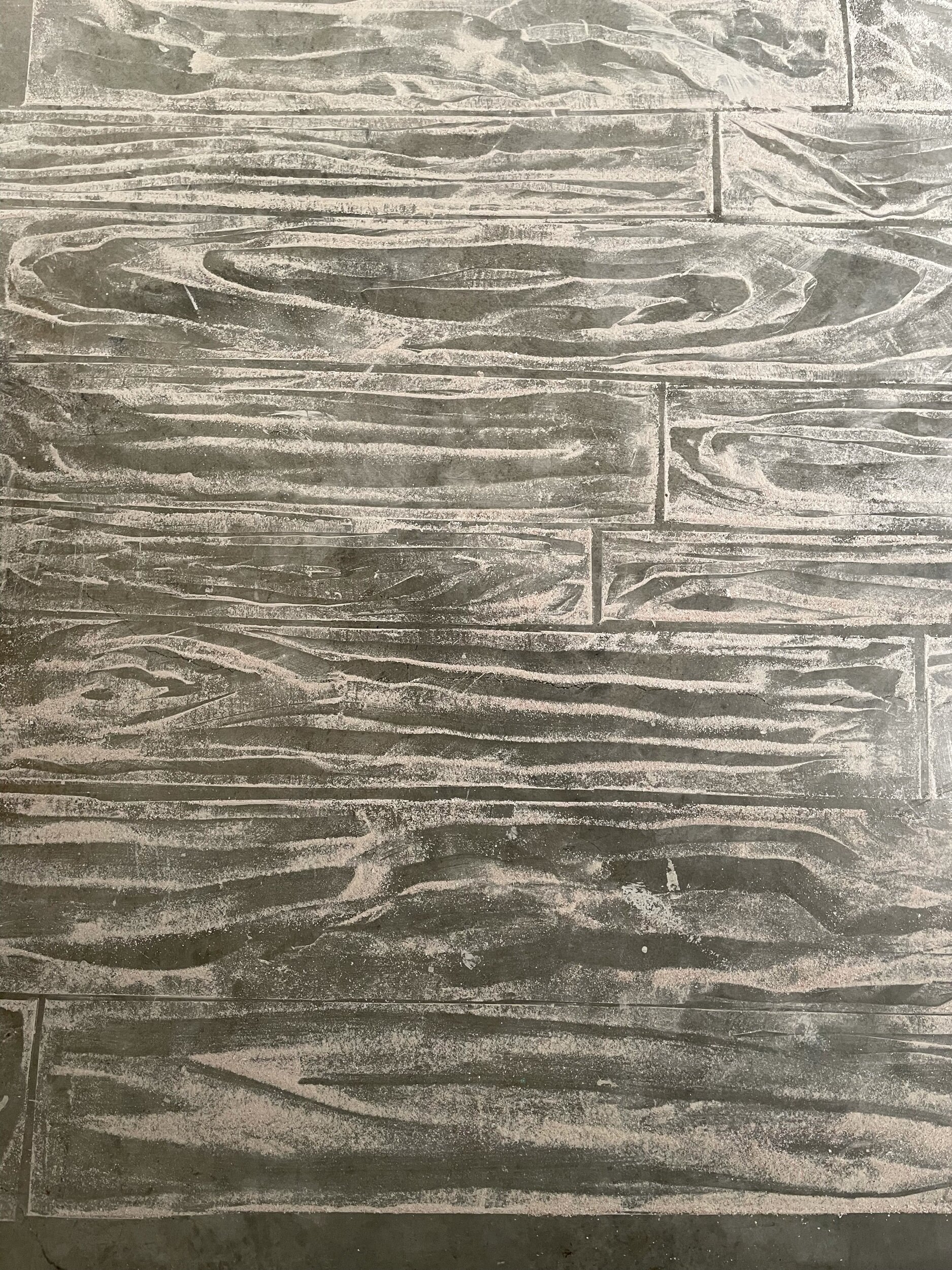
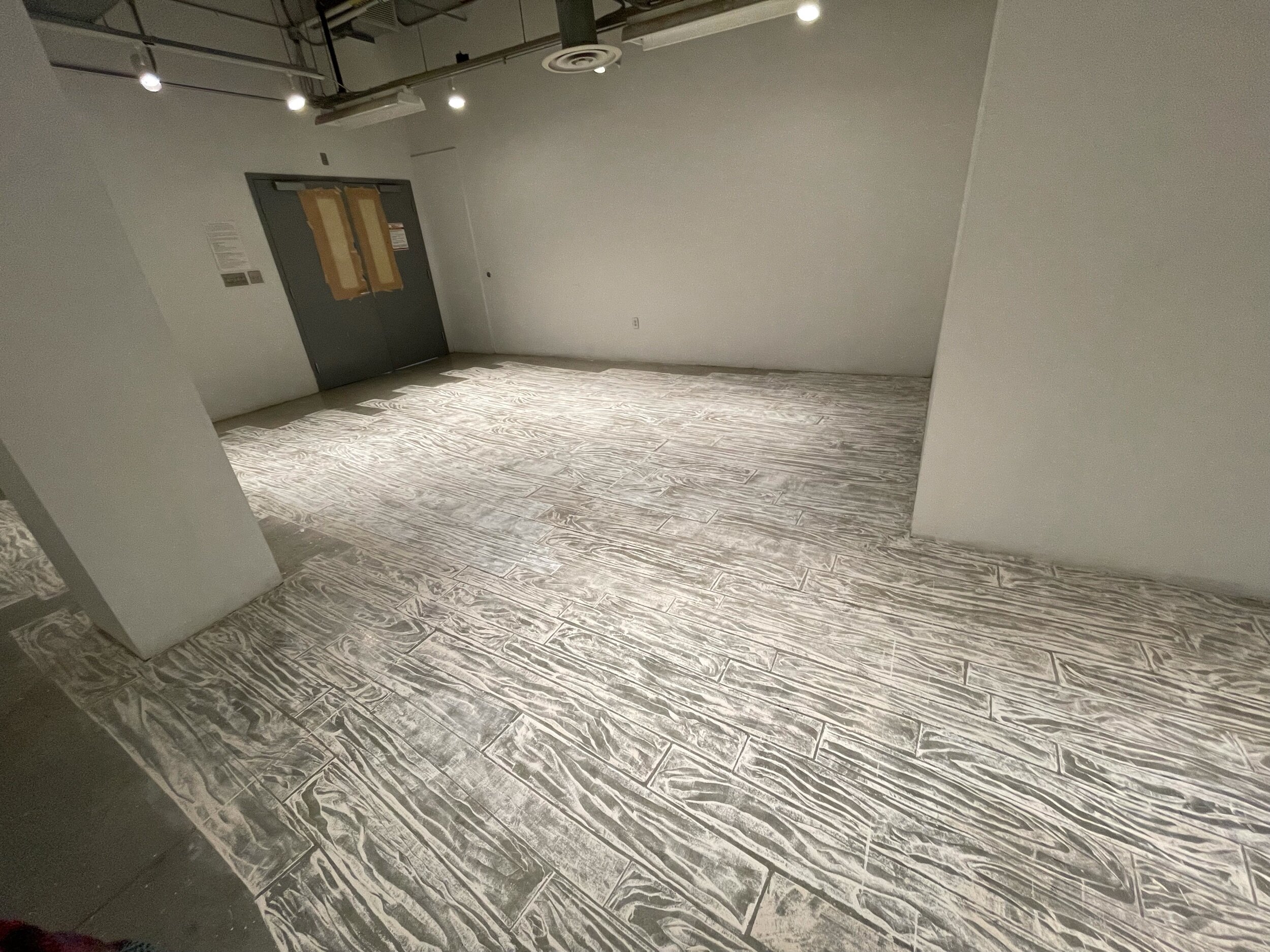

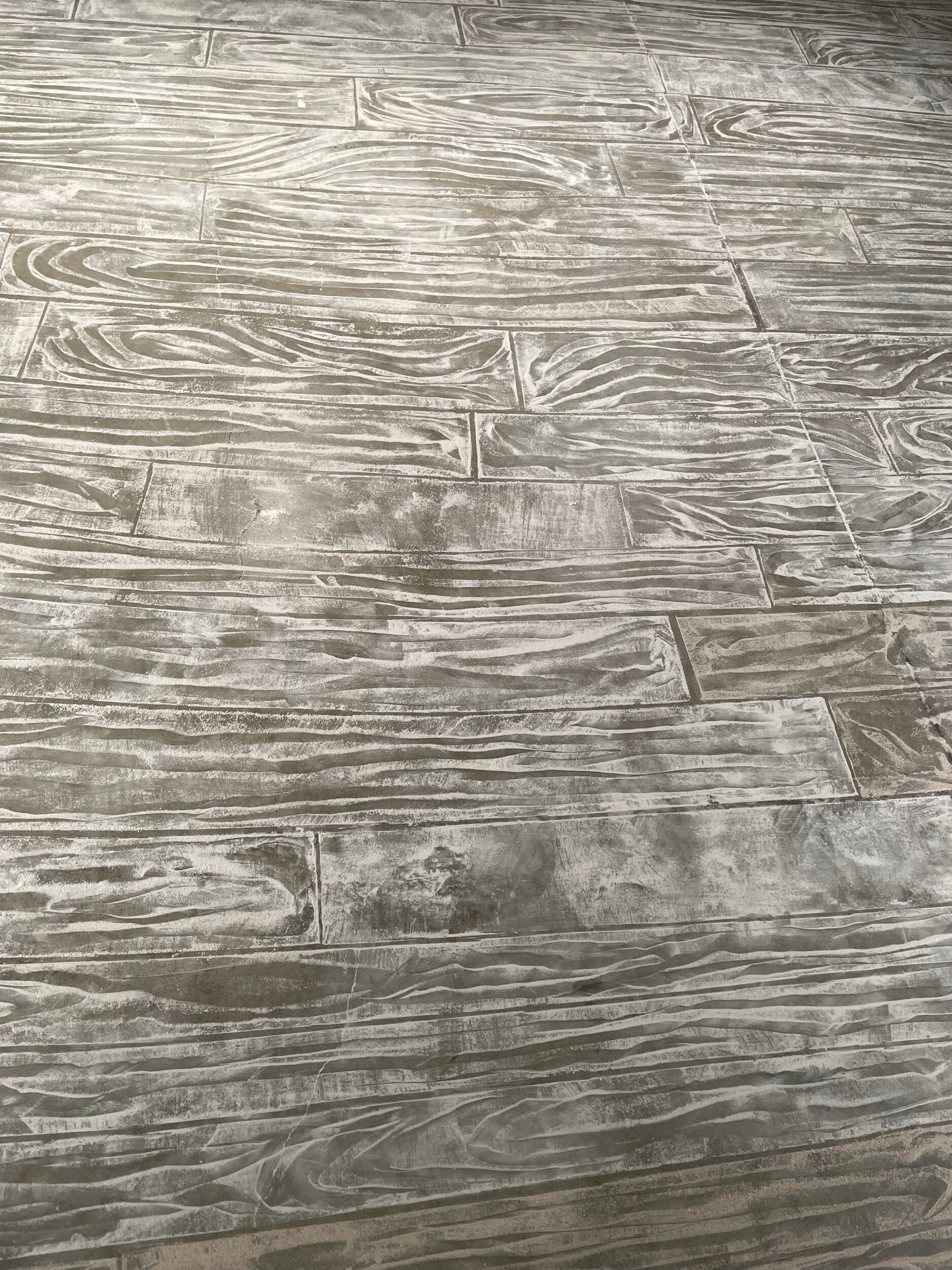
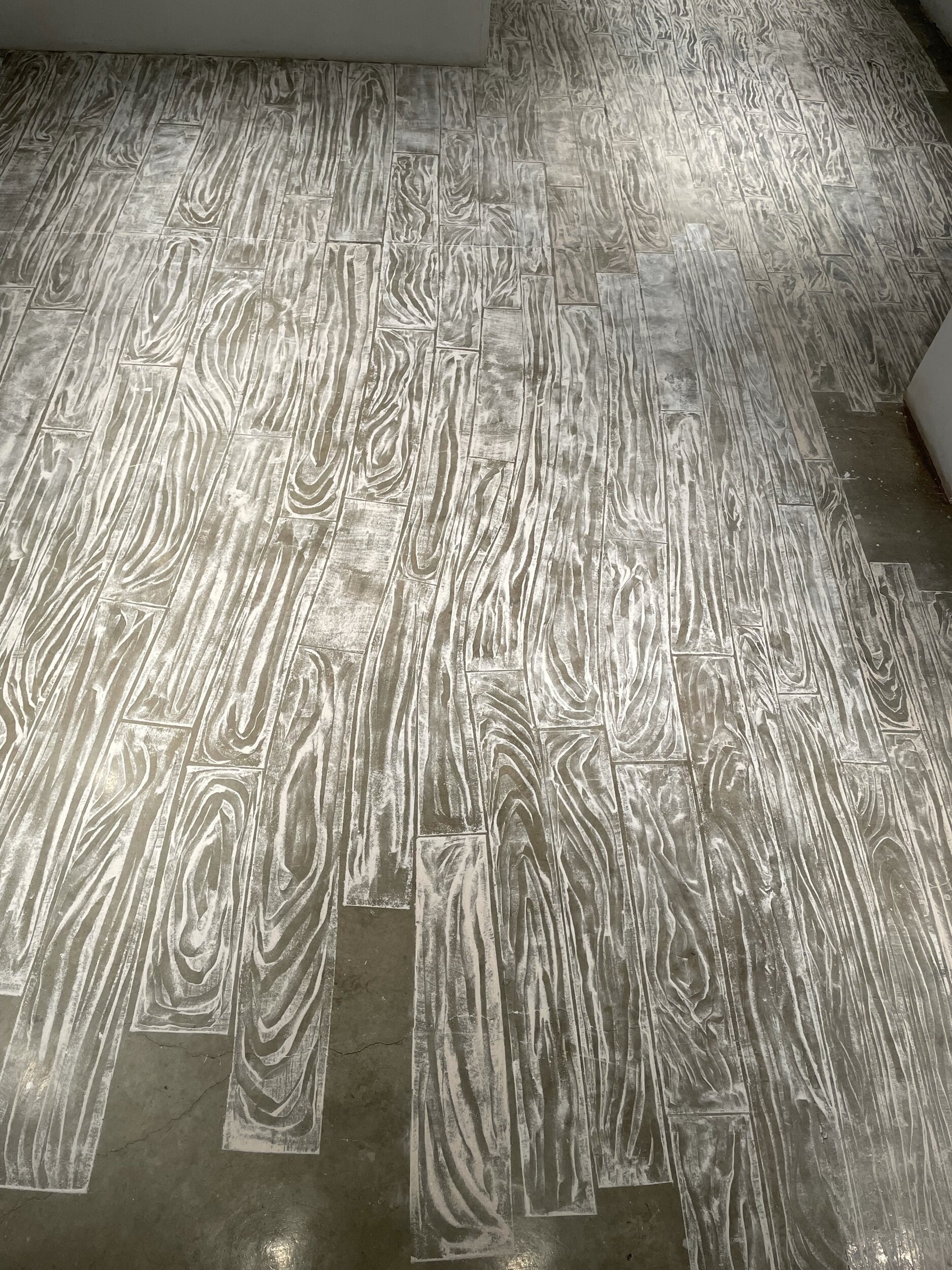

Ground Eggshells
October 2021, Virginia Commonwealth University
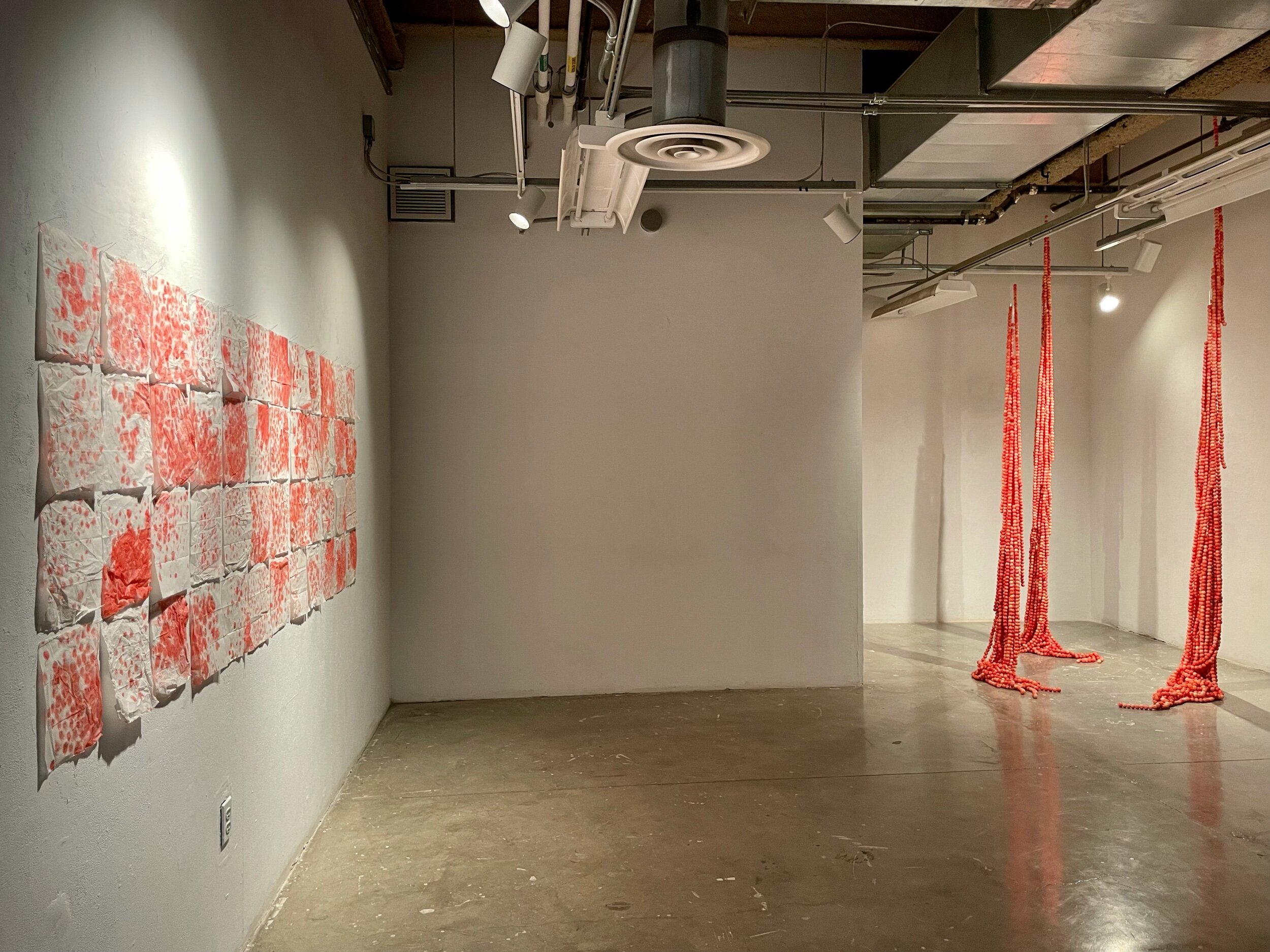

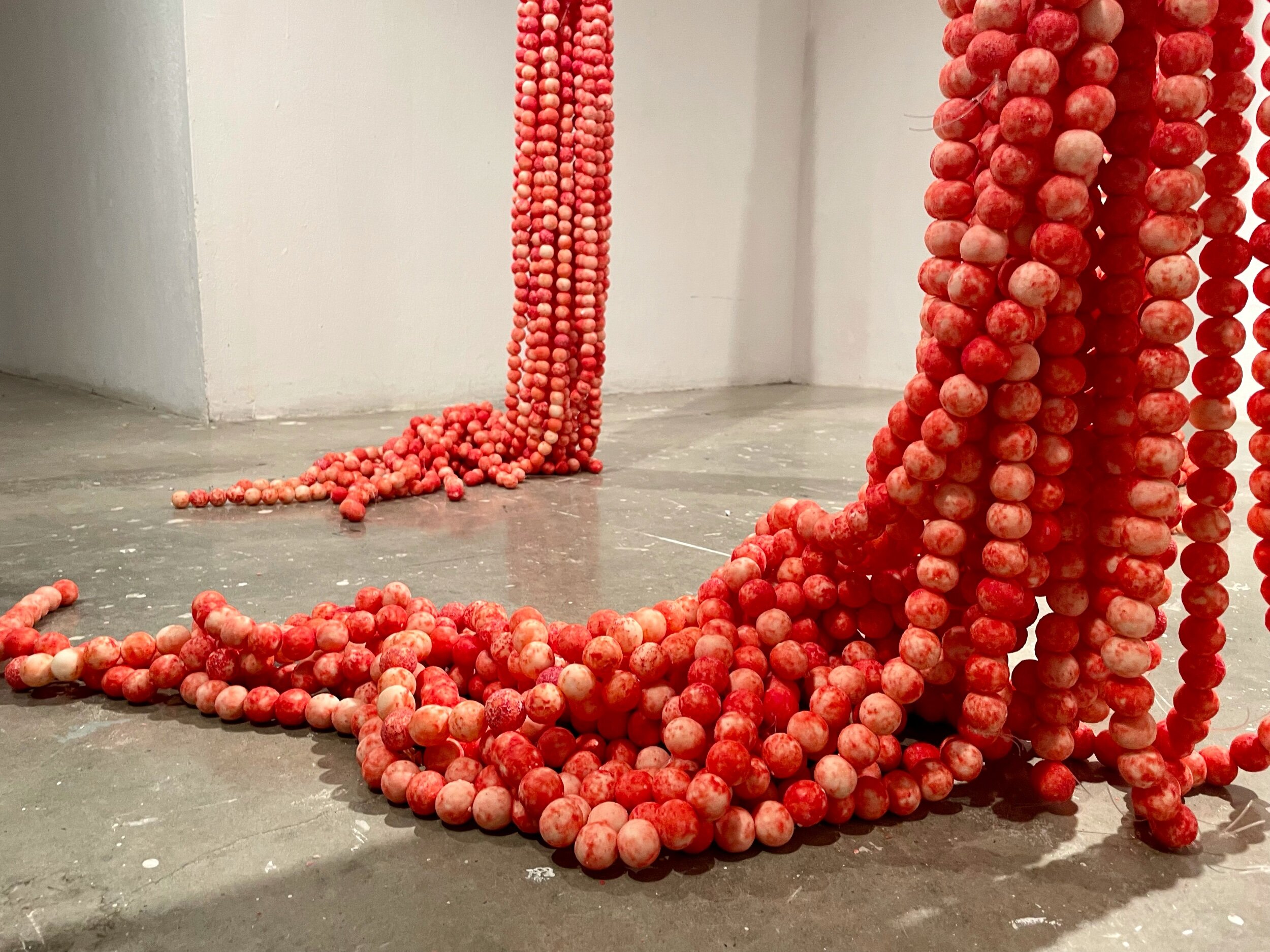
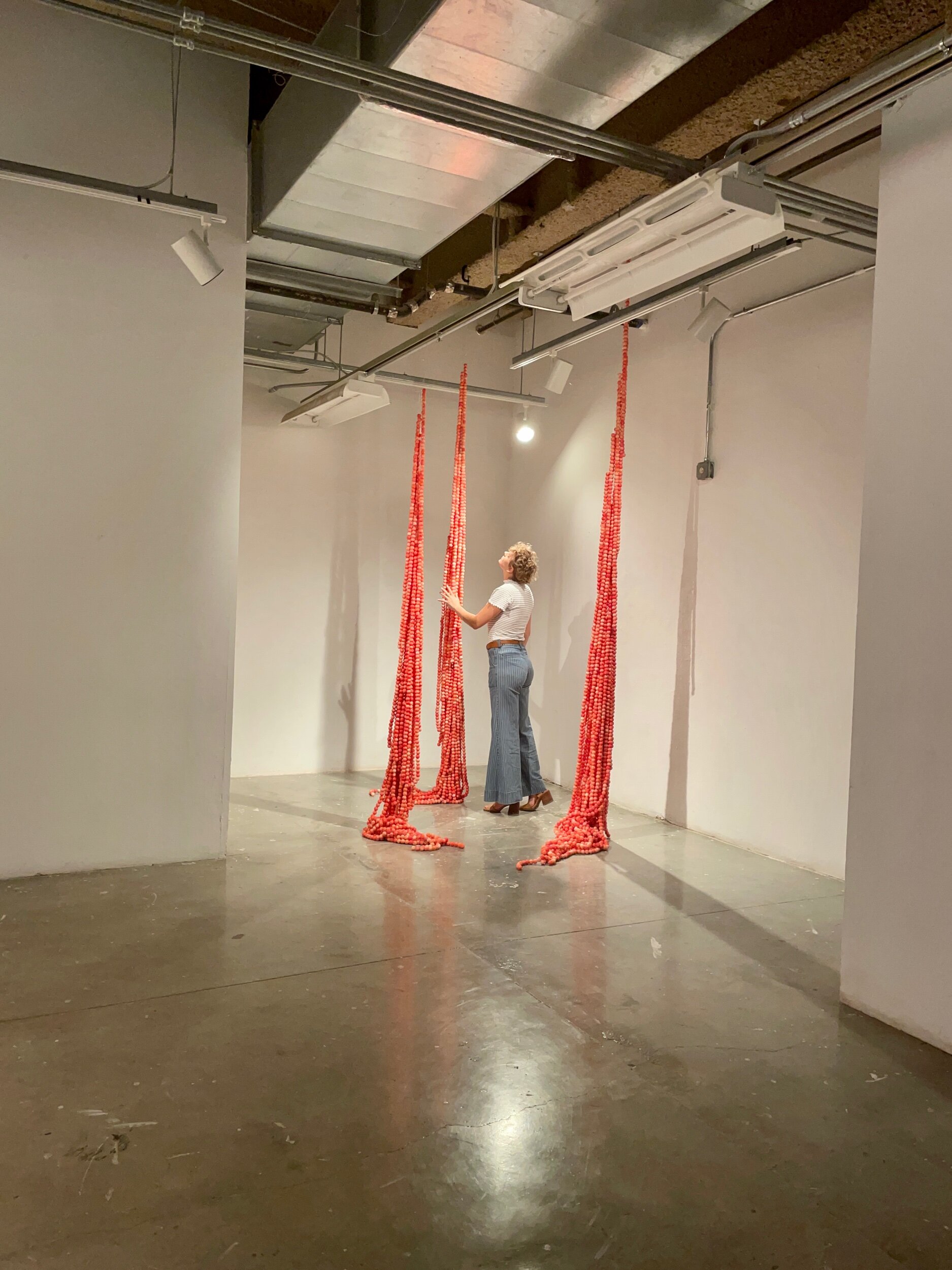
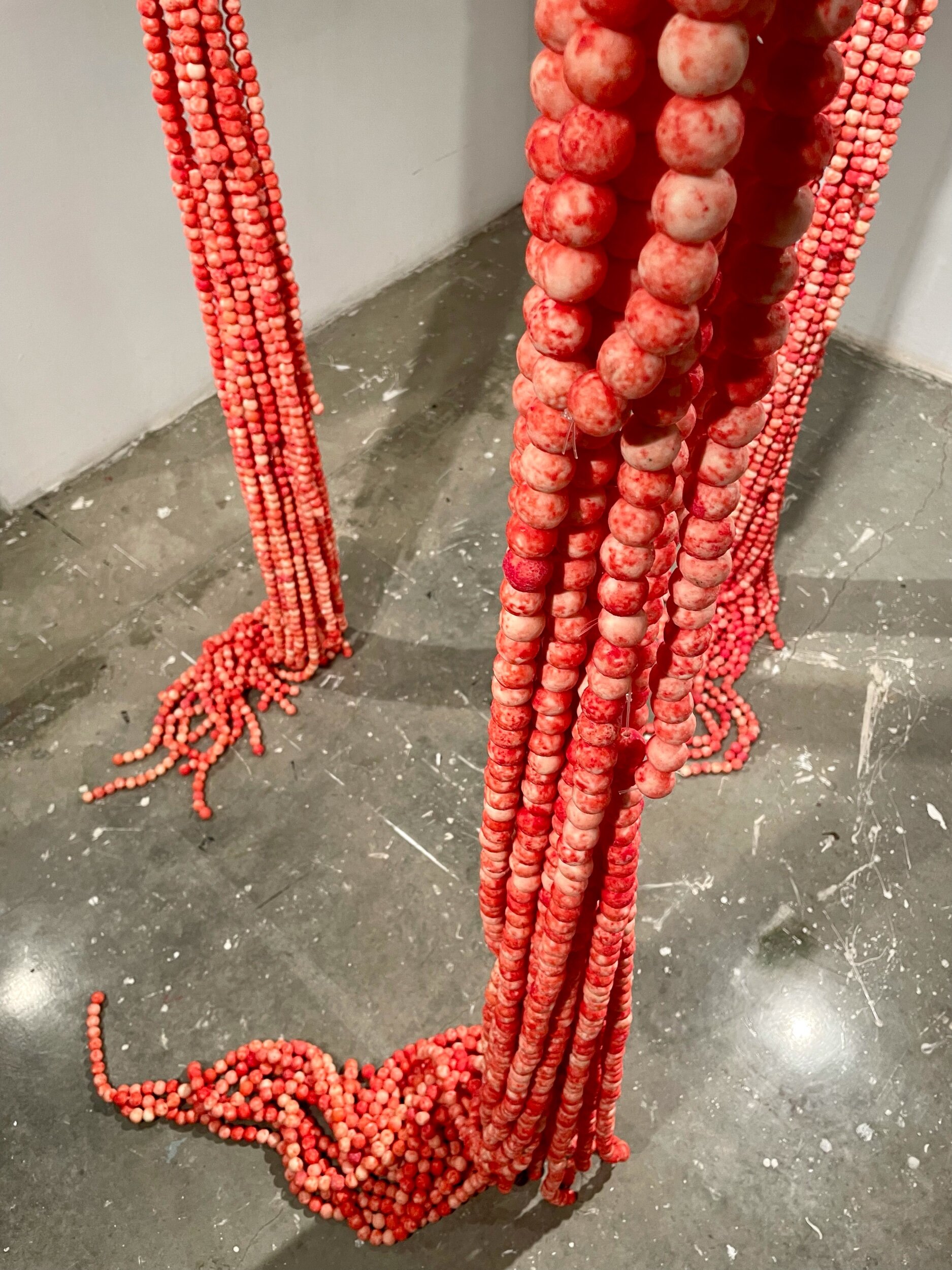
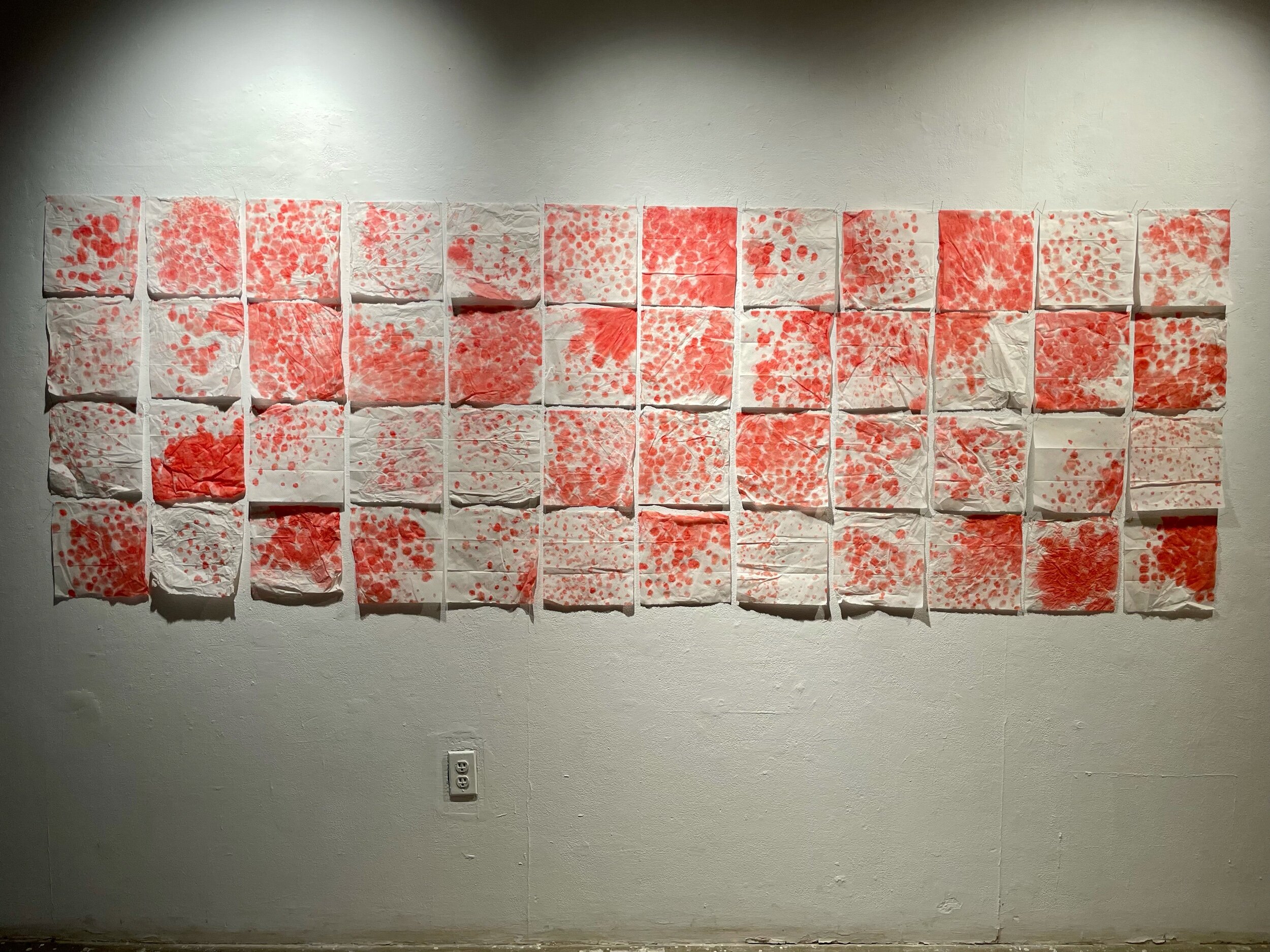
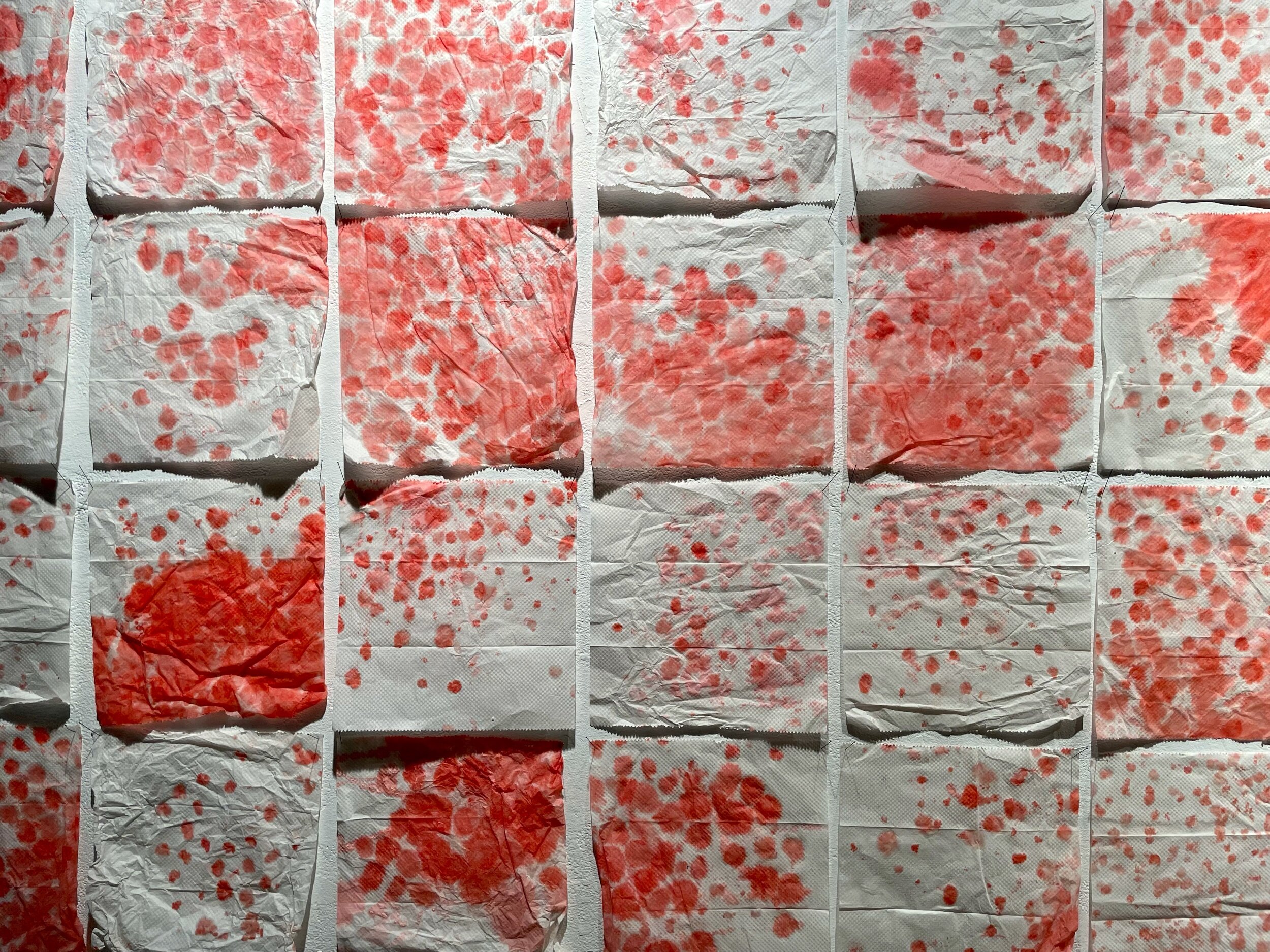
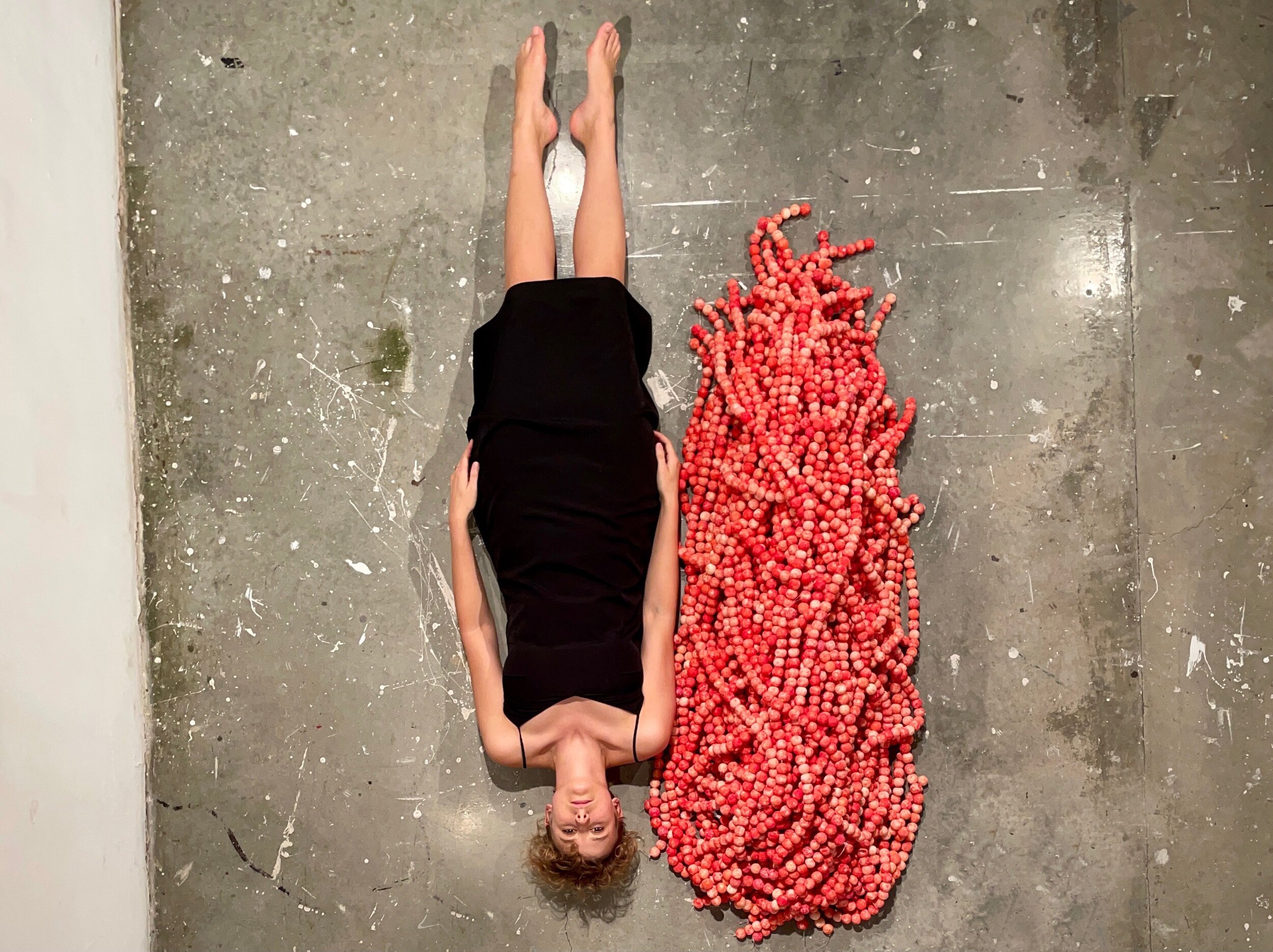
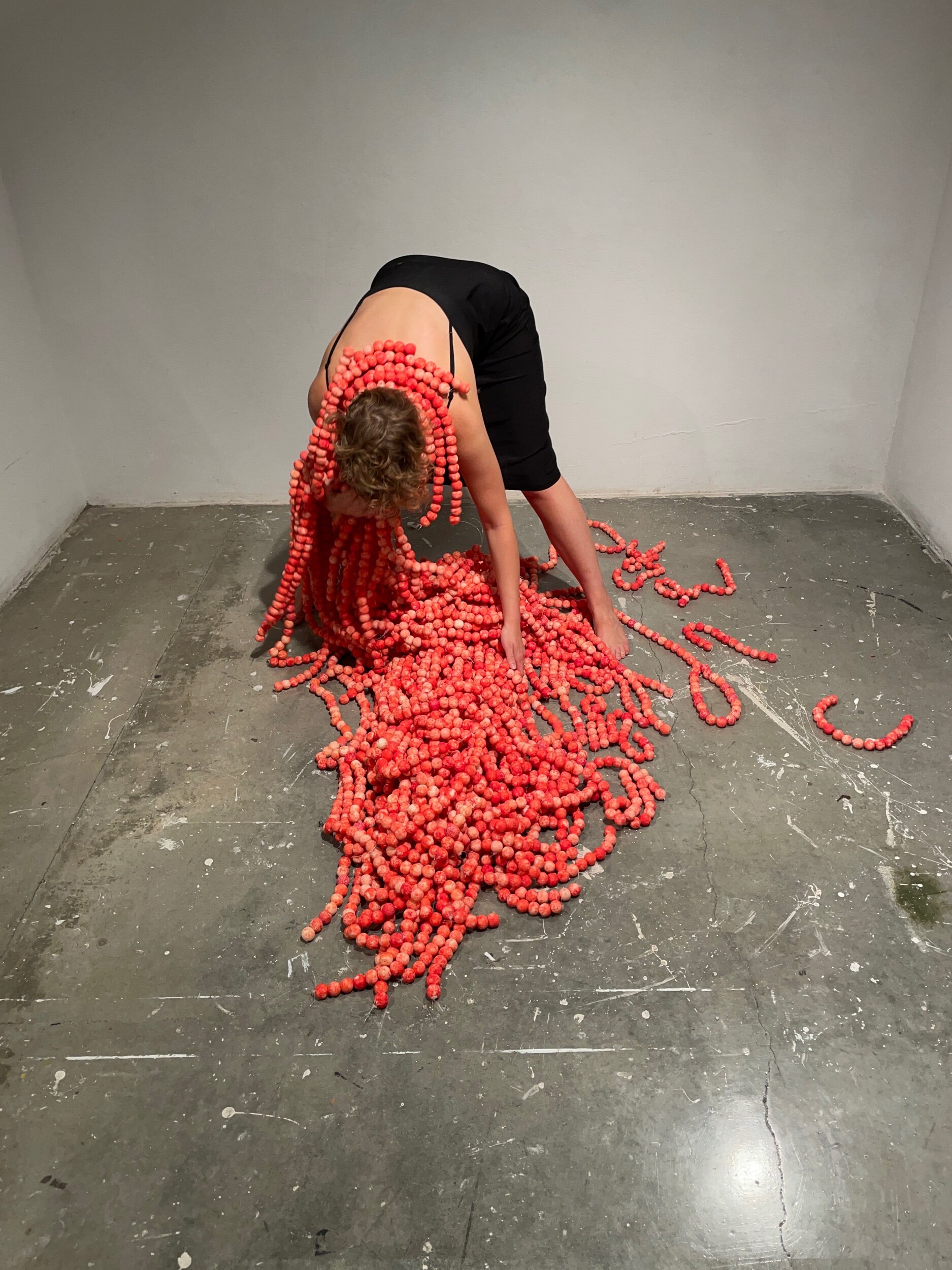
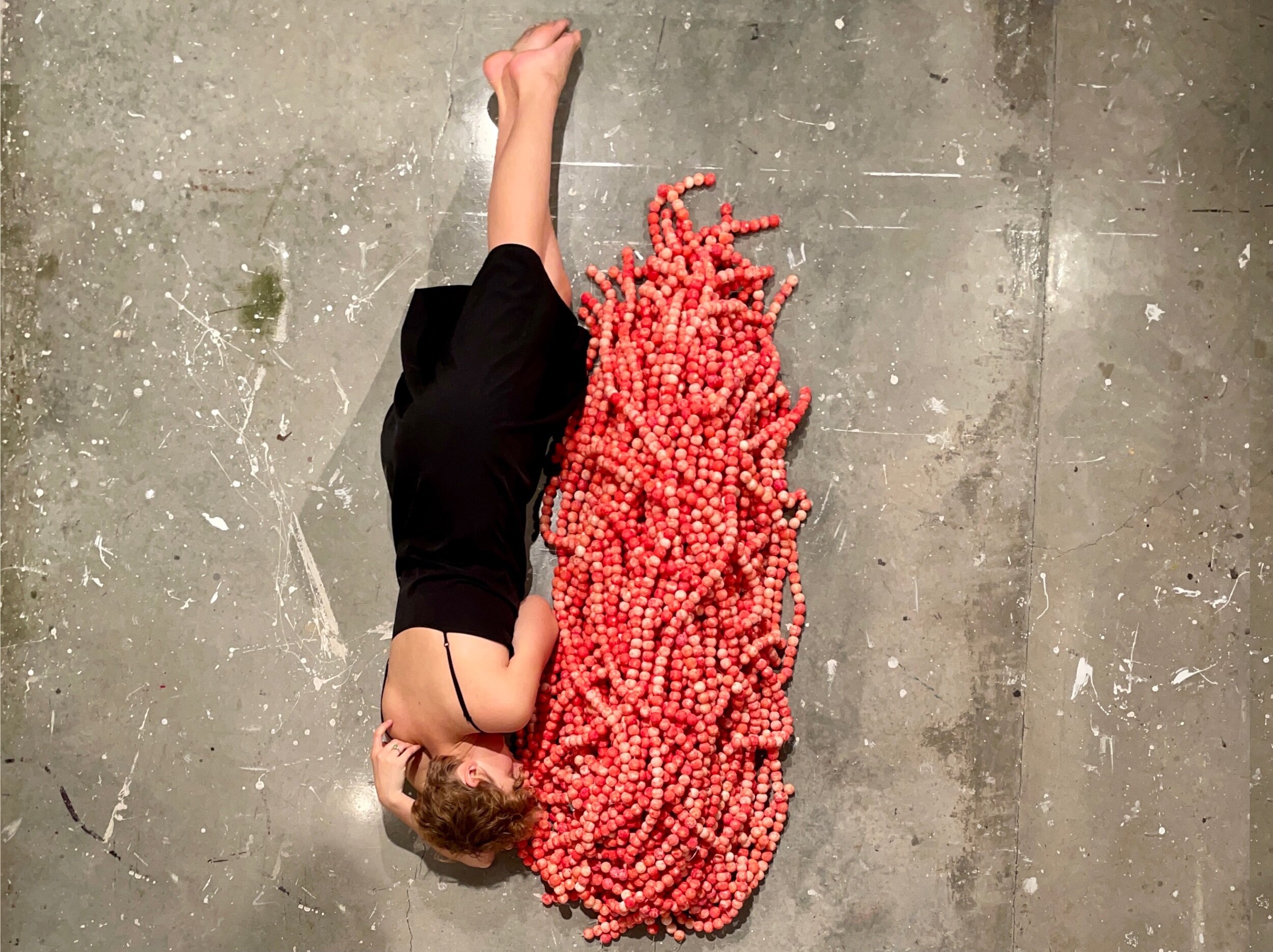
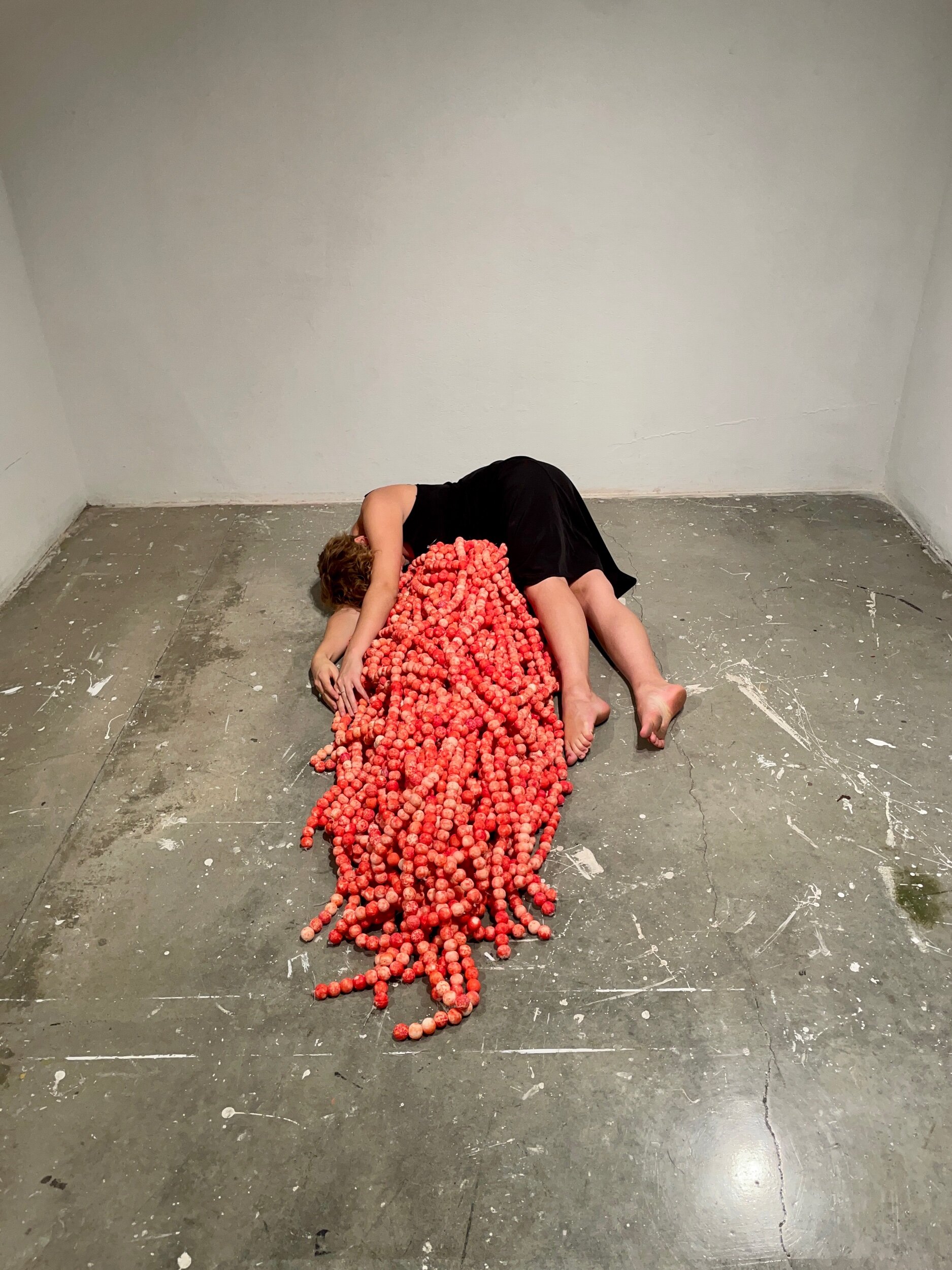
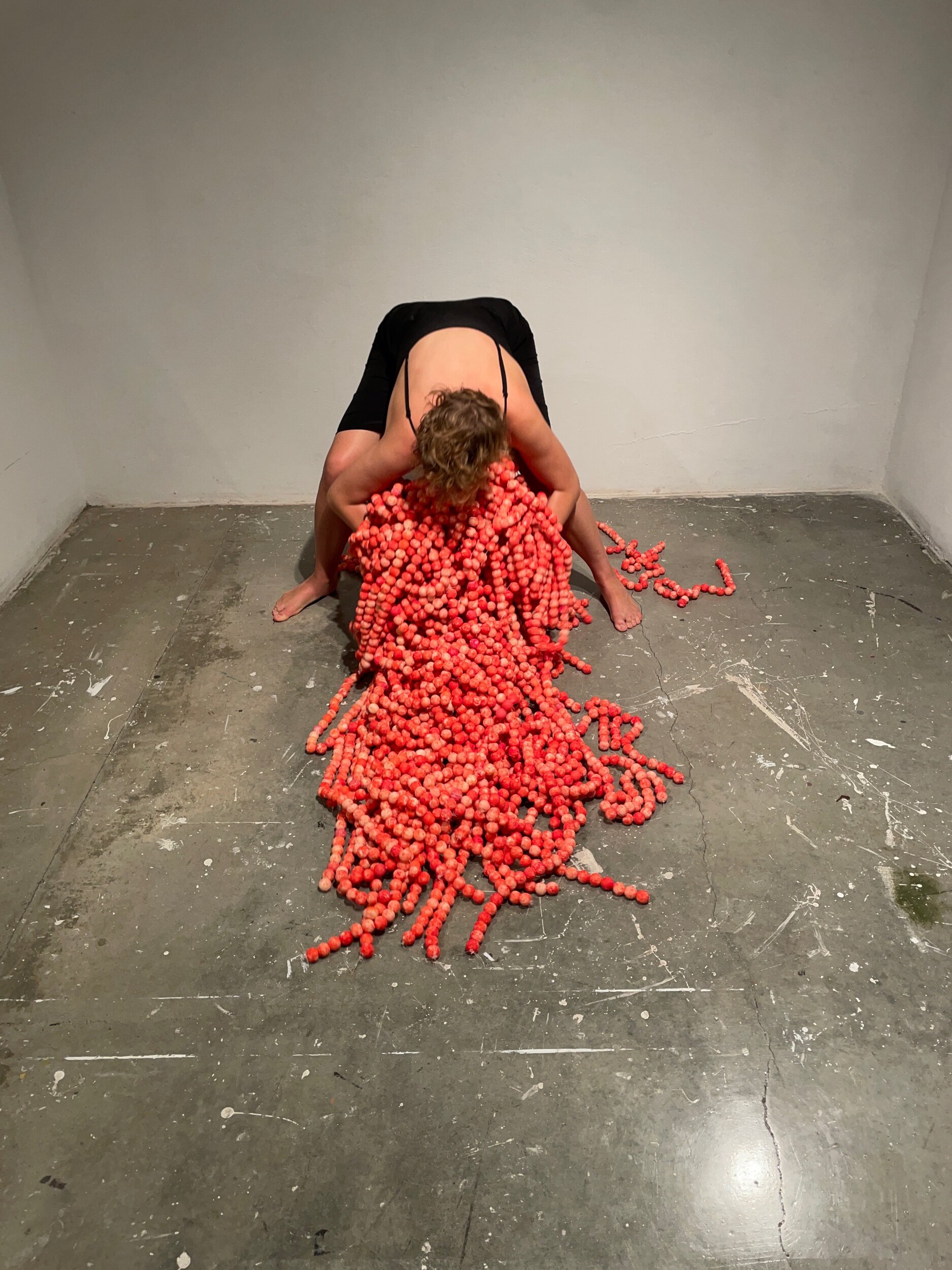
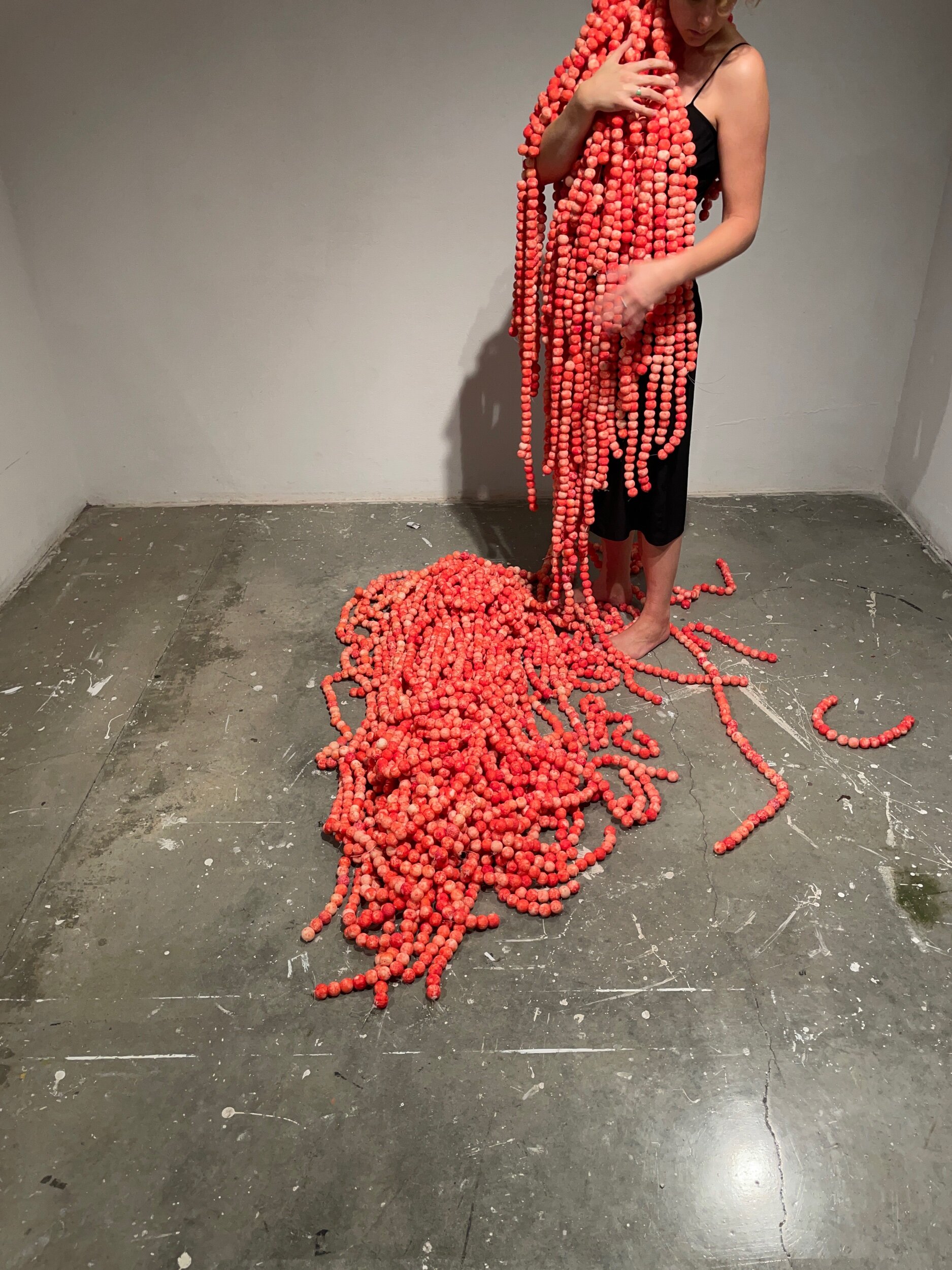

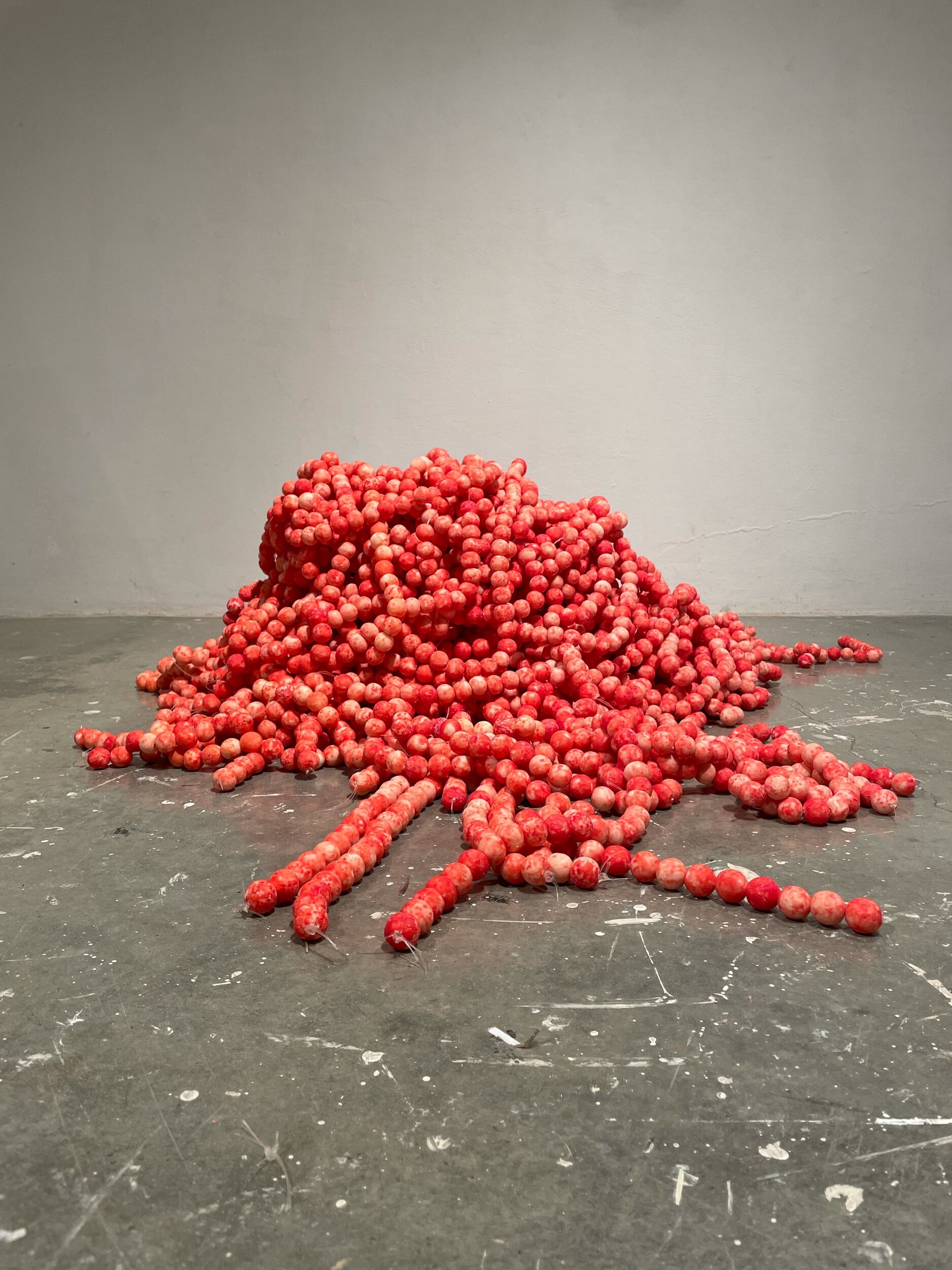
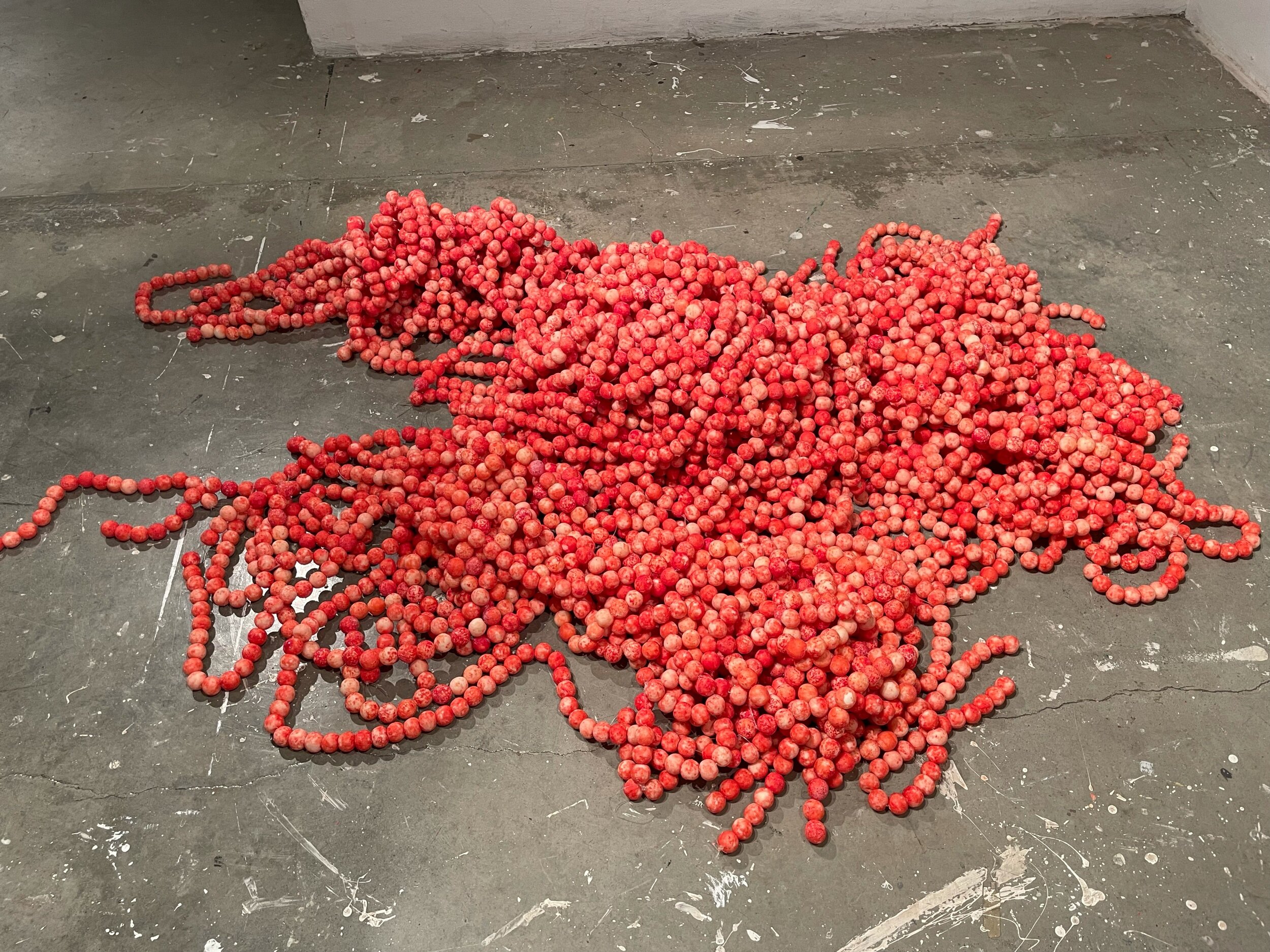

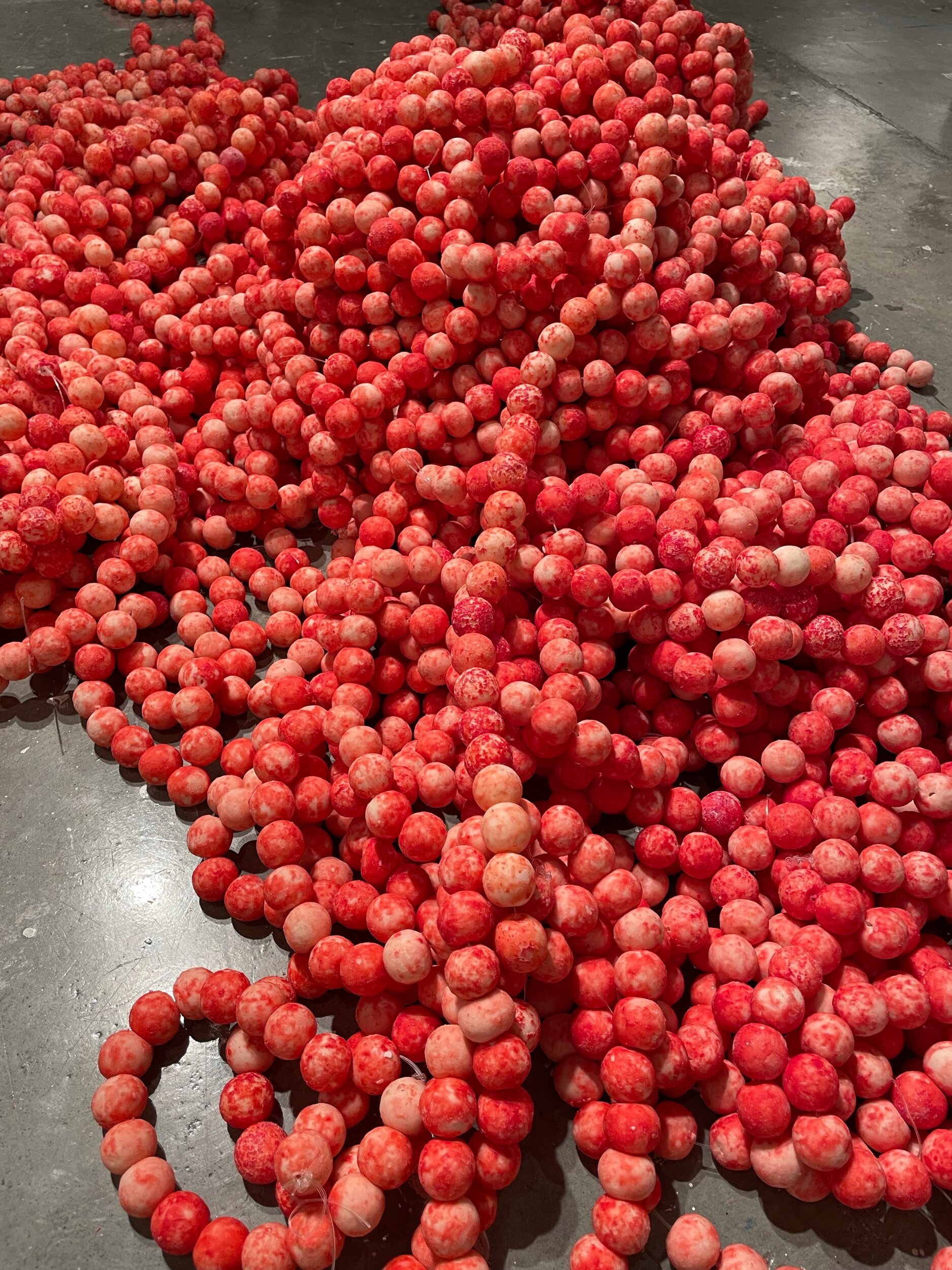
102 Pounds of Sucked on Gum Balls
September 2021, Virginia Commonwealth University

















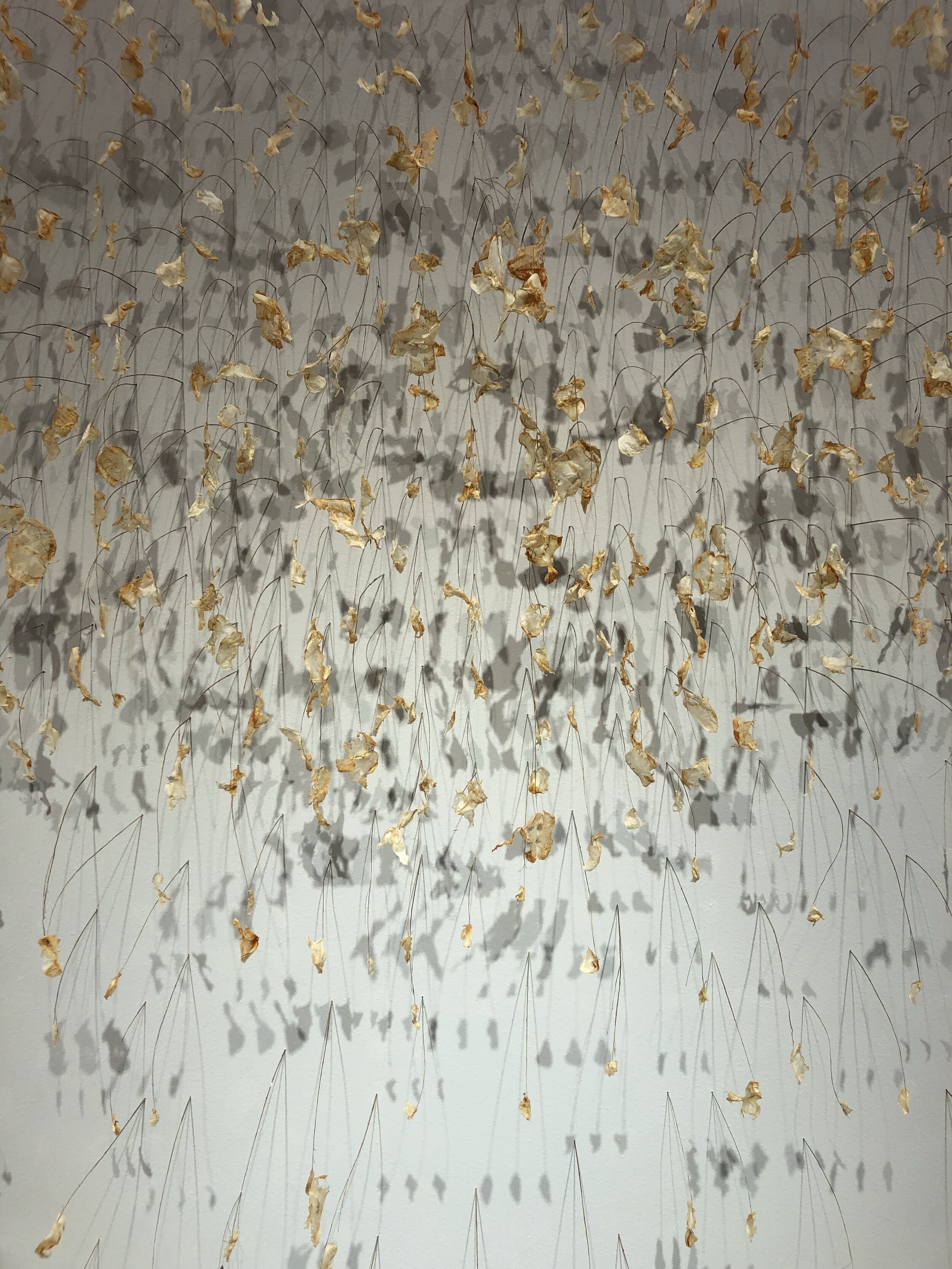

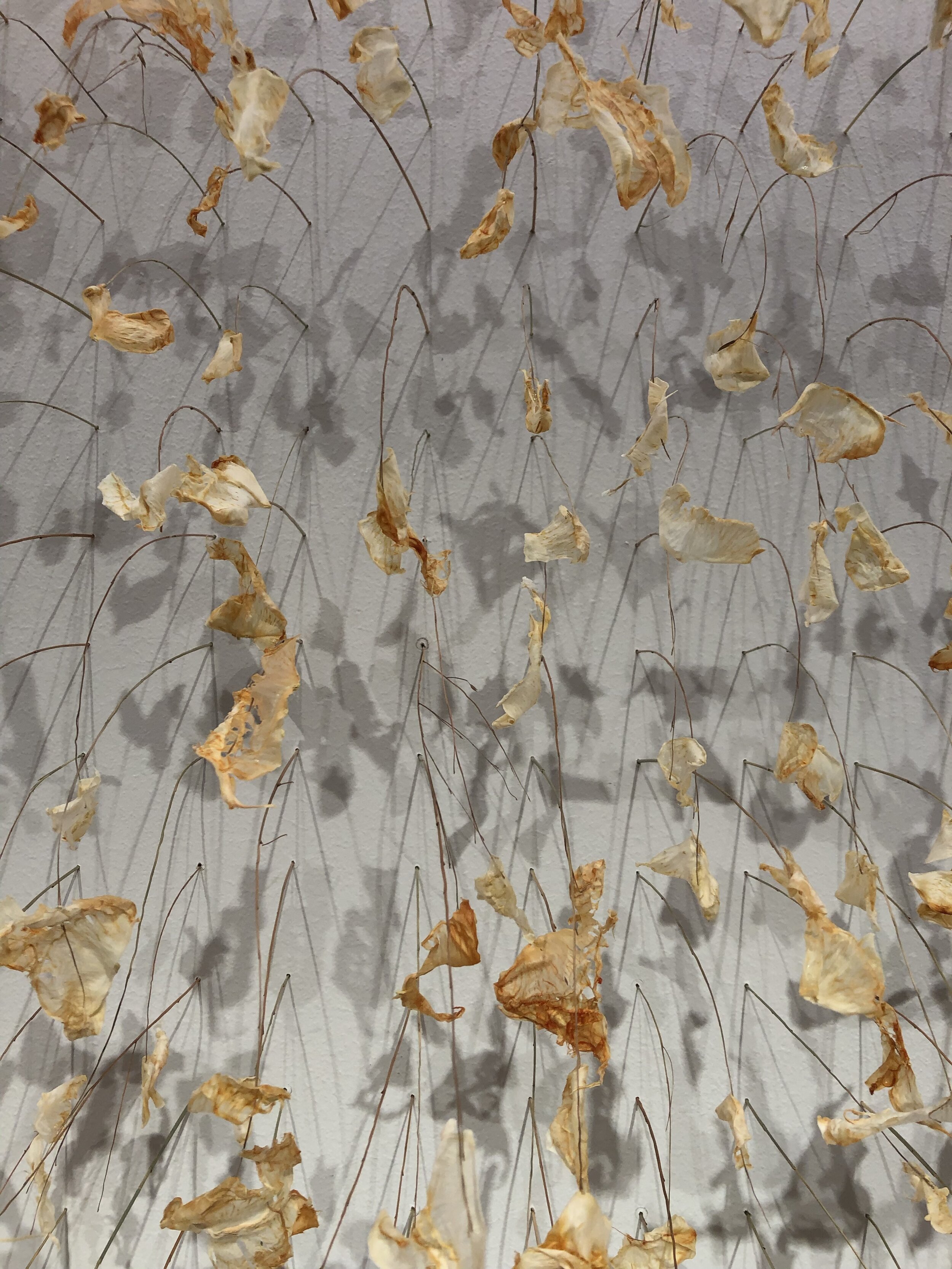

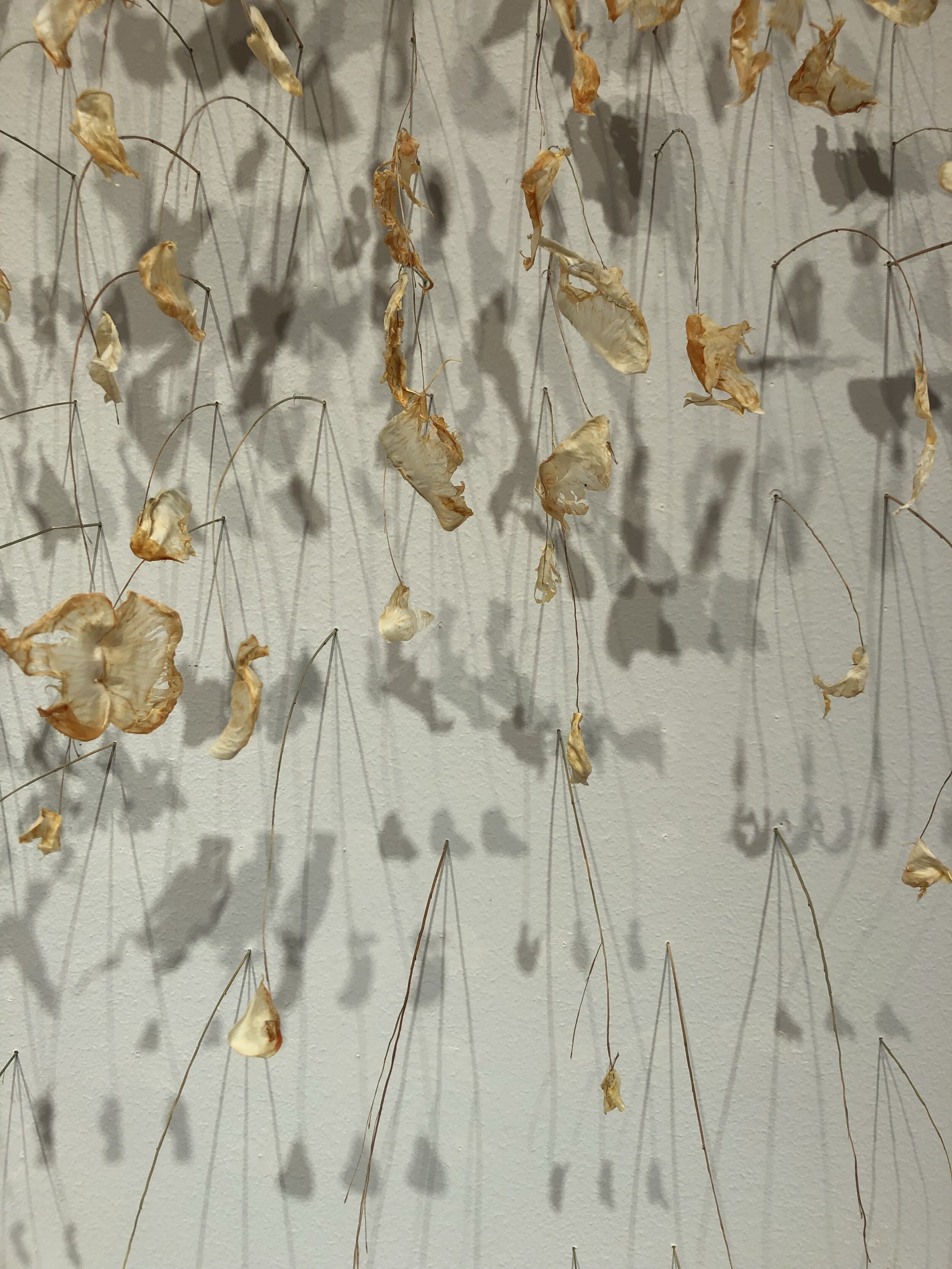
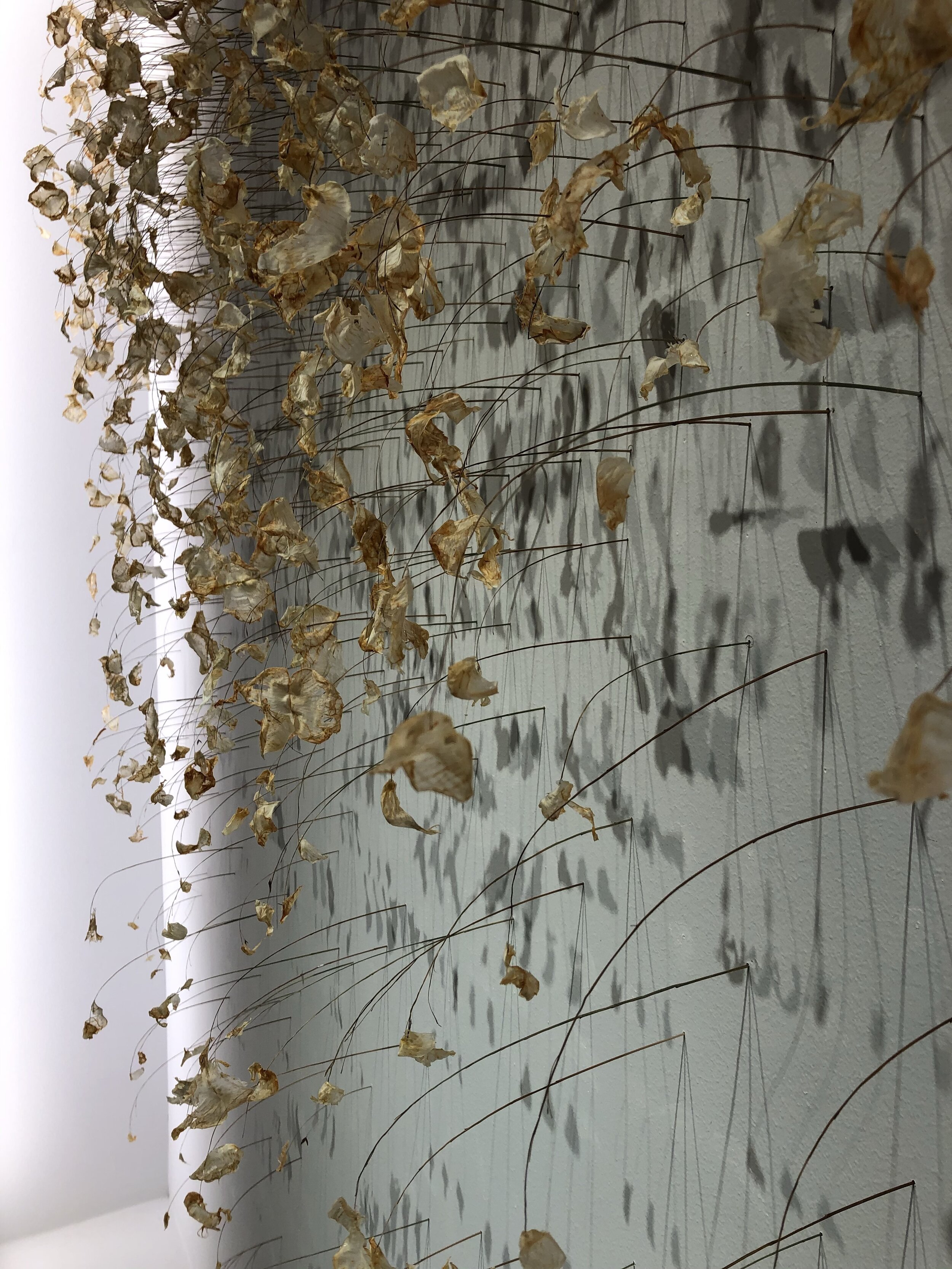
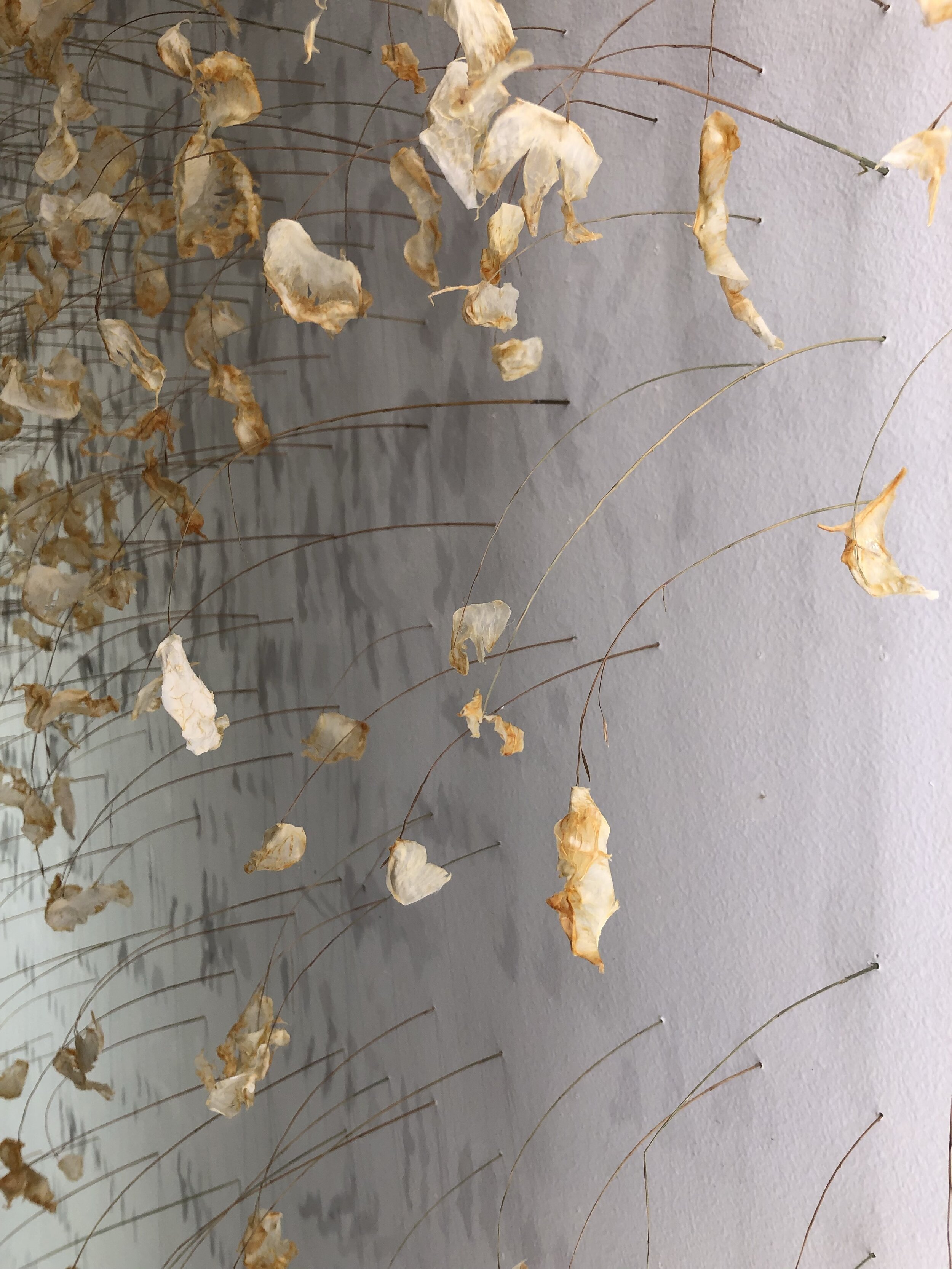
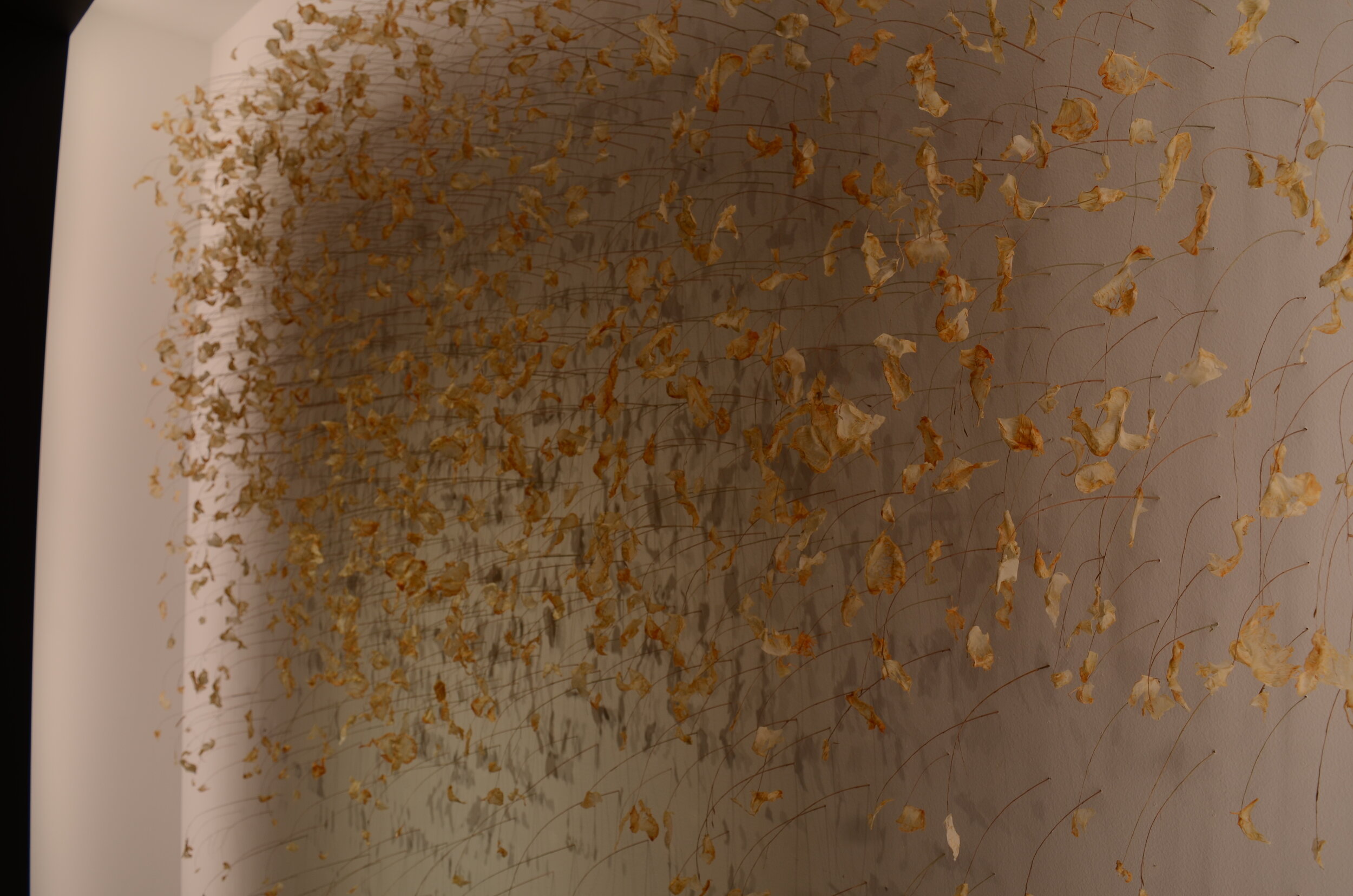



Petannynai, Dried Texas Ruby Red Grapefruit Membranes on Wood Oat Stems, 2x16’, First Installation: Dec. 2019, Houston Center for Contemporary Craft (Made possible by the expertise of Joe Graves), Second Installation: Kirksey Architectural Firm May-November 2020 — Houston, TX
Made possible by the expertise of Jacob Villalobos, Photos by Jacob Villalobos.
Petannynai is a Greek word meaning to spread out particularly pertaining to petals.
Through a process of meticulously eating and drying the membranes of hundreds of Ruby Red grapefruit segments, and harvesting 1,248 wood oat stems (both Texas native plants), this piece emerges. Each grapefruit membrane lives in a space of in-between, is it a flower petal? or something more sinister? Arranged in orderly rows, the tension between random variations in nature and human intervention is highlighted. This familiar field of flowers is visually delightful as it sways in the wake of someone passing by, but it grows increasingly strange as its rows become a graveyard, its shadows a gallows of hanging bodies, and its petals an uneasy collection of flesh.



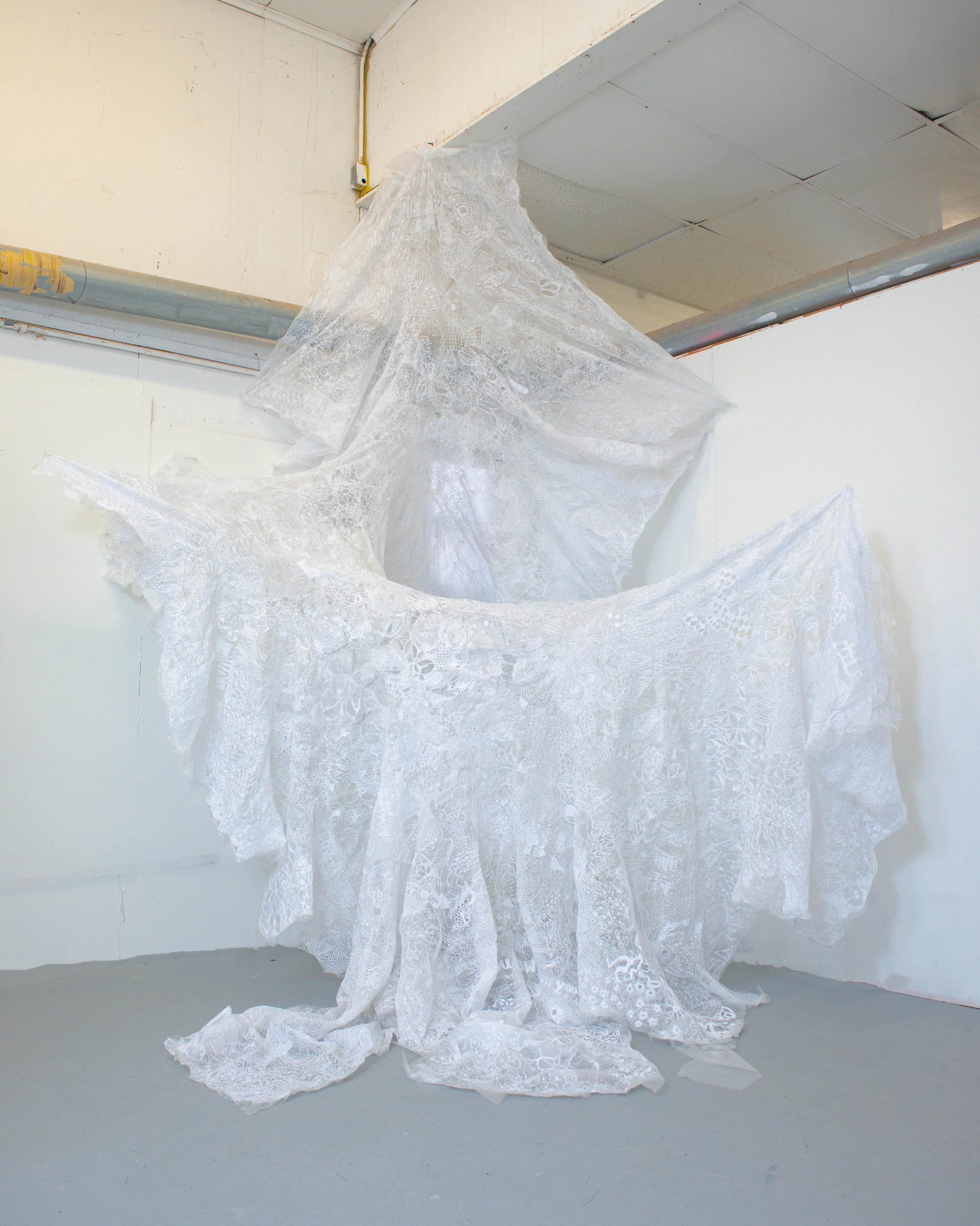
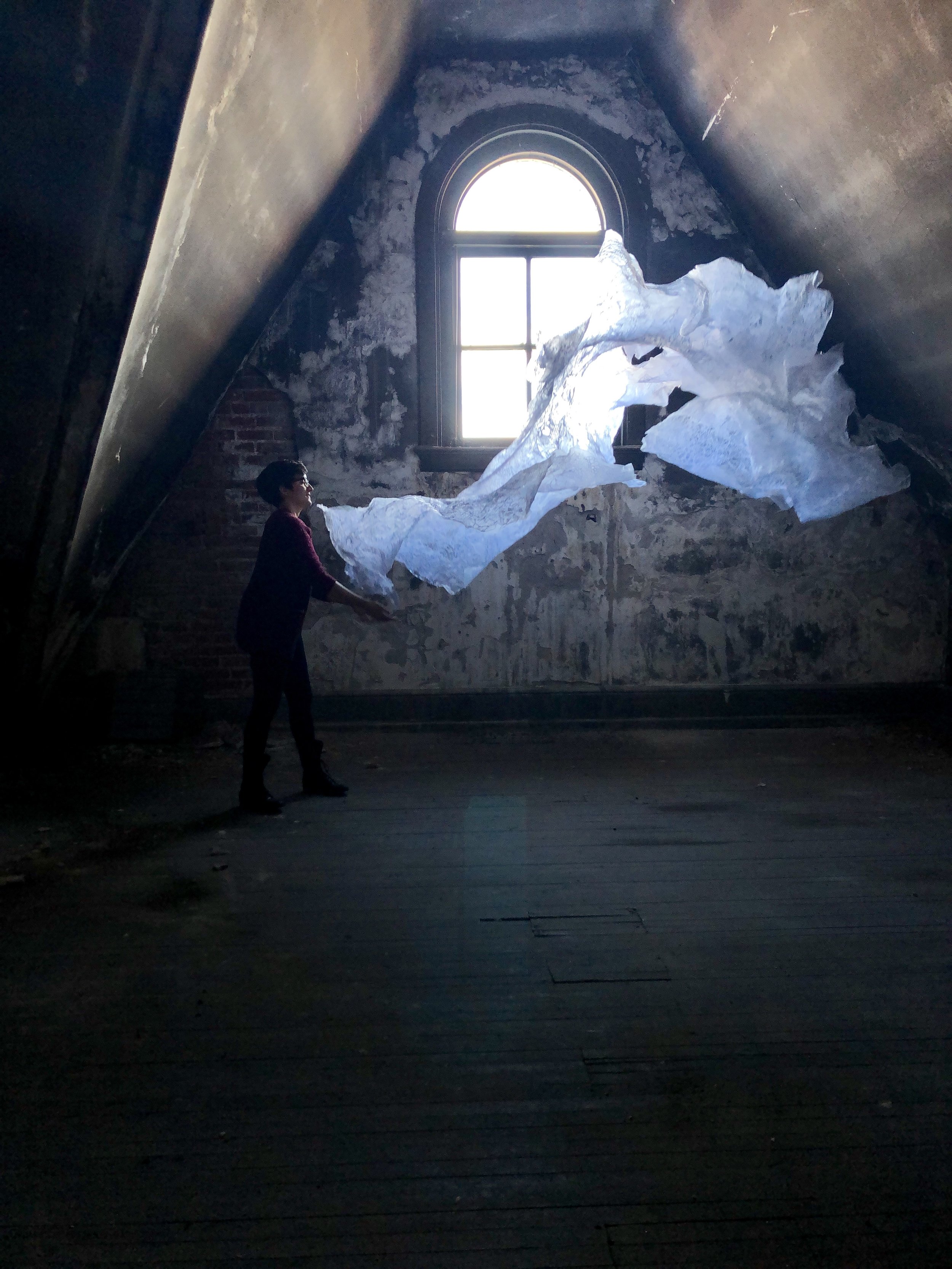
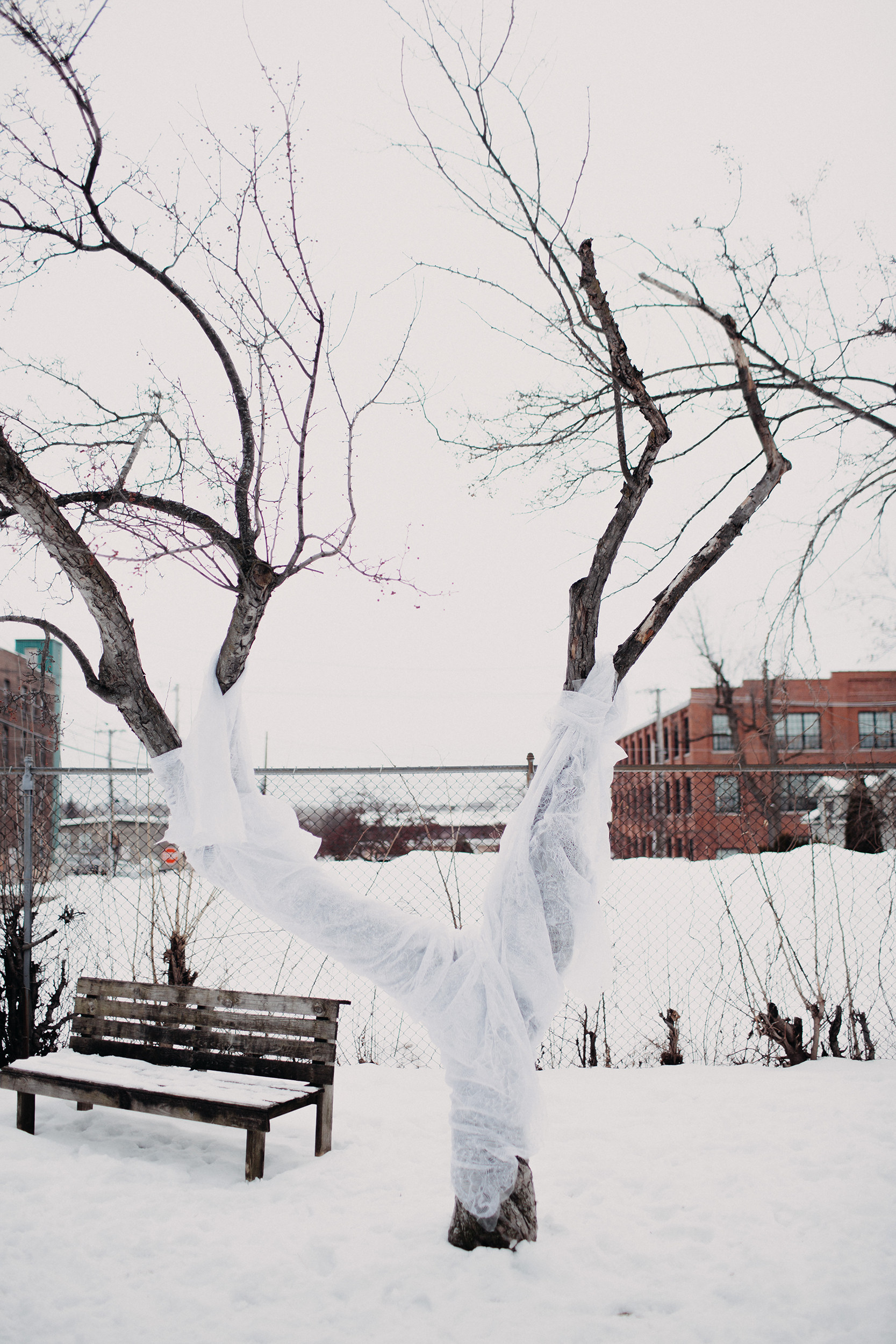

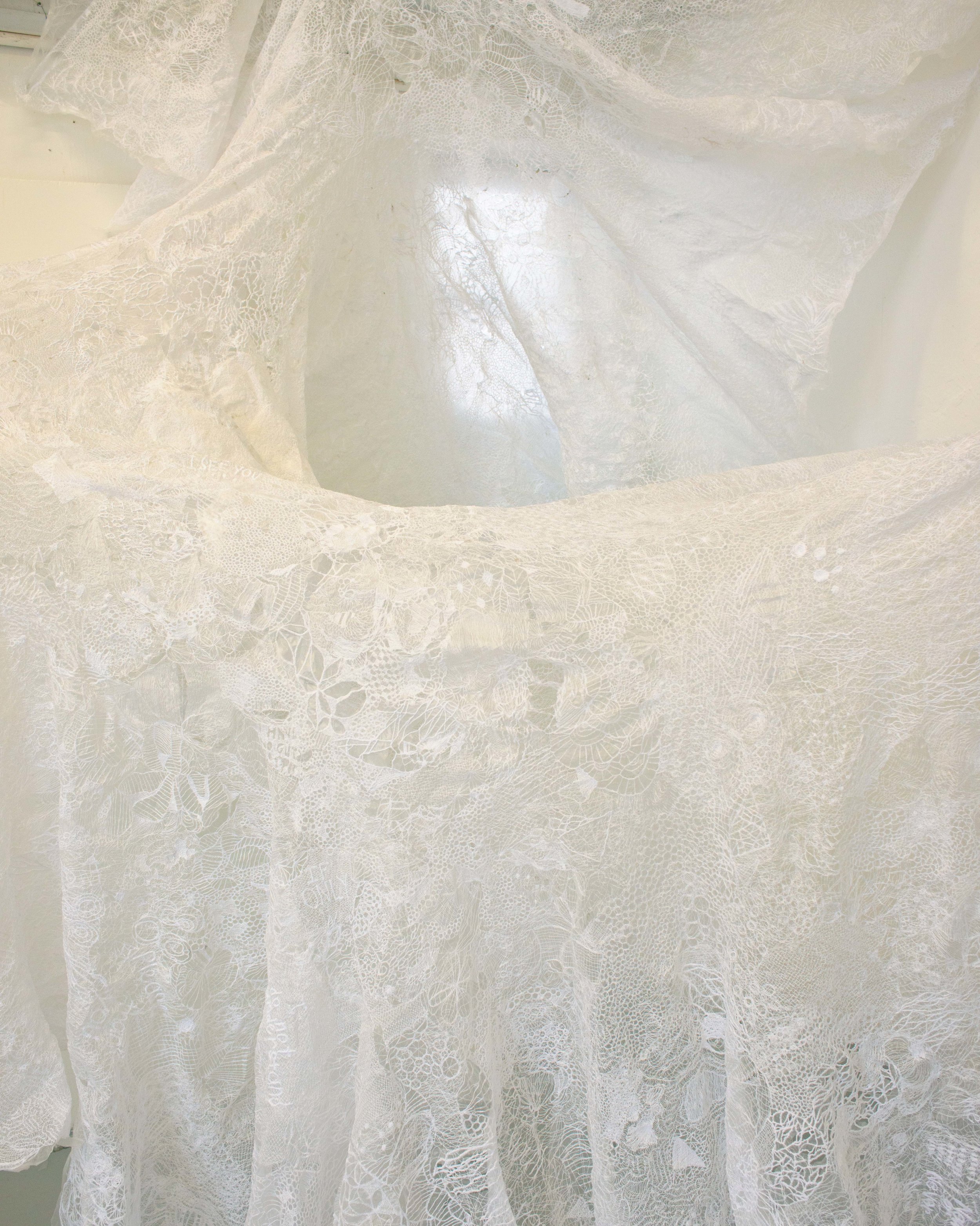

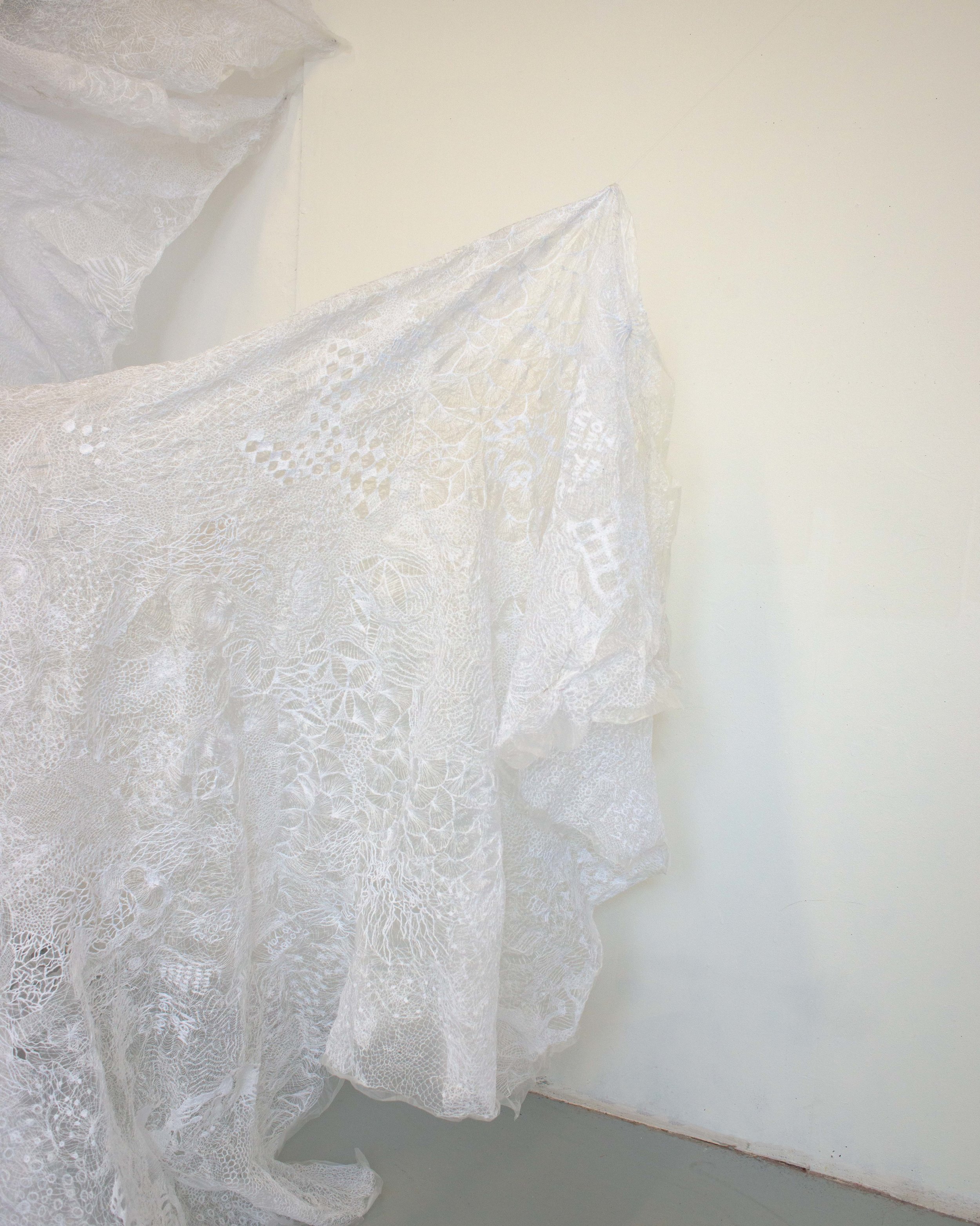
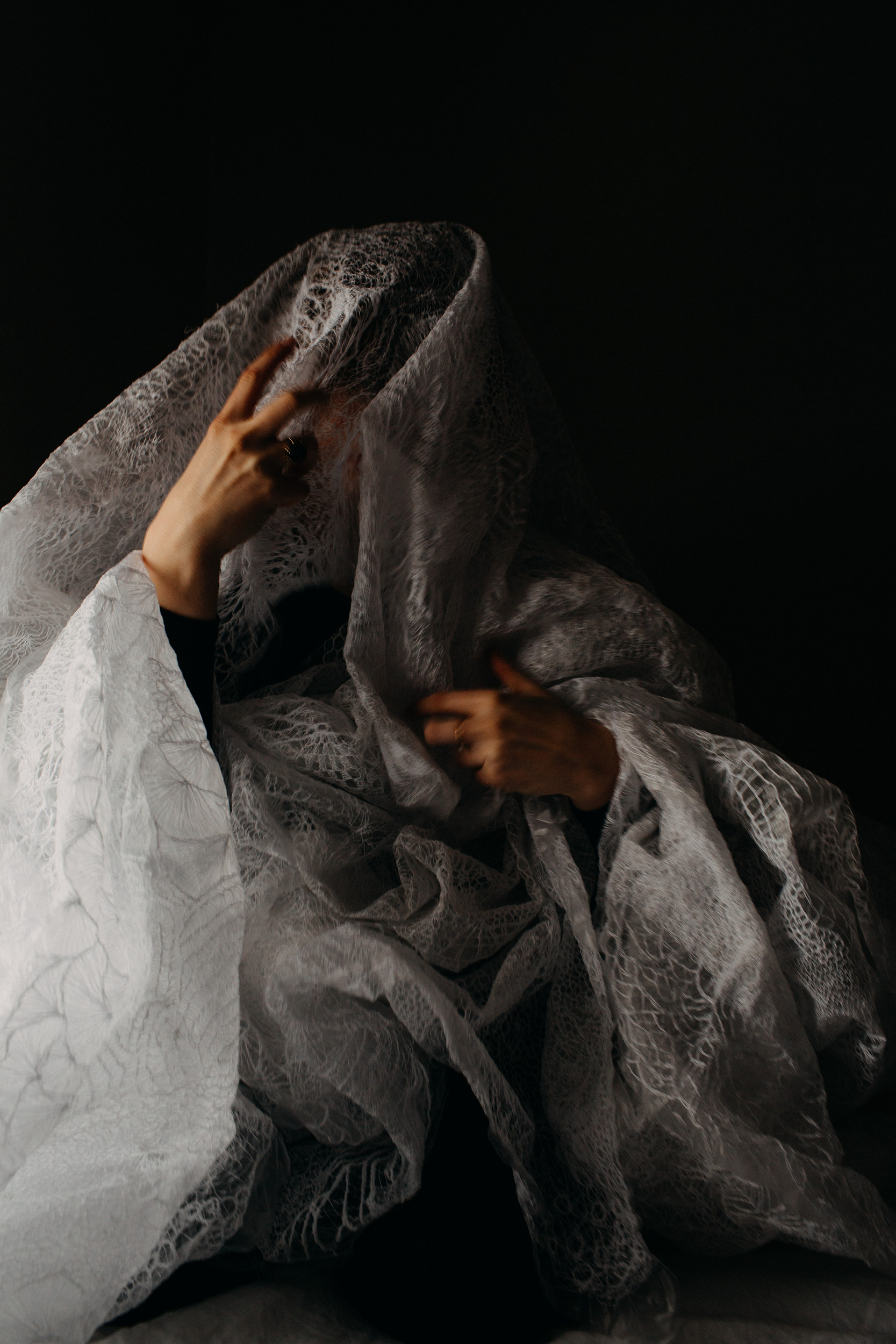
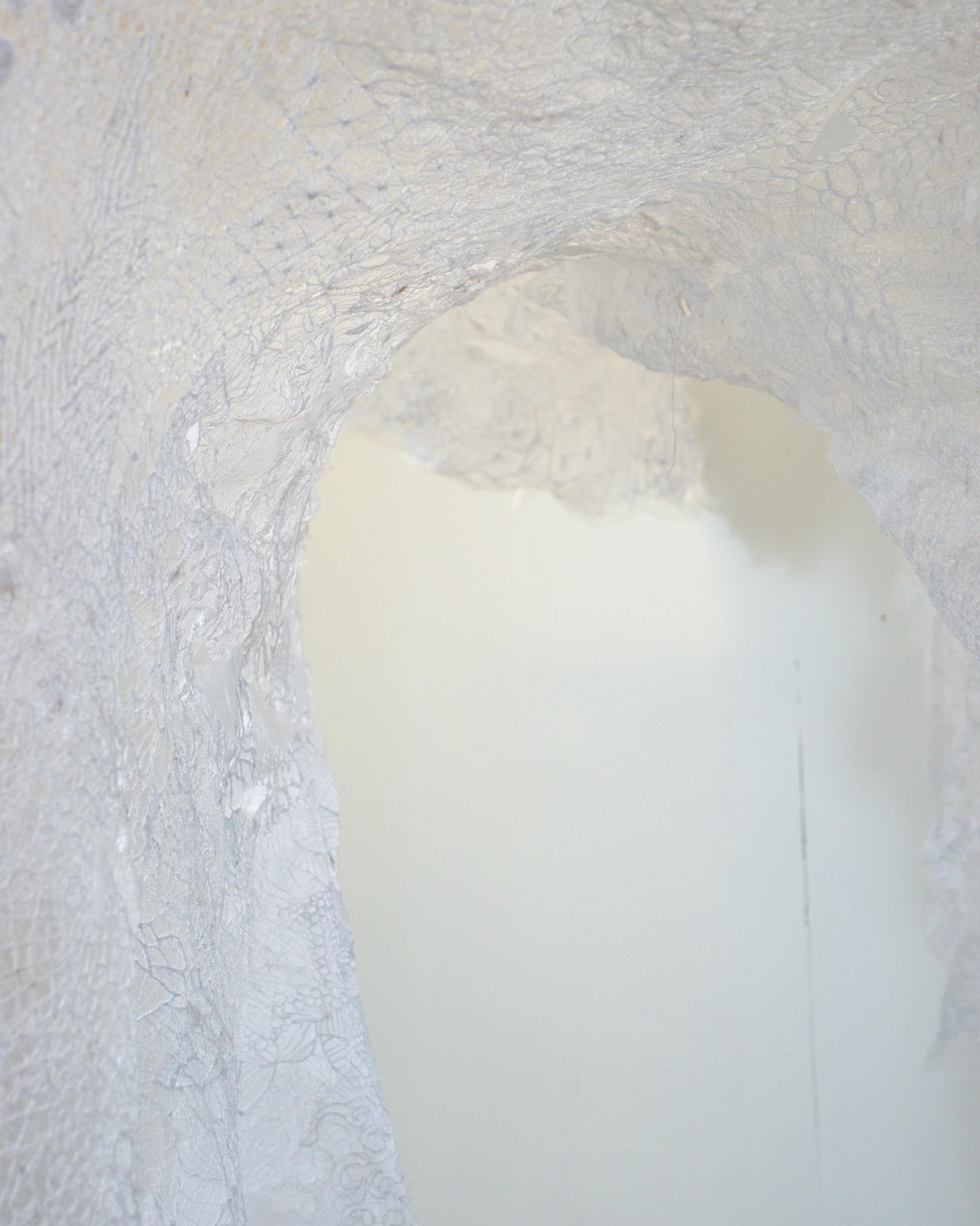

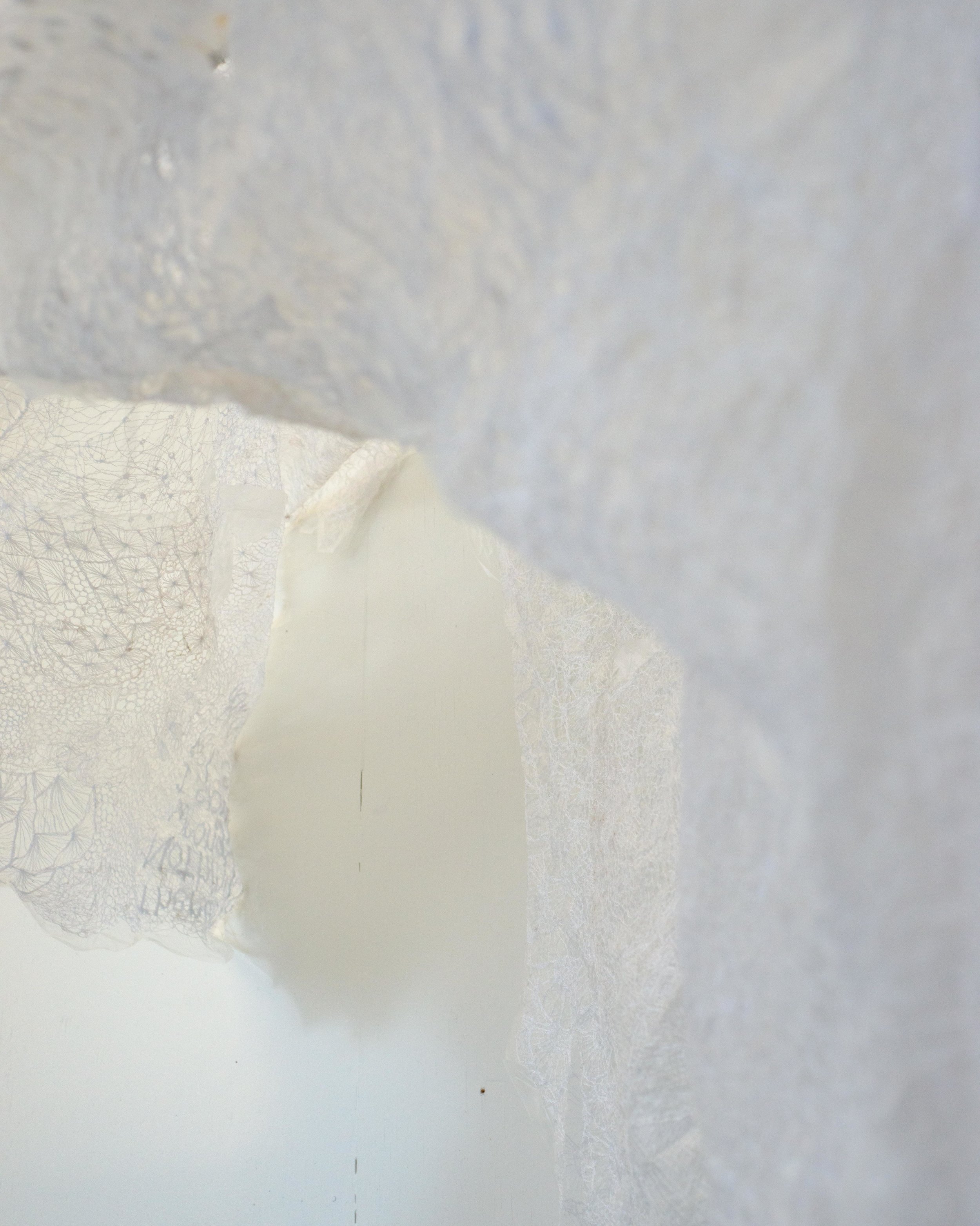
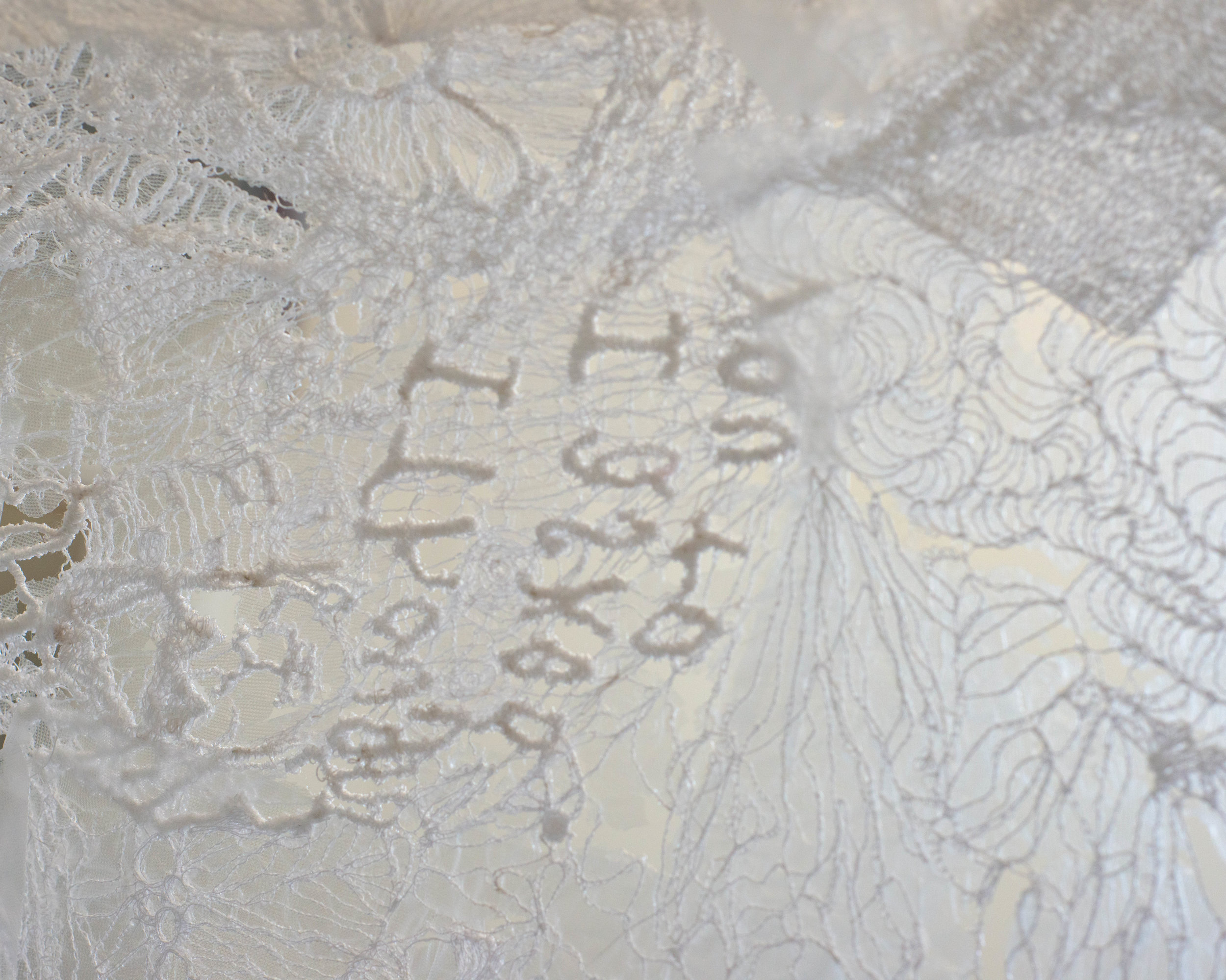

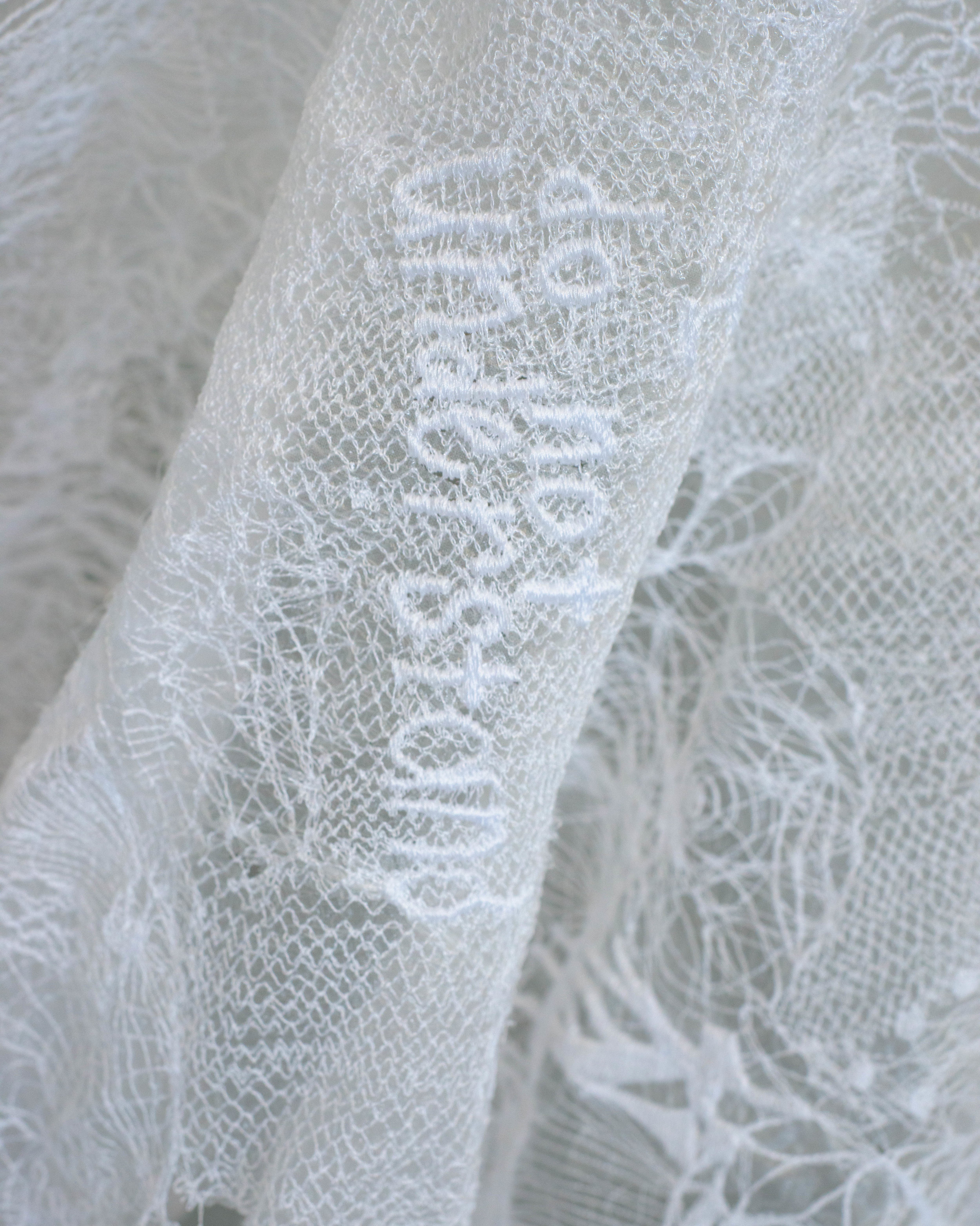


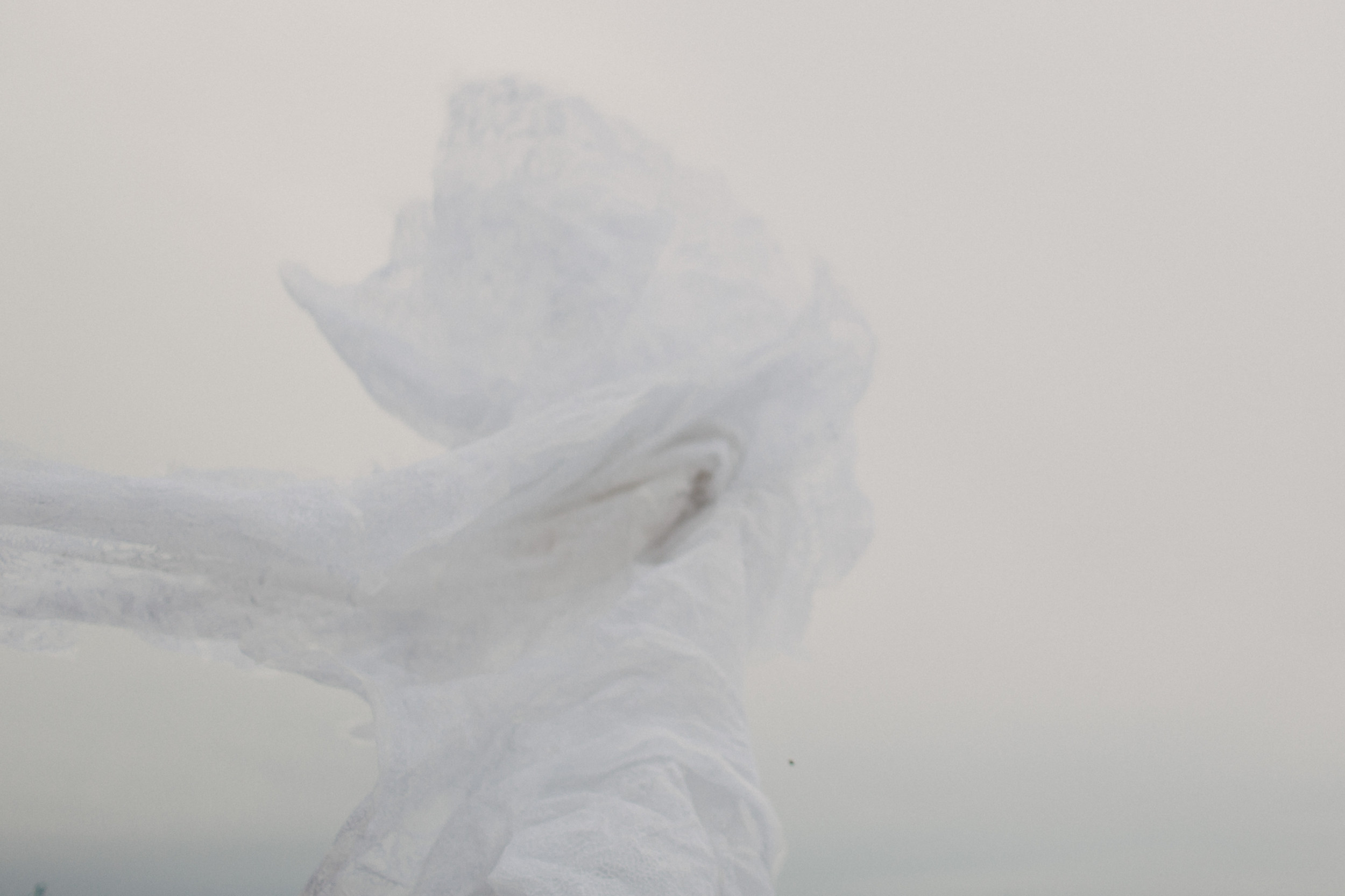

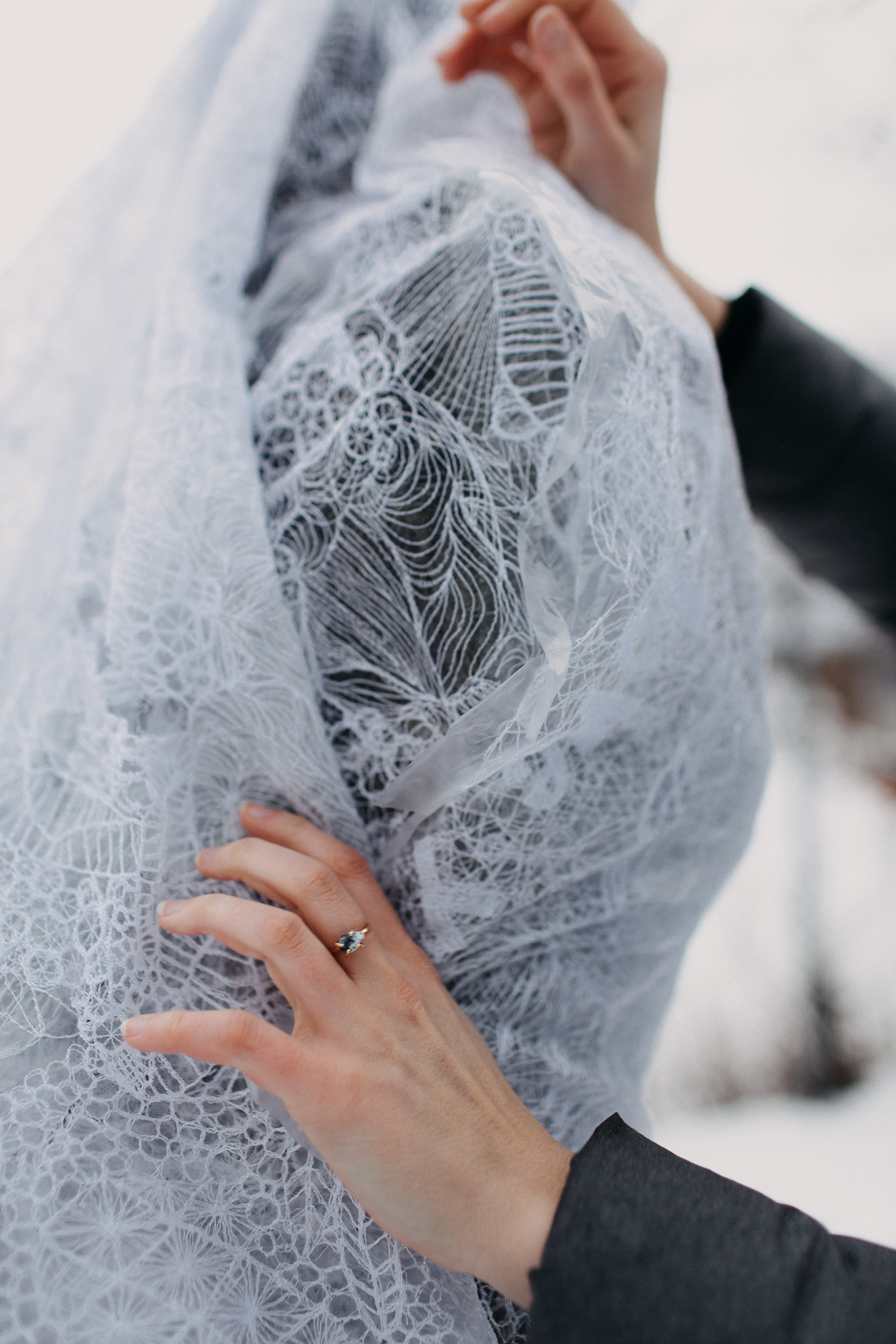
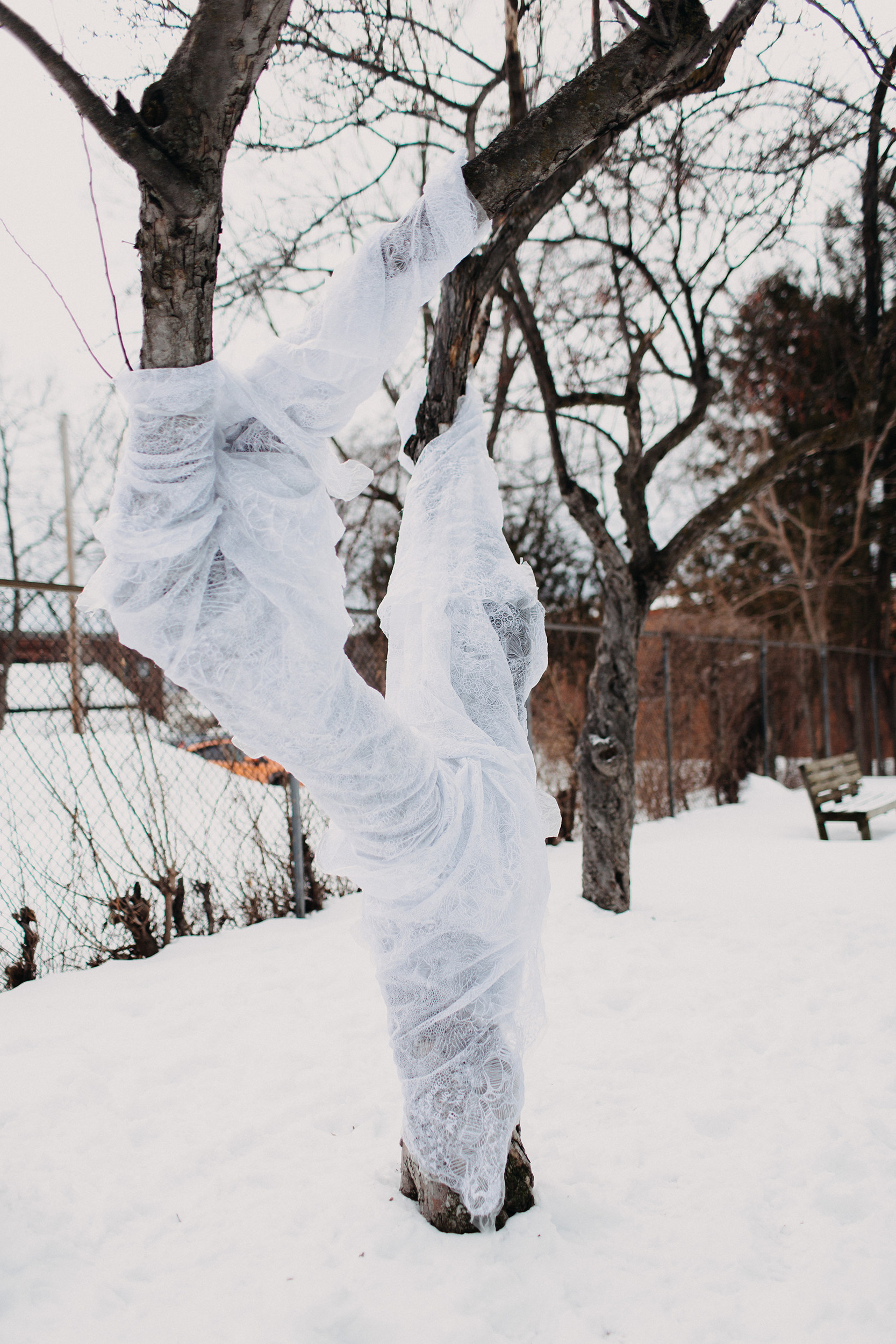

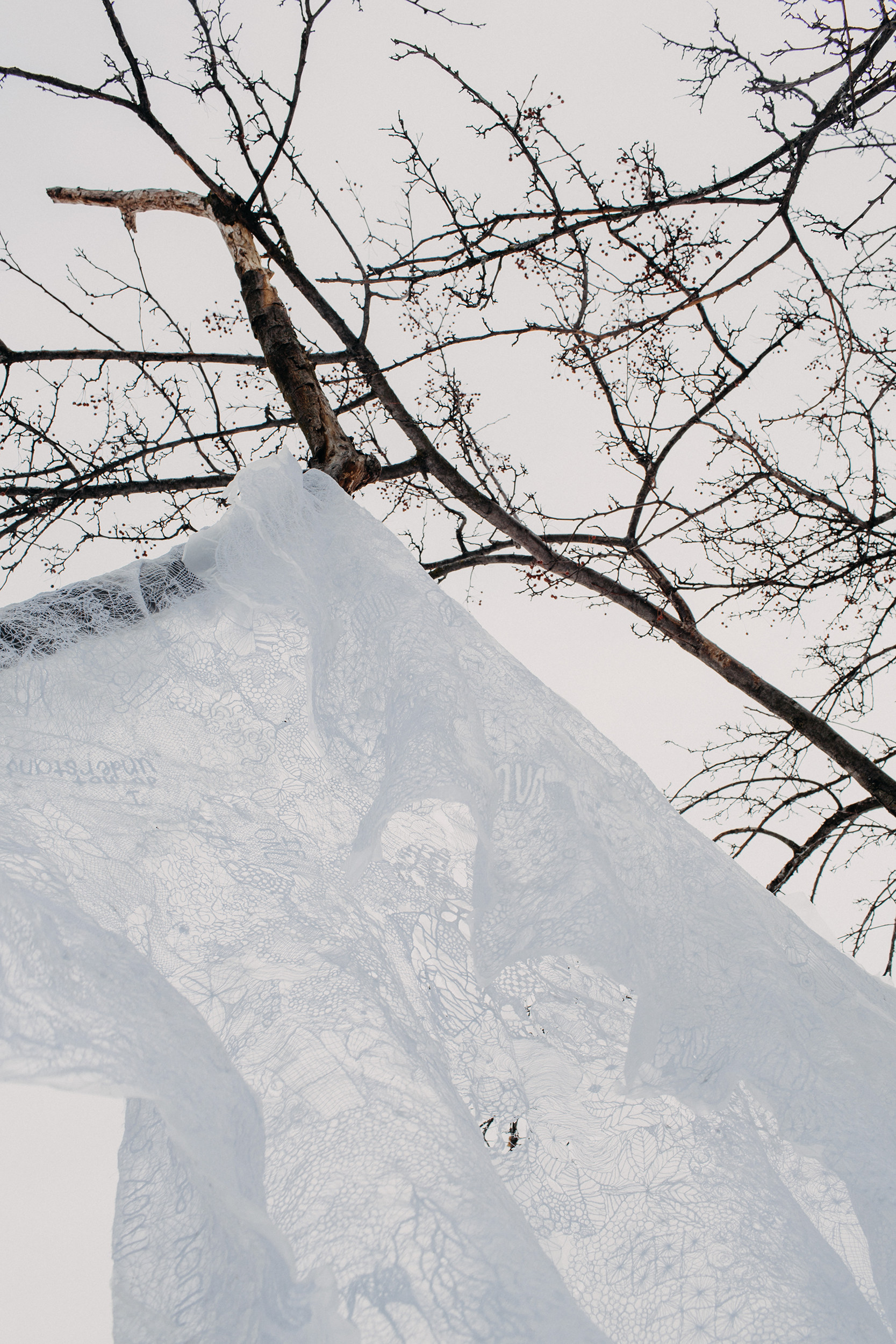
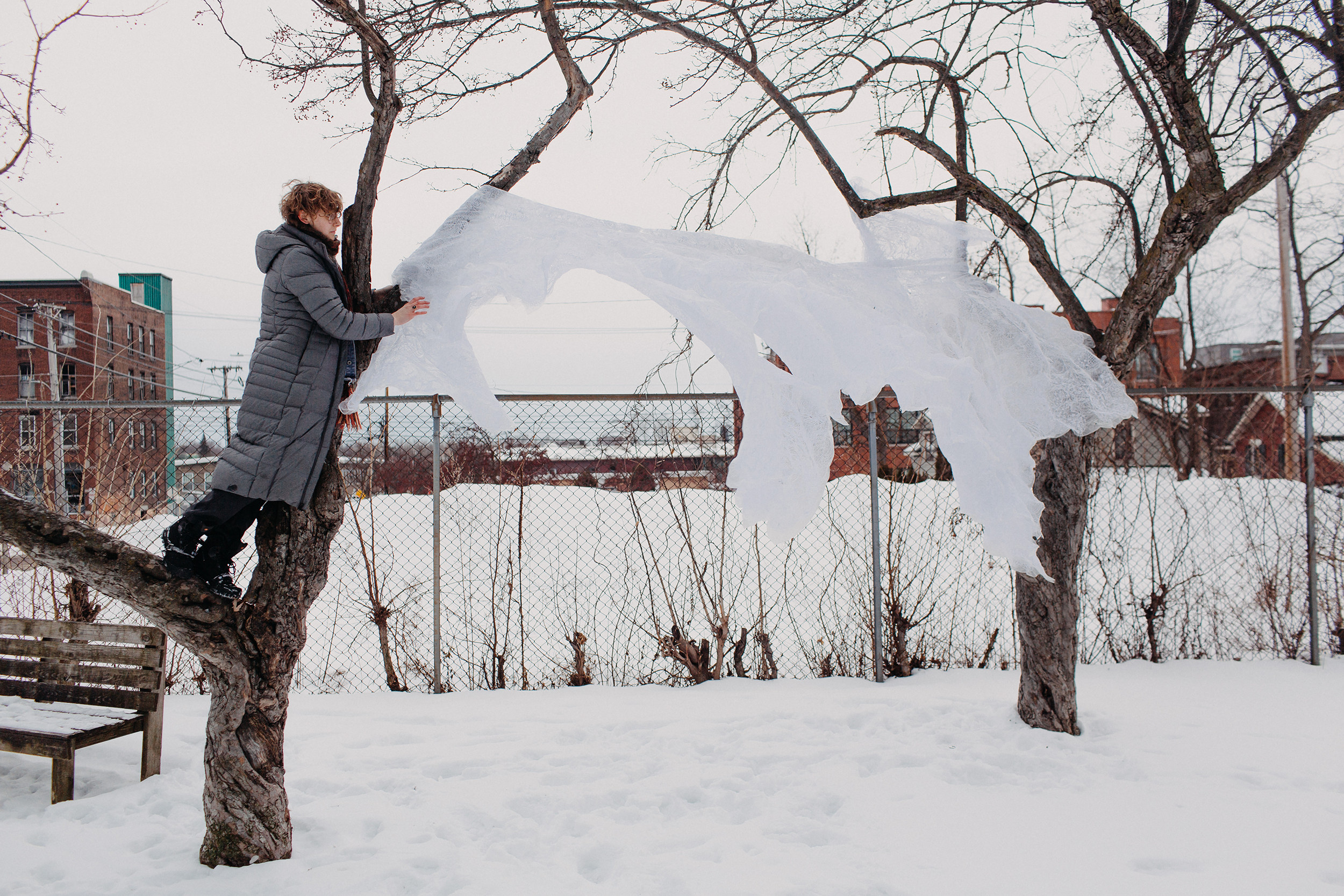
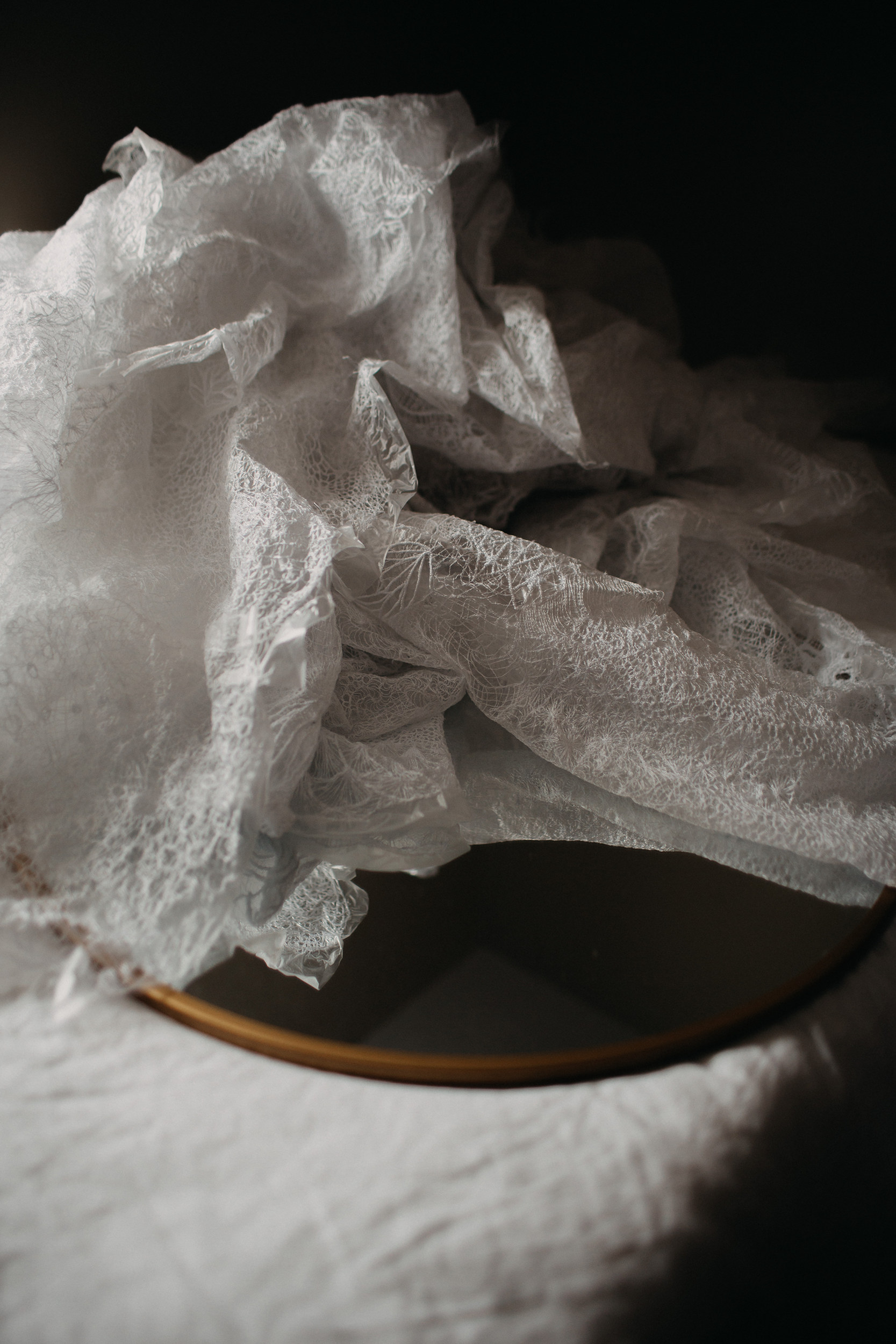
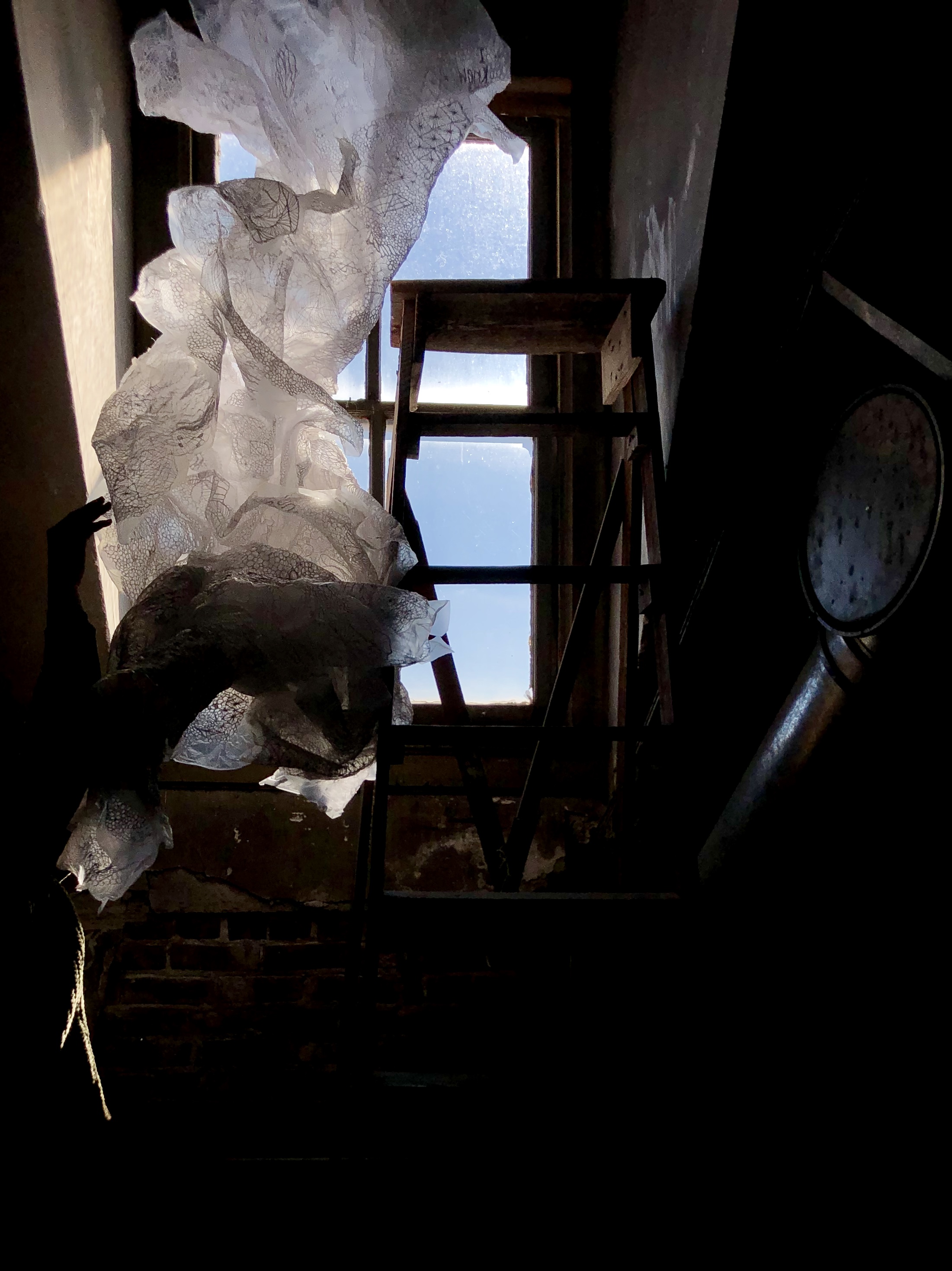
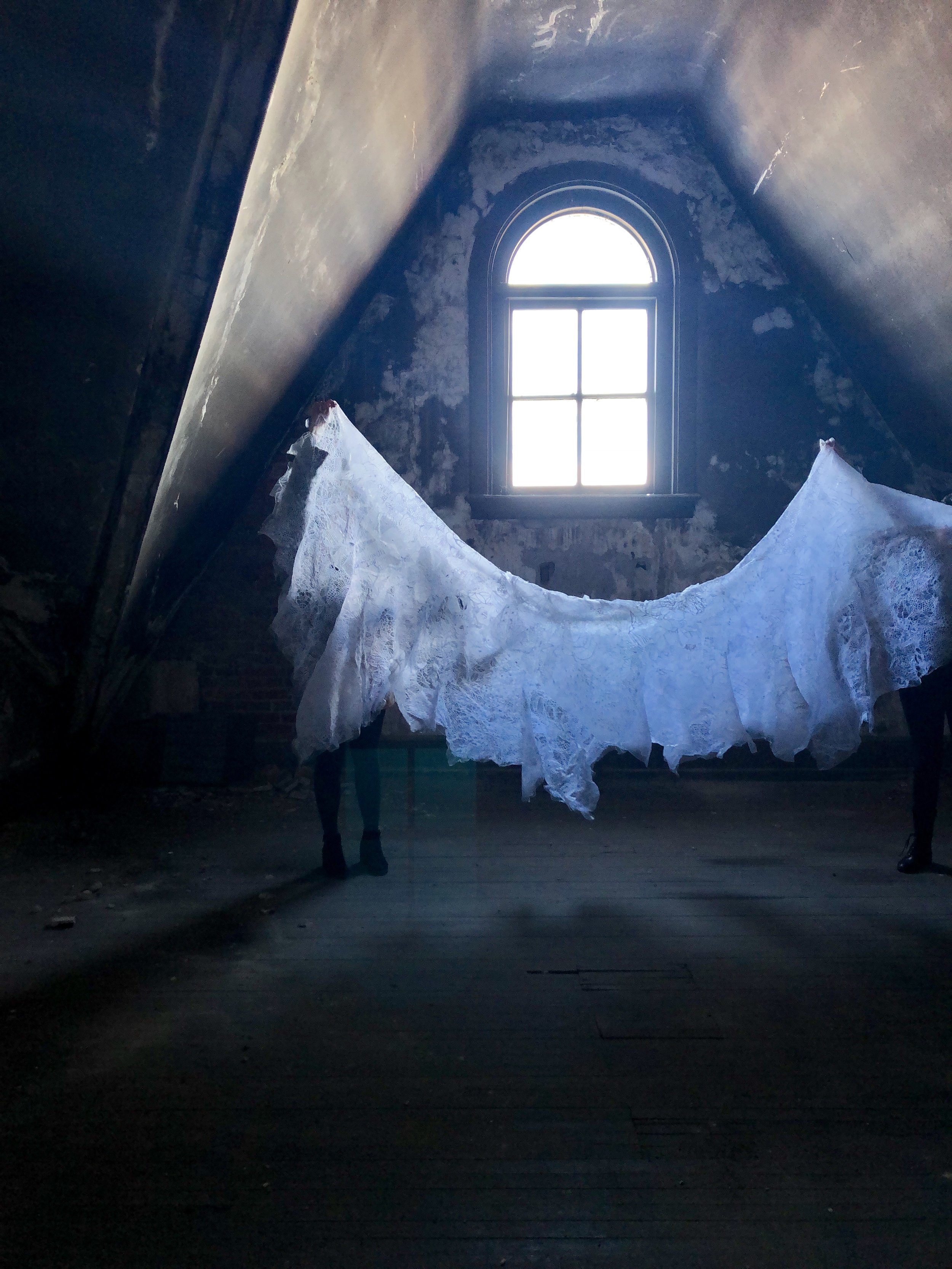



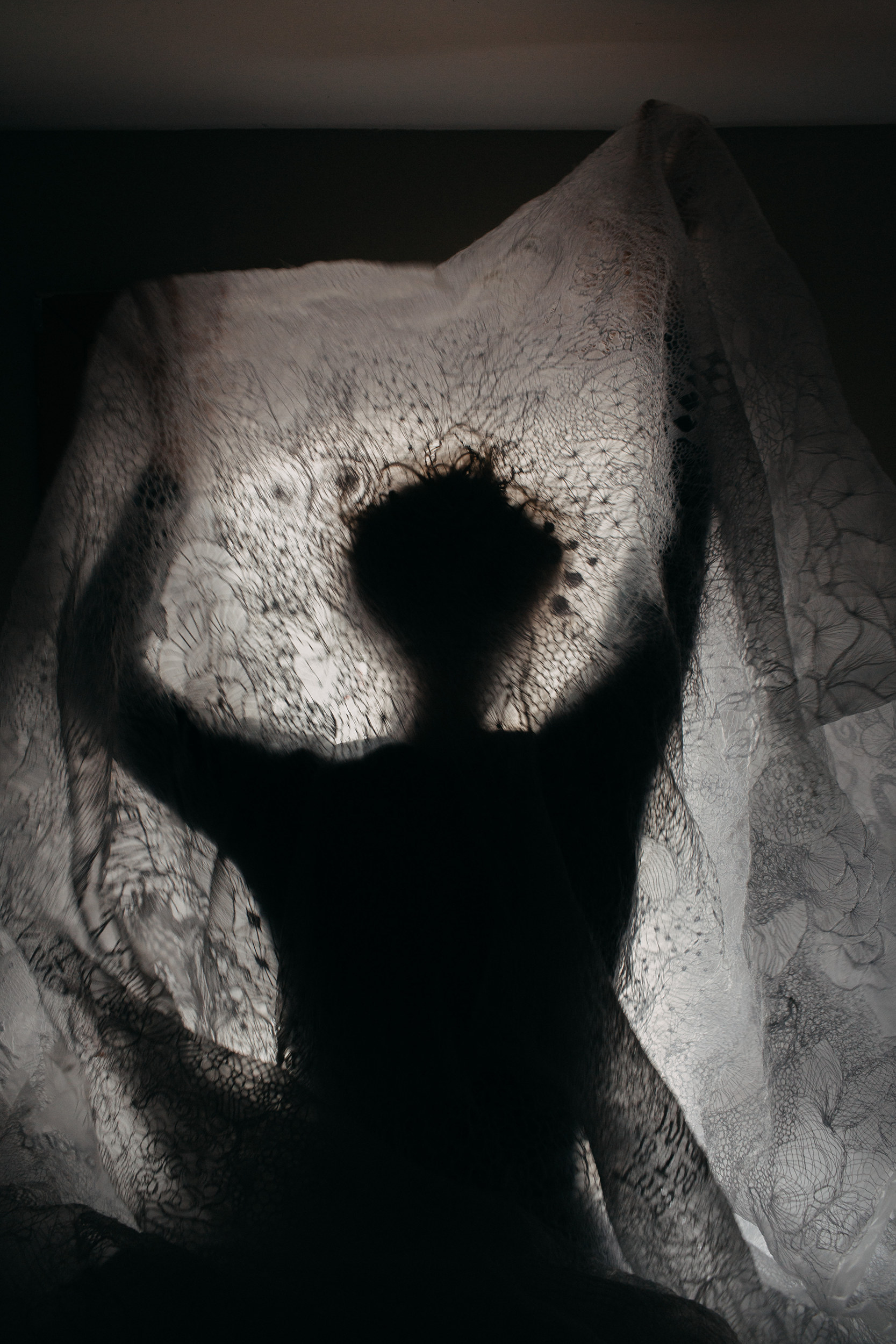











Tapestry of the Unsaid (letter to Arachne), thread on water-soluble stabilizer, approximately 37x33' (continuously growing)
In art history, the portrayal of women who are labeled as “lace-makers” is tied to the idea that a woman hard at work is the very model of virtue. One example is Judith Leyster’s painting, The Proposition, a woman clothed in white pays careful attention to her needlework while a man lurks in the shadows, offering her money, but she continues working diligently, declining his offer. This trope of feminine purity and domesticity repeatedly appears in many different ways throughout visual culture, and it haunts me.
This large-scale embroidery is composed entirely of found patterns and overheard words. The viewer is invited to "read" its contents by carefully exploring the interwoven threads. This piece is curiously bodily and ghostly as what first seems to act as a lace wedding veil, grows into a spider web, or even a journal of tormented thoughts.













































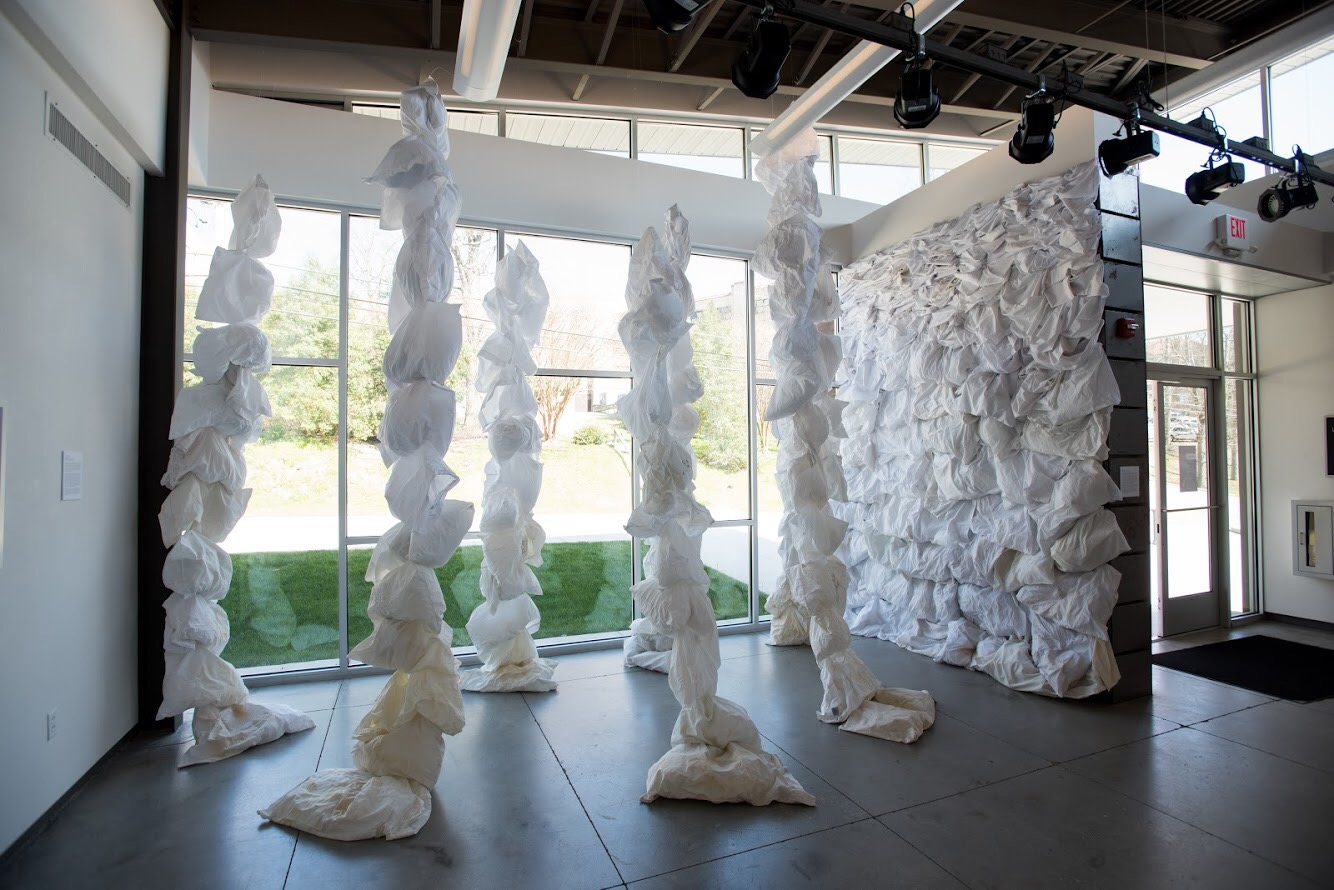





Vilomah (against the natural order)
used pillowcase, human hair, liquid starch, fishing line
Cascades of used pillowcases tumble to the floor. They hang, bodily, swaying gently as you walk by. The pillows are frozen in time, moving from clean to dirty, beautiful to repulsive, bearing traces of the people who left them behind.
By using two seemingly mundane yet personal mediums, this installation is rooted in common experience and art history. Many of us have felt the effects of loss, laid our head on a pillowcase for much of our life, and have experienced hair in some delightful or disgusting way. The pursuit of visual elegies has been present throughout art history from Giotto’s Lamentation during the Italian Renaissance, to vernacular practices such as Victorian era hair wreaths, and continued in contemporary artwork like Wrung by Lynne Yamamoto. Though very different, these pieces all share a common language of grief and loss, and generously allow the viewer to enter in to a story that may not have previously been their own.
Growing from the belief that art can act as material lament, Vilomah provides a space in which those who are no longer present are remembered as waves of human traces engulf you.
Each column in this installation contains one pillow that is embroidered with hair, creating a nonrepresentational portrait of a loved one, asking you to consider the human absence that is eerily felt. The thirty hours that it took to complete each portrait provided space for prayer and meditation over the person suffering, or the families left behind. Though these pieces do not fill the absences, they act as an amplifier to cry out on another’s behalf.












Zarza
Wire, vines, Russian Sage, Lenten Roses, Pear tree etc., 7x4x4, April 2017
The earth has cradled us from the beginning, supported us during life and will carry us to the grave. With a womb like structure, this piece in its early stages is meant to recreate a sanctuary found in nature. In its creation it was meant to slowly decayed over the course of the installation to reveal the gold-tinged woven structure underneath - proof of the beauty of life even in death.
